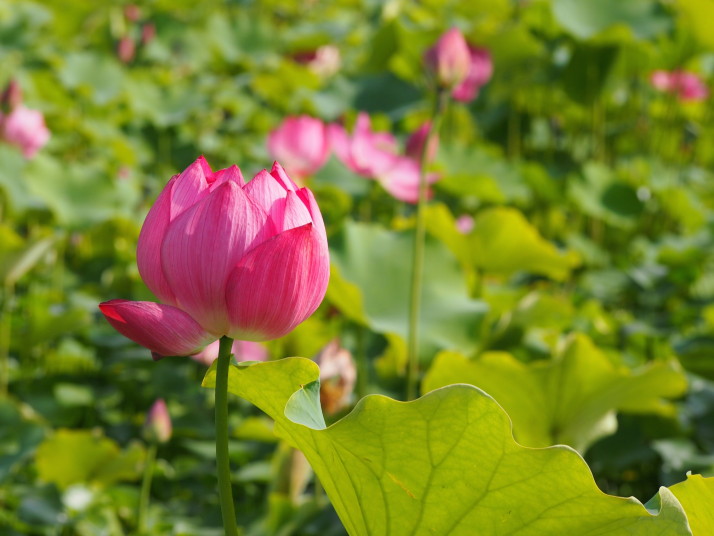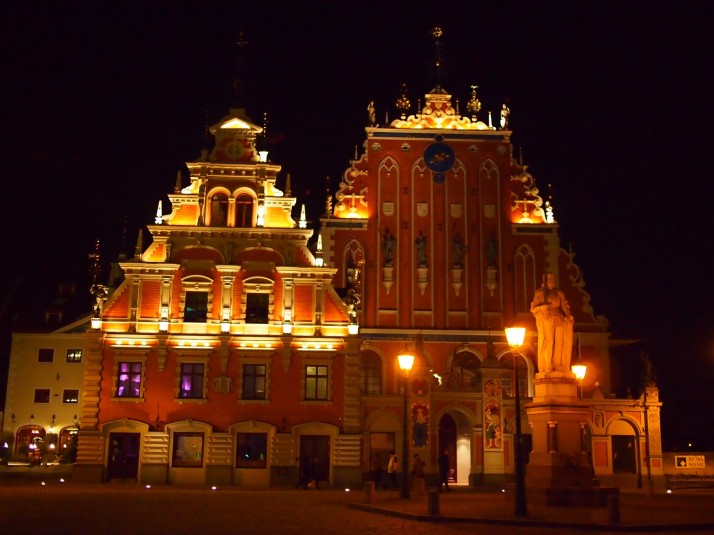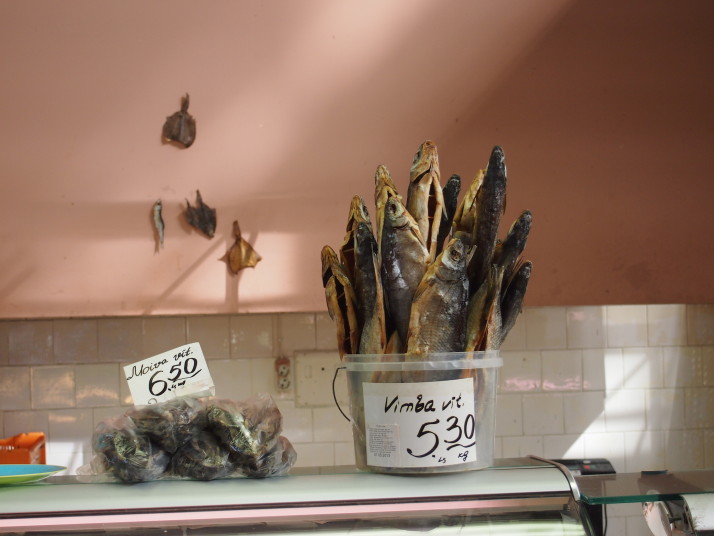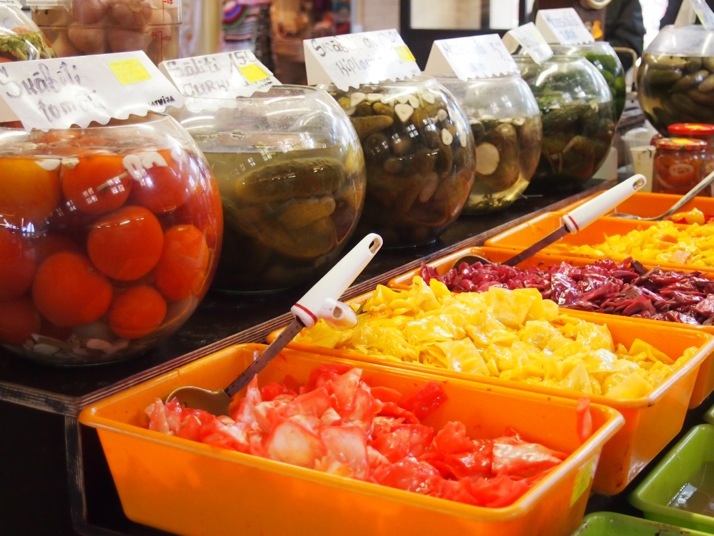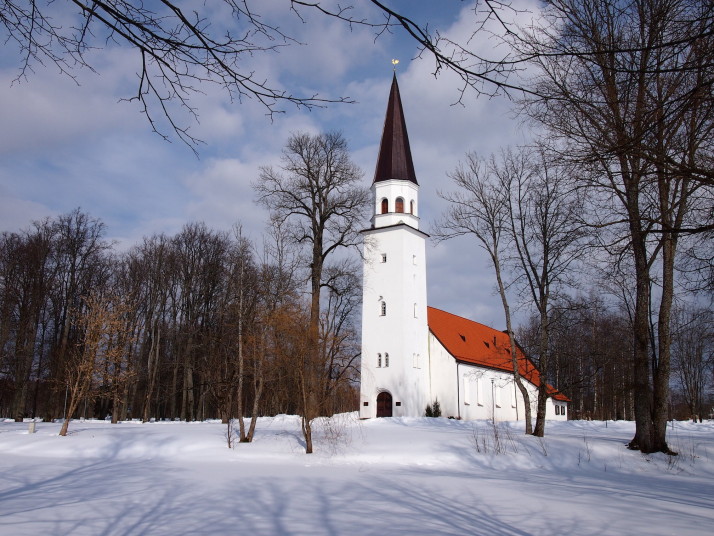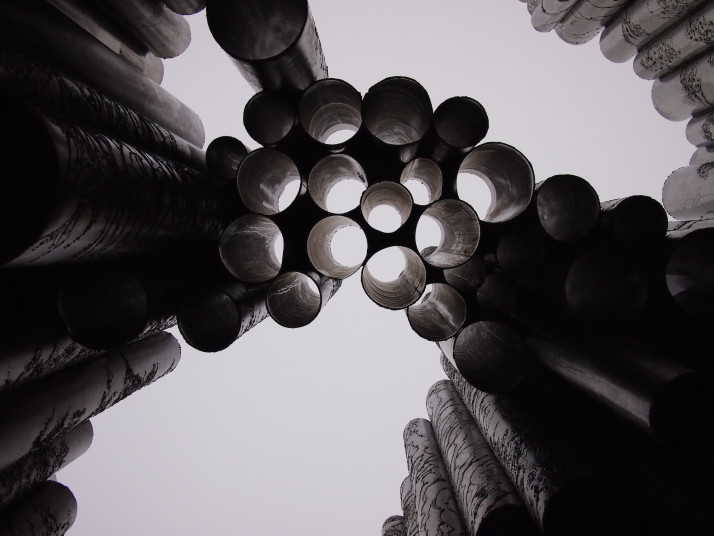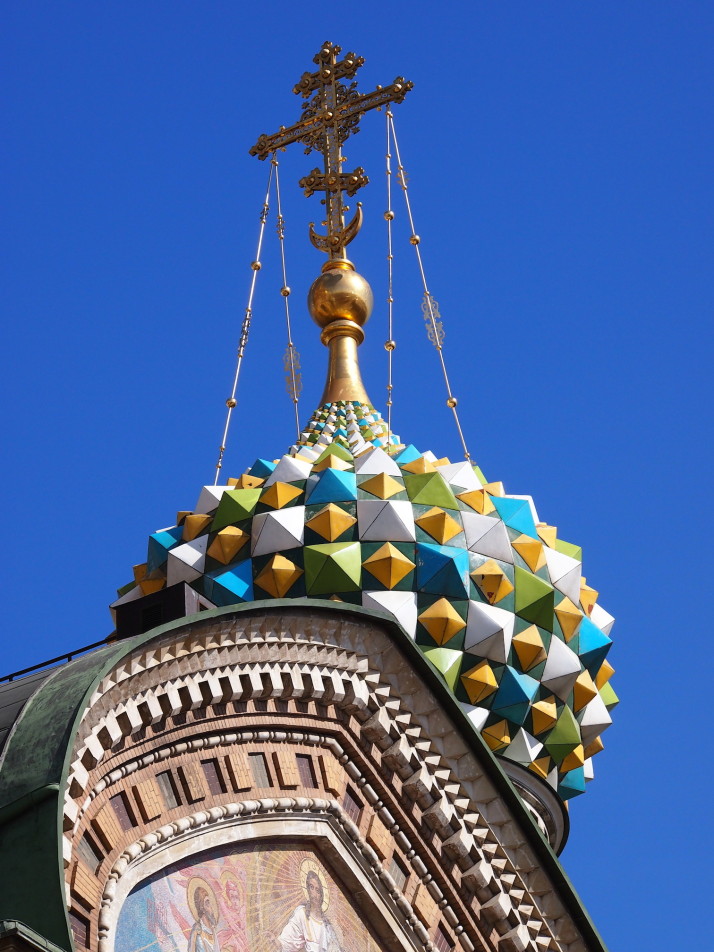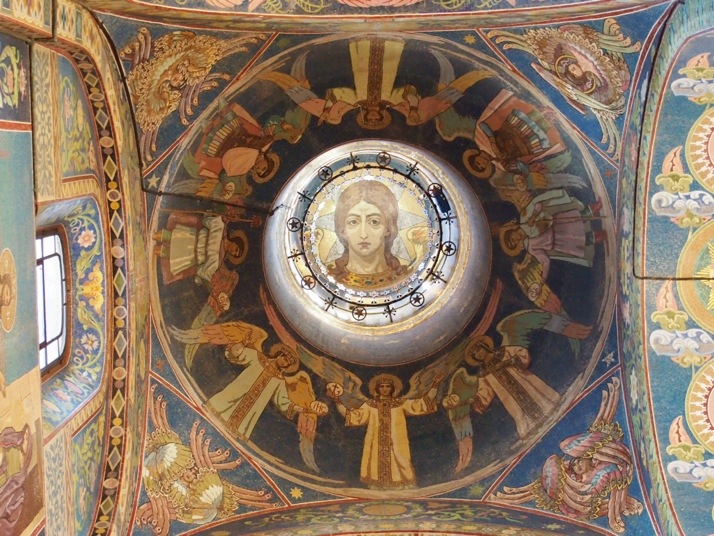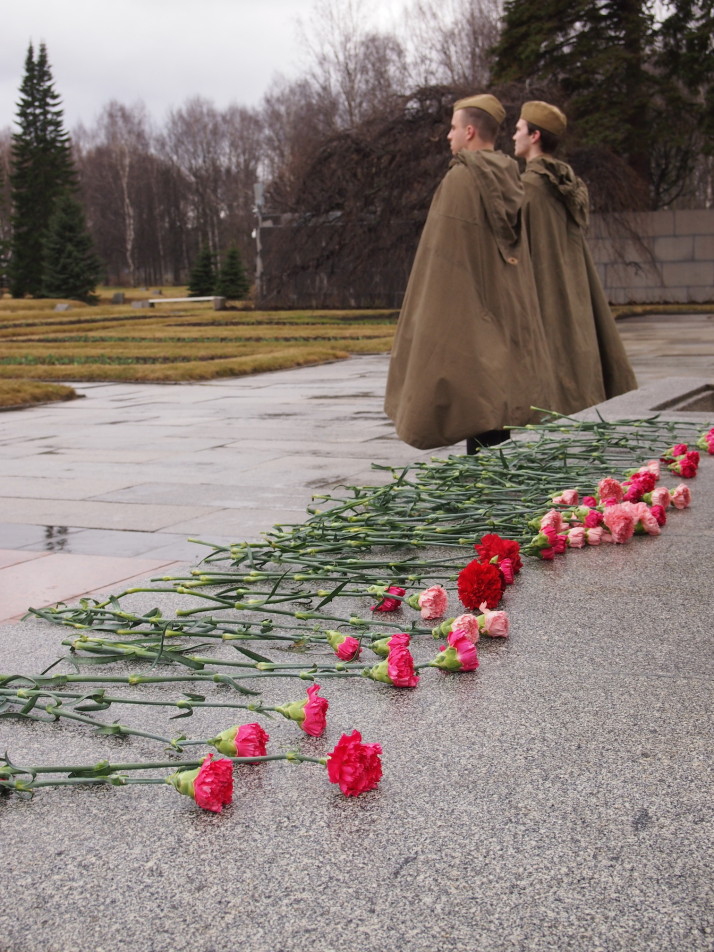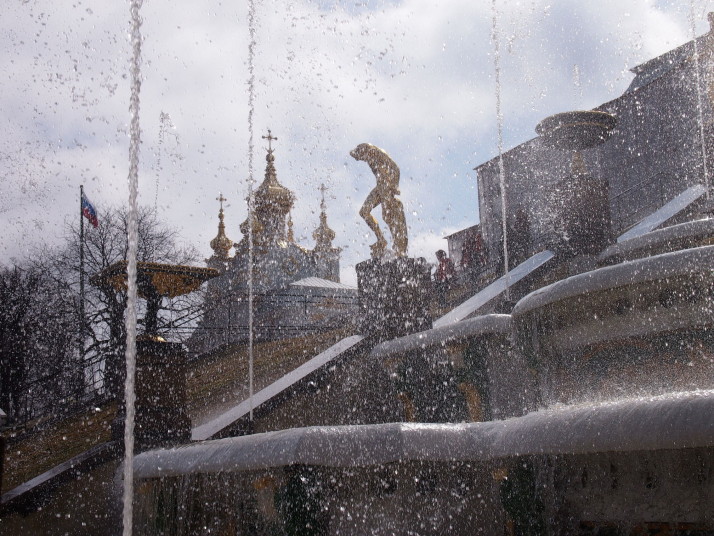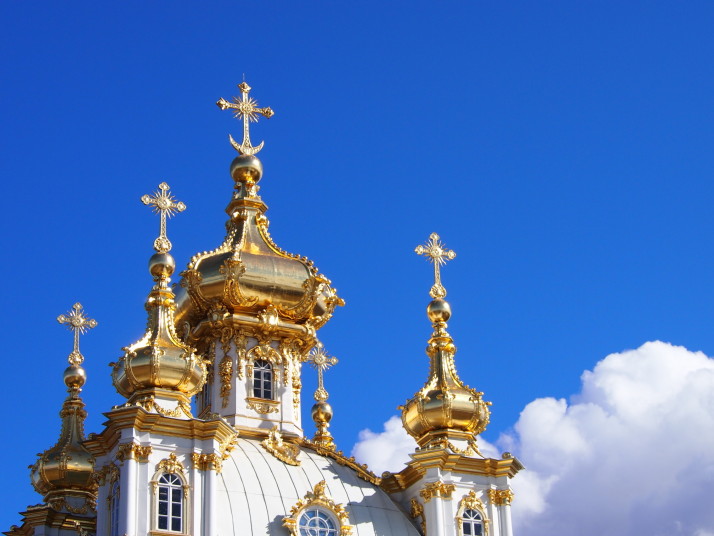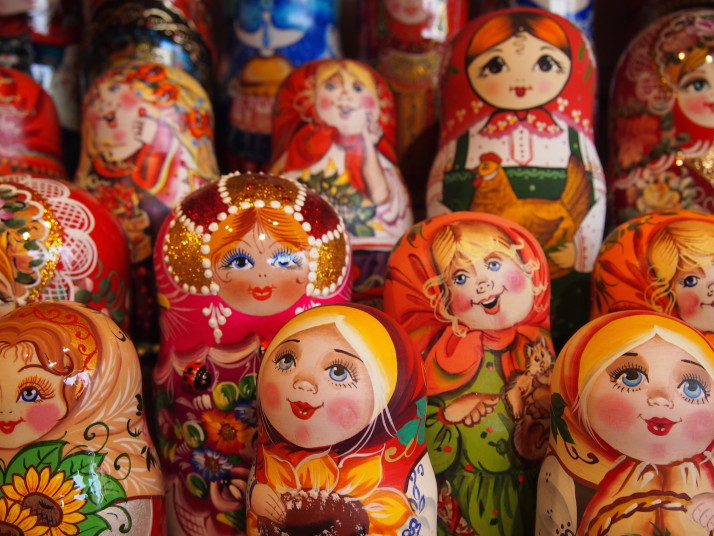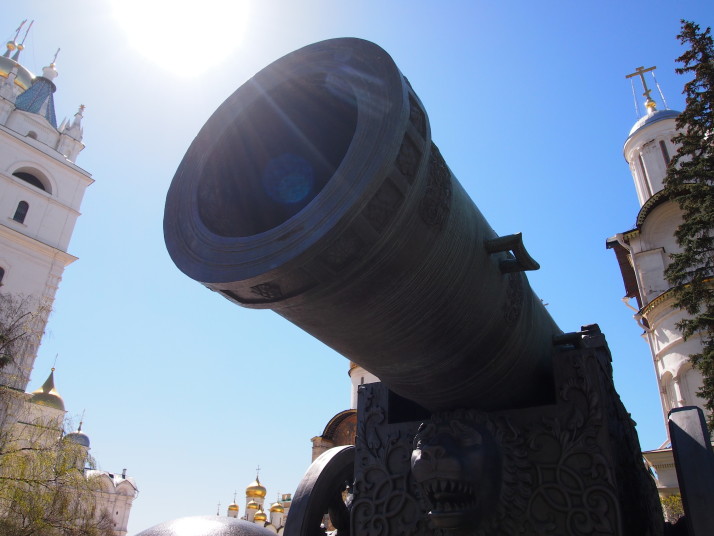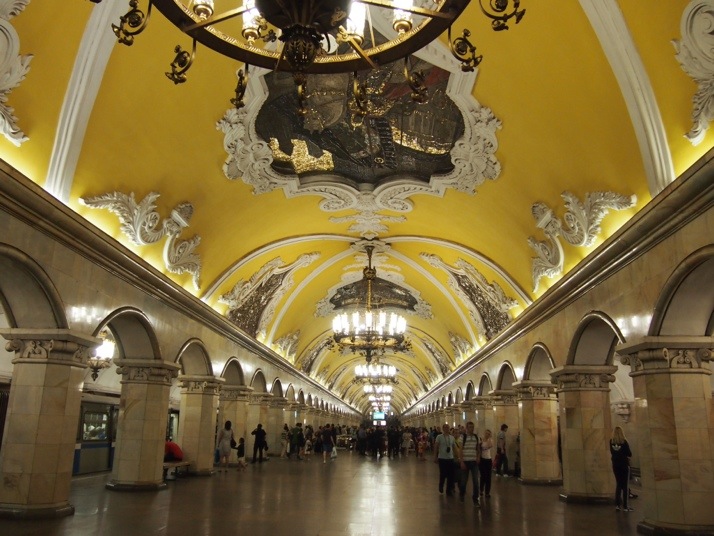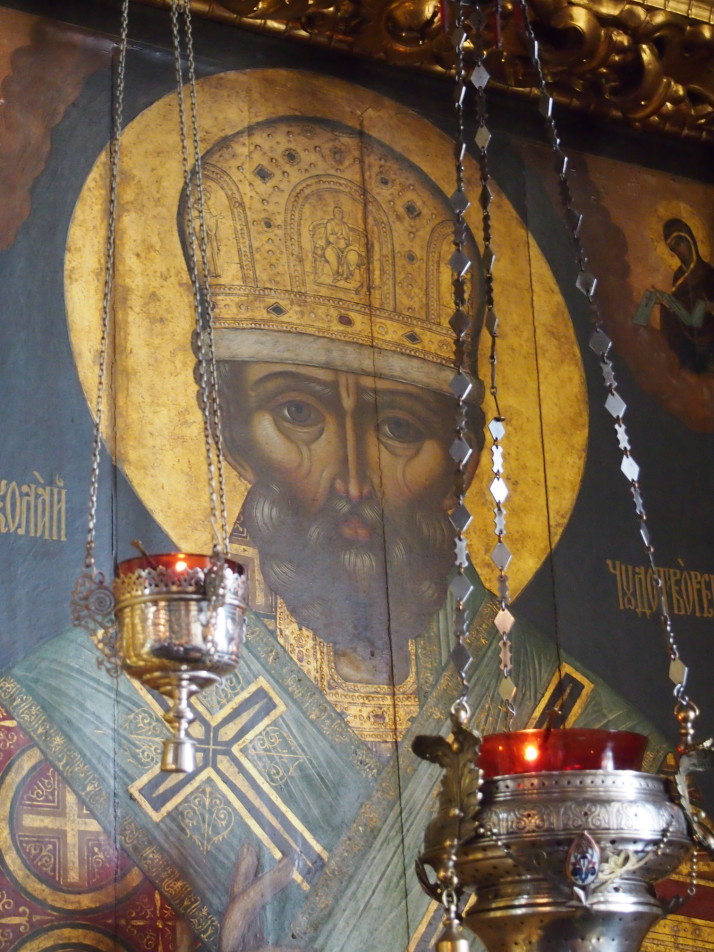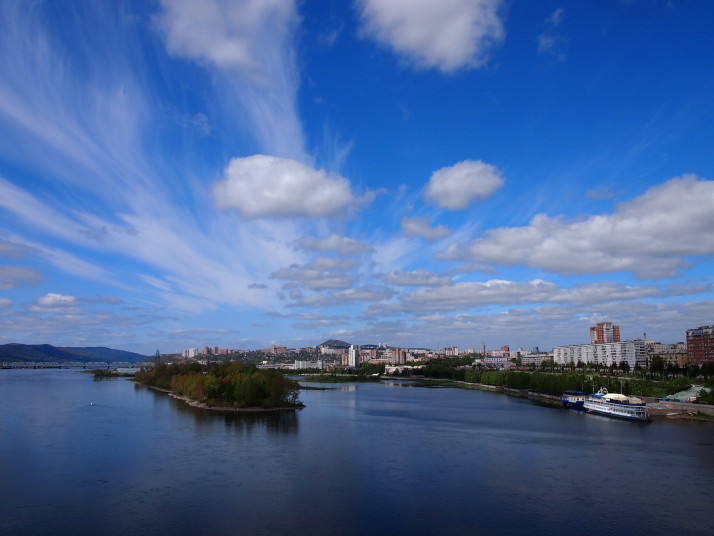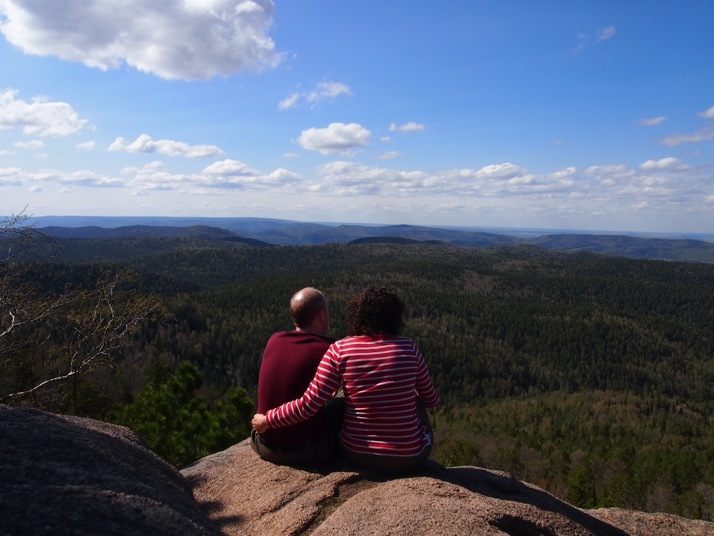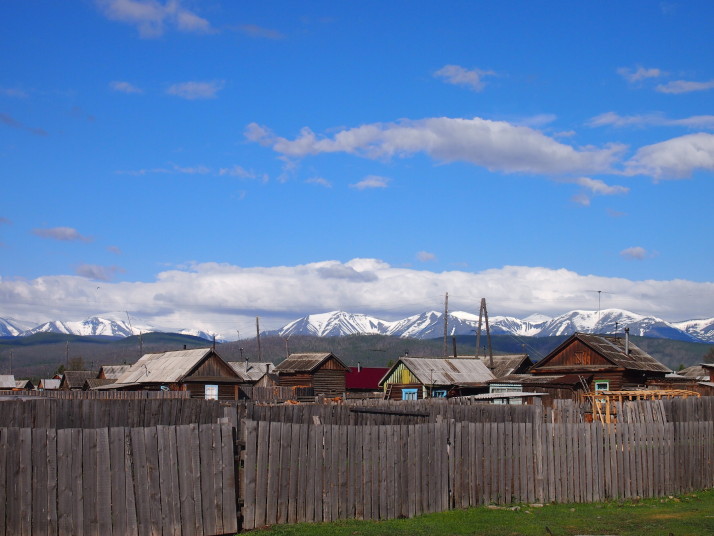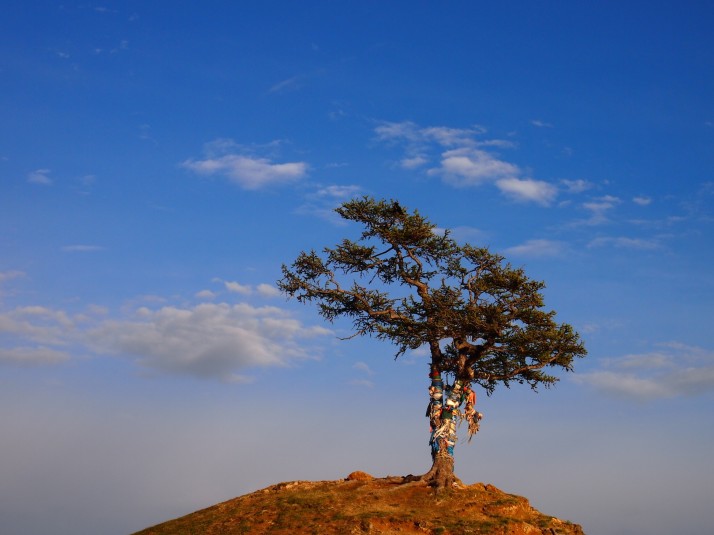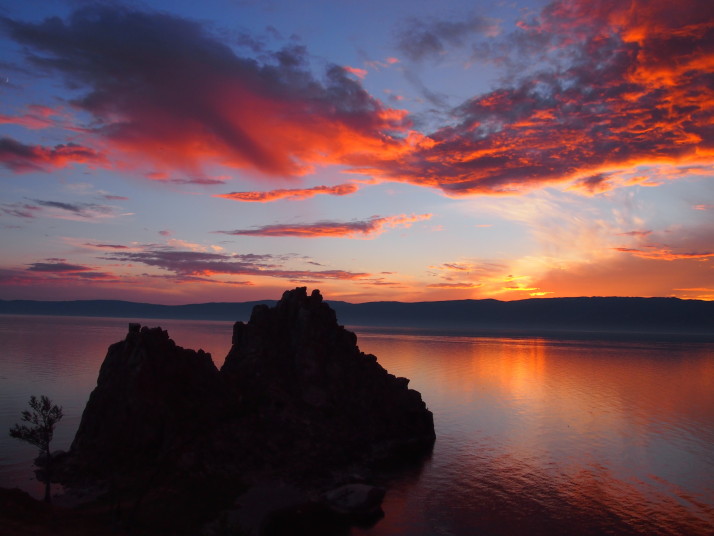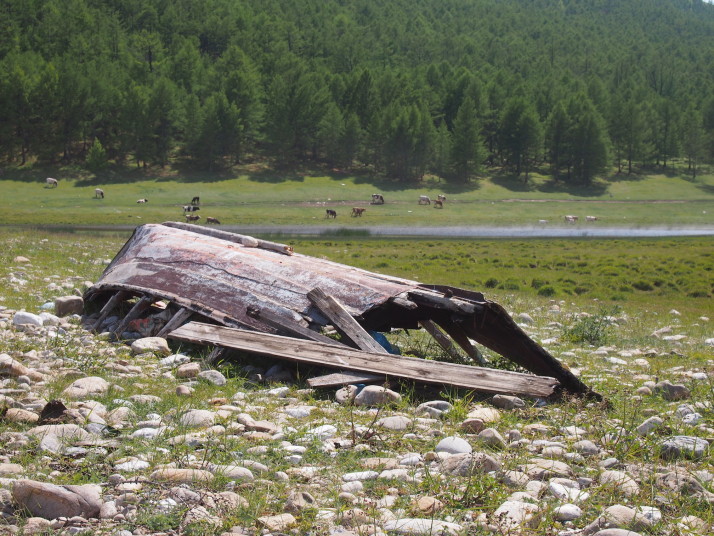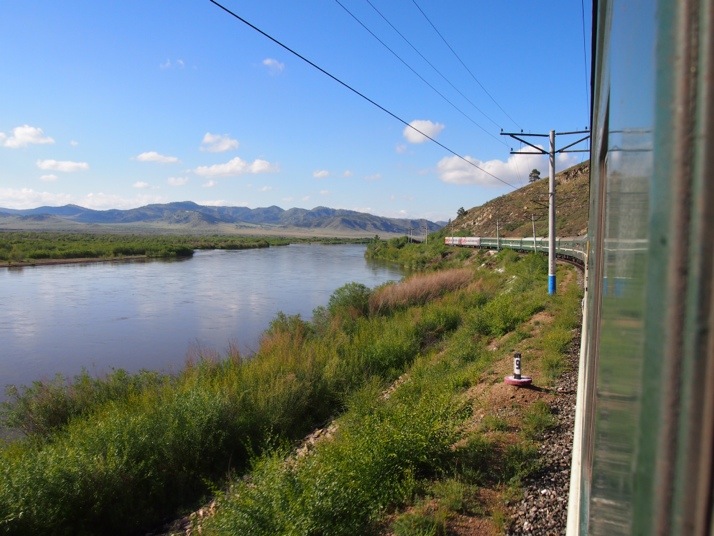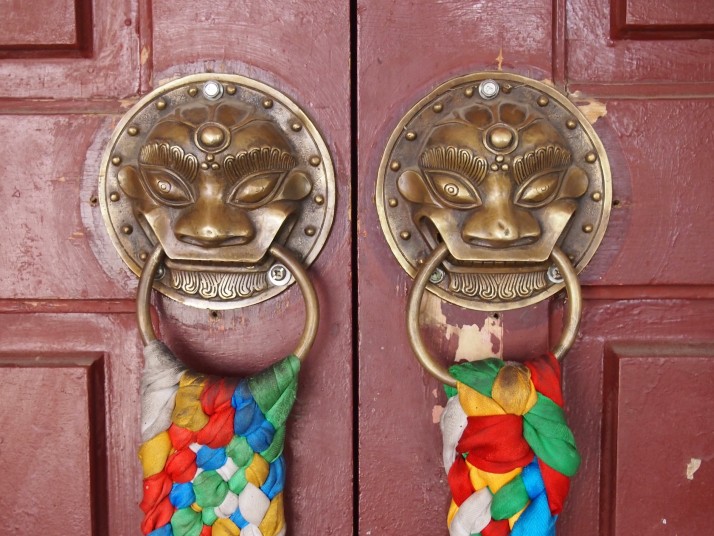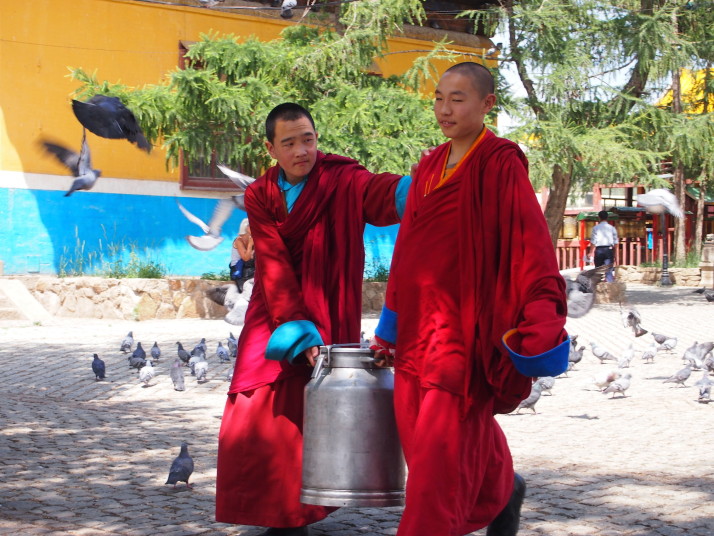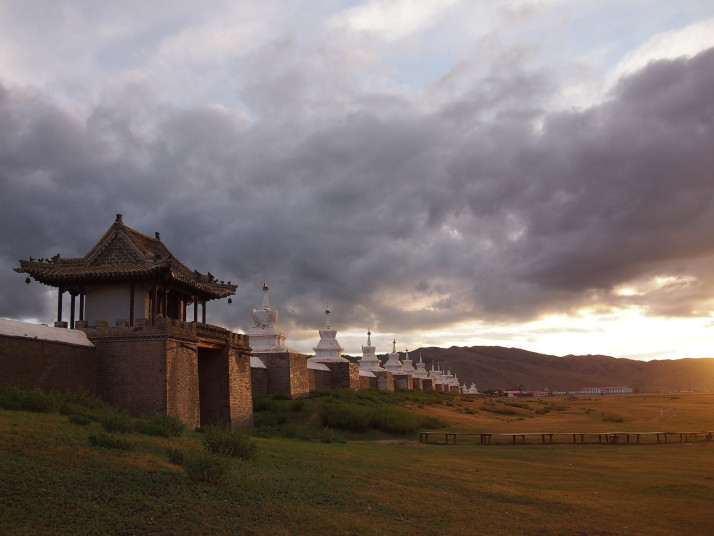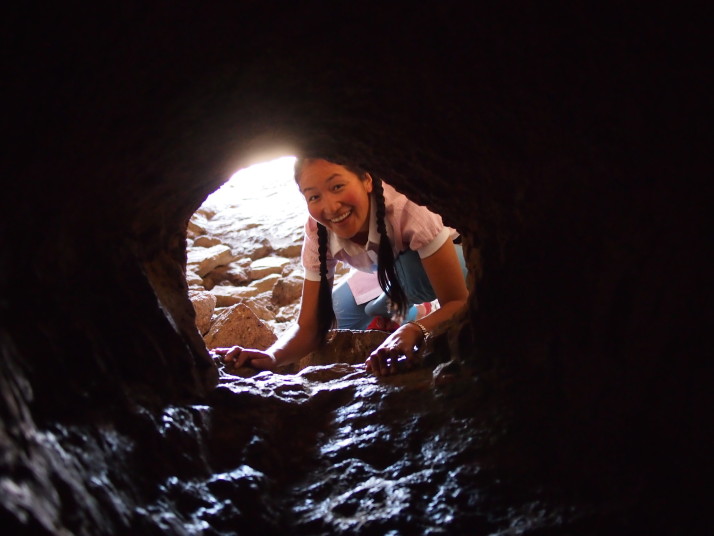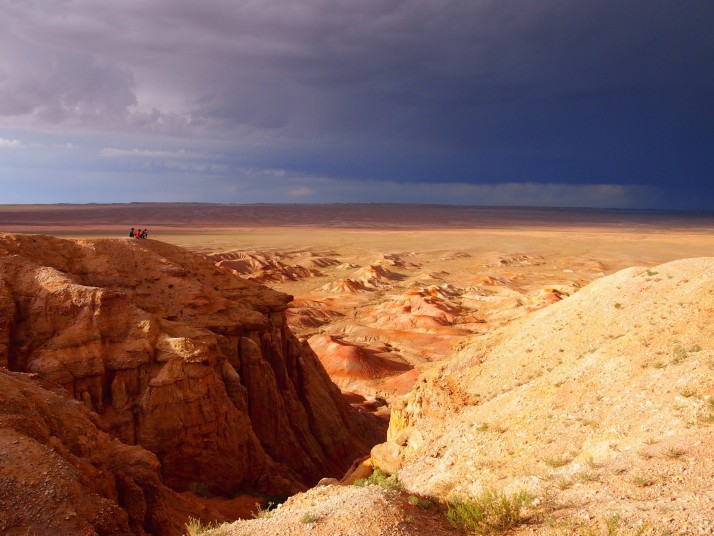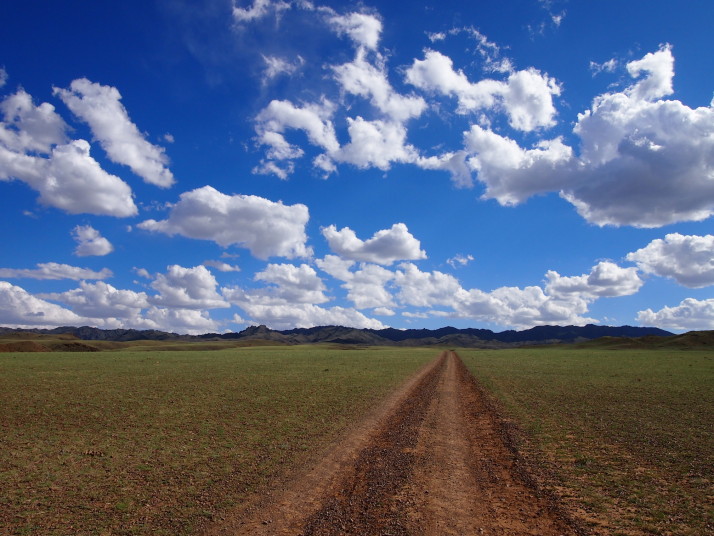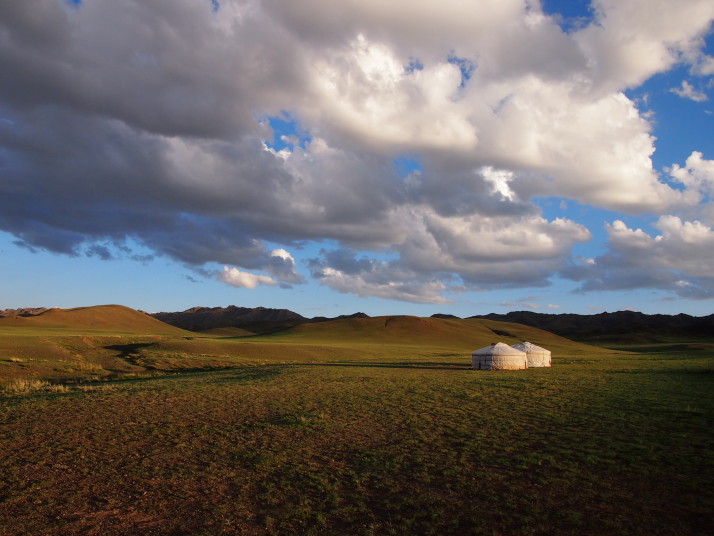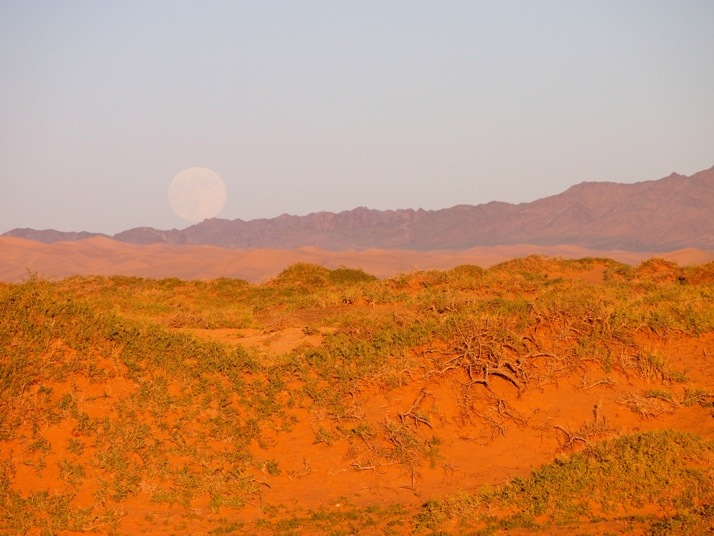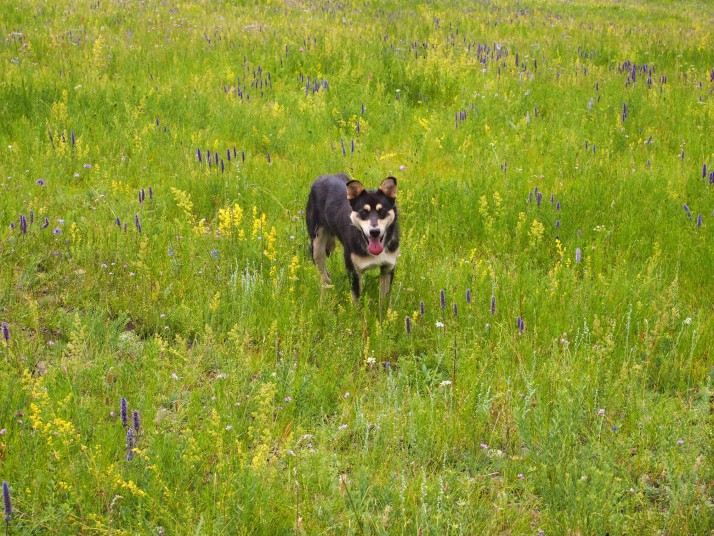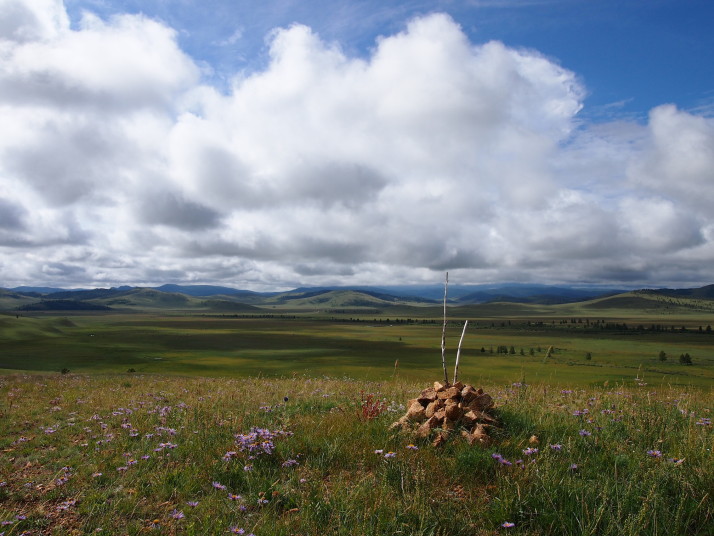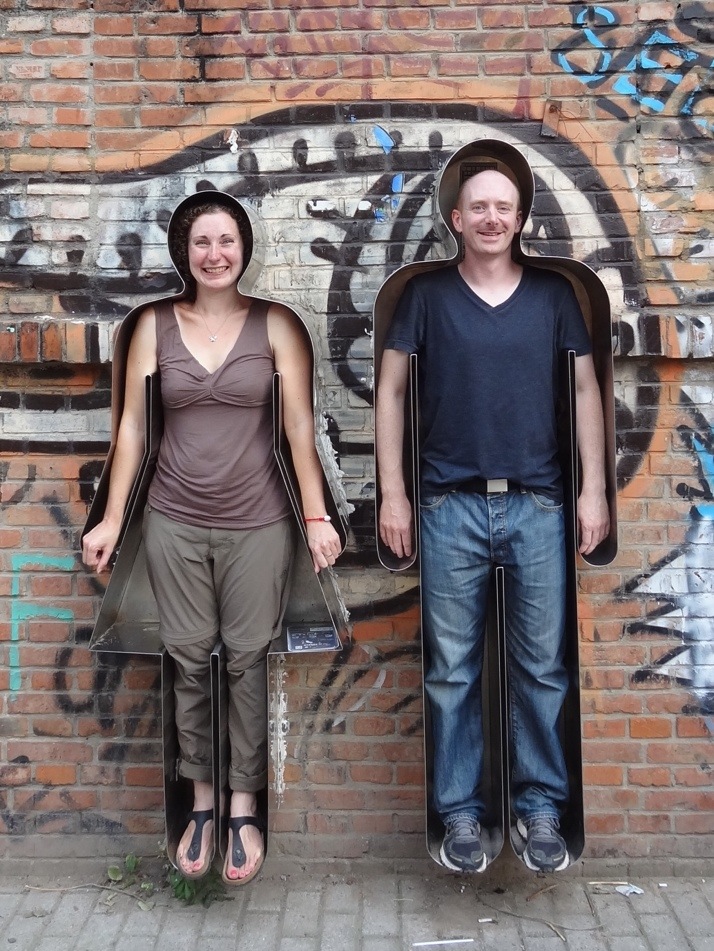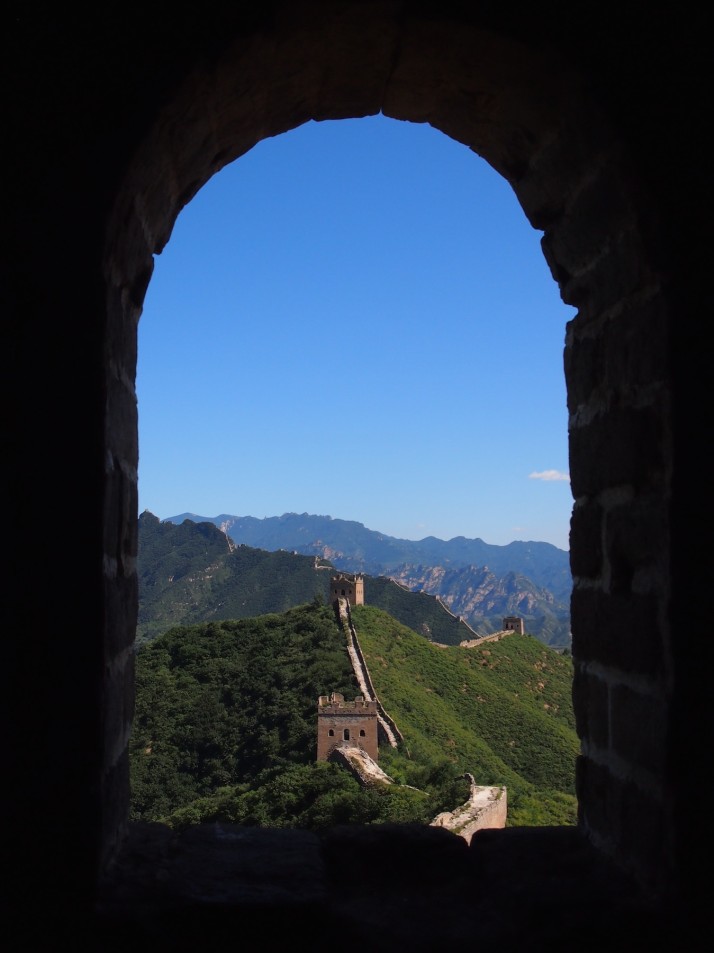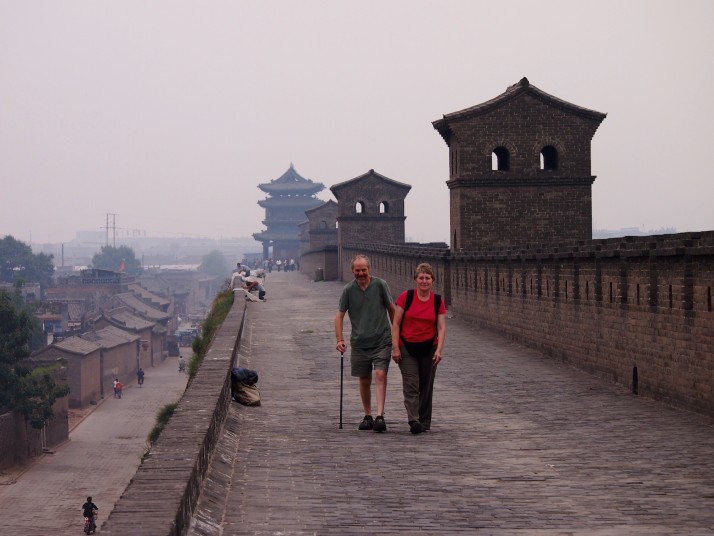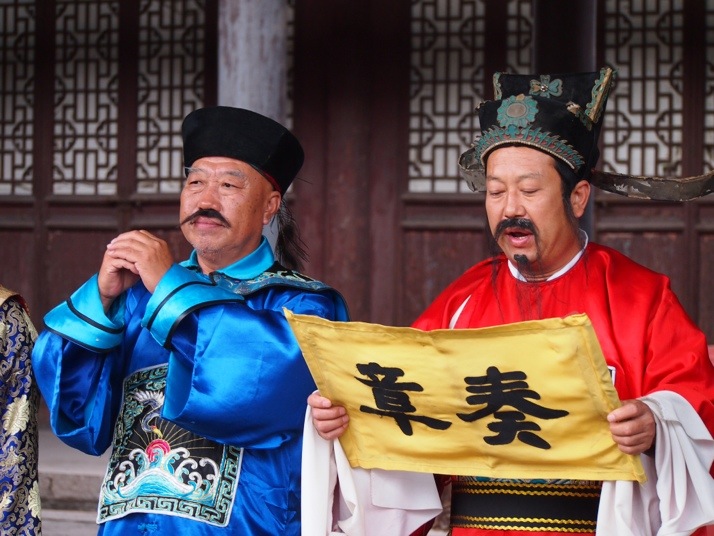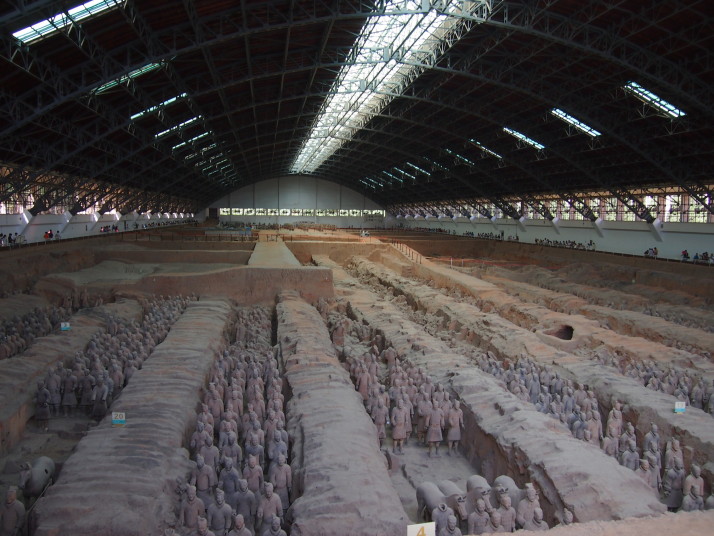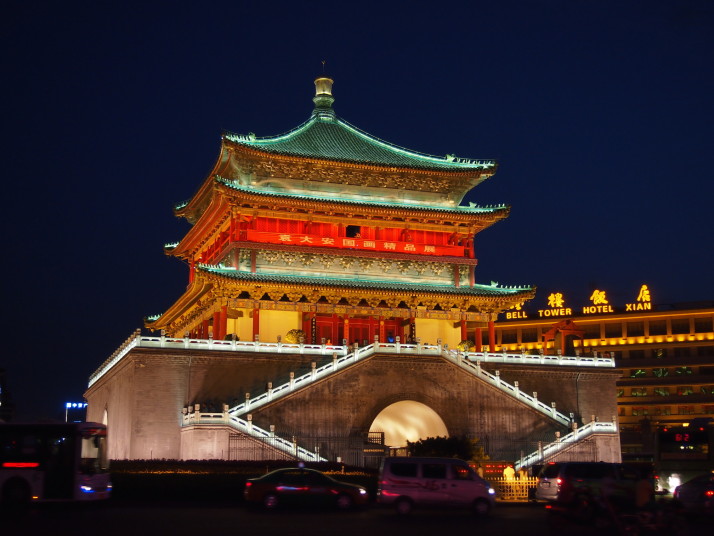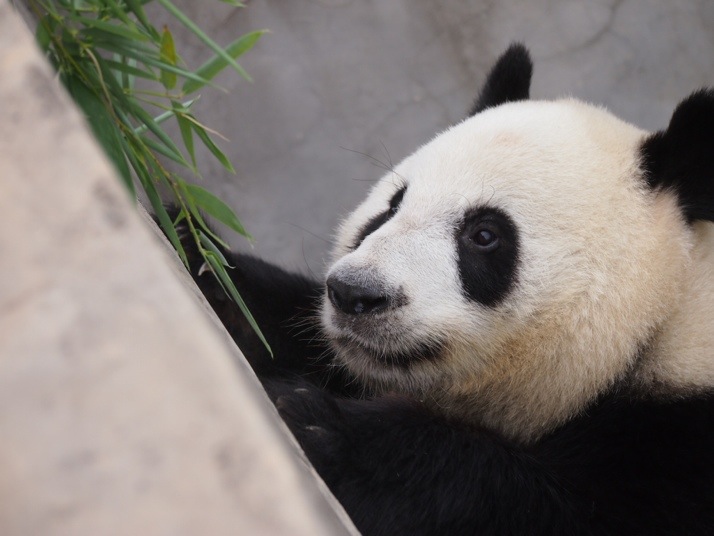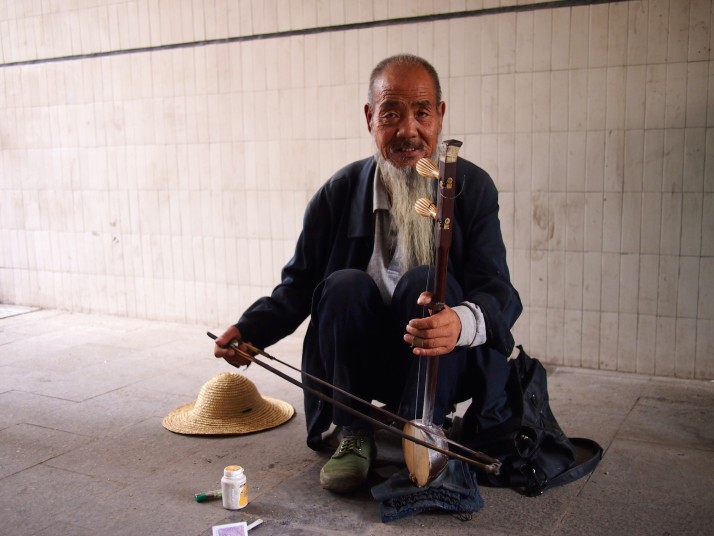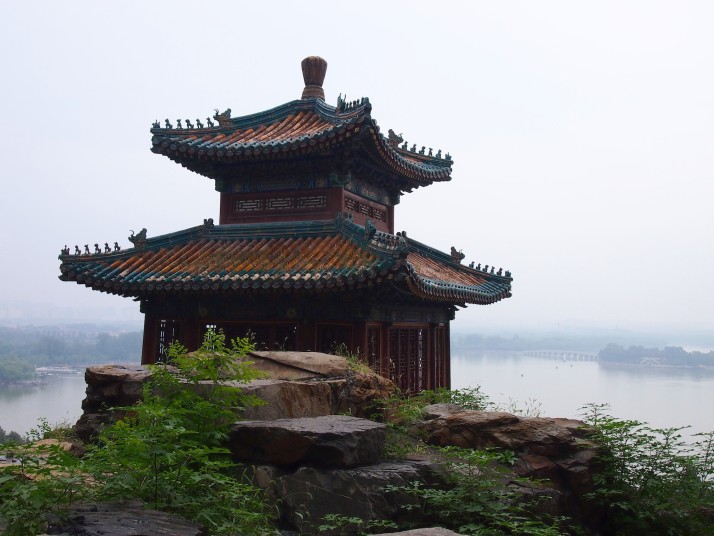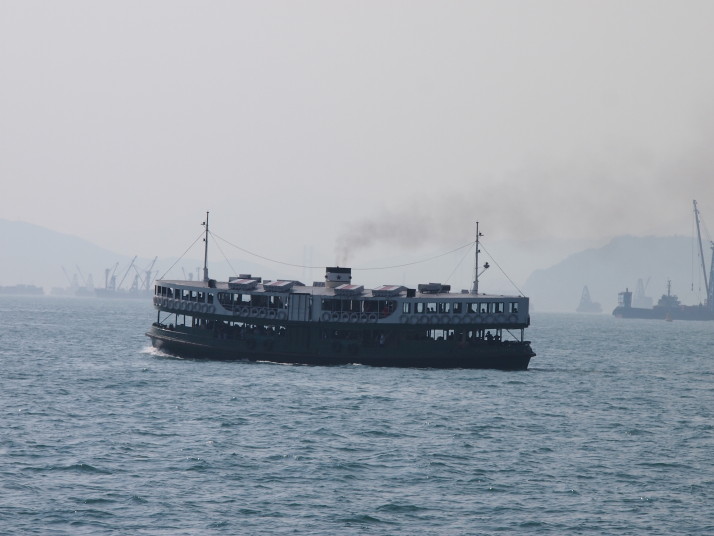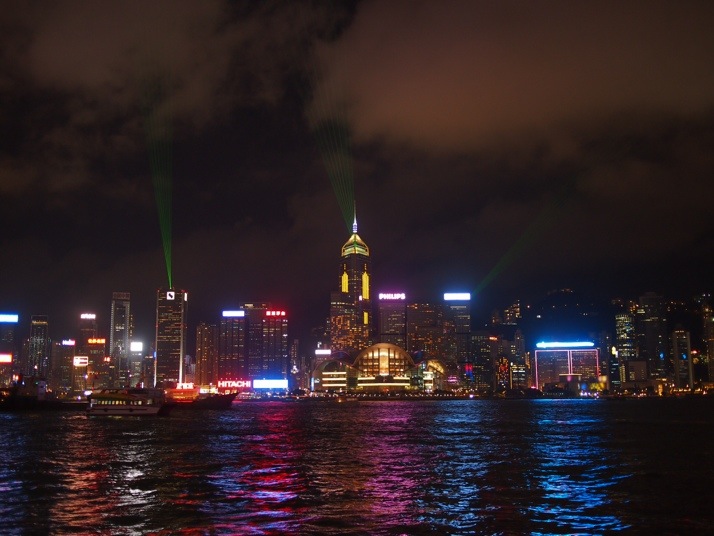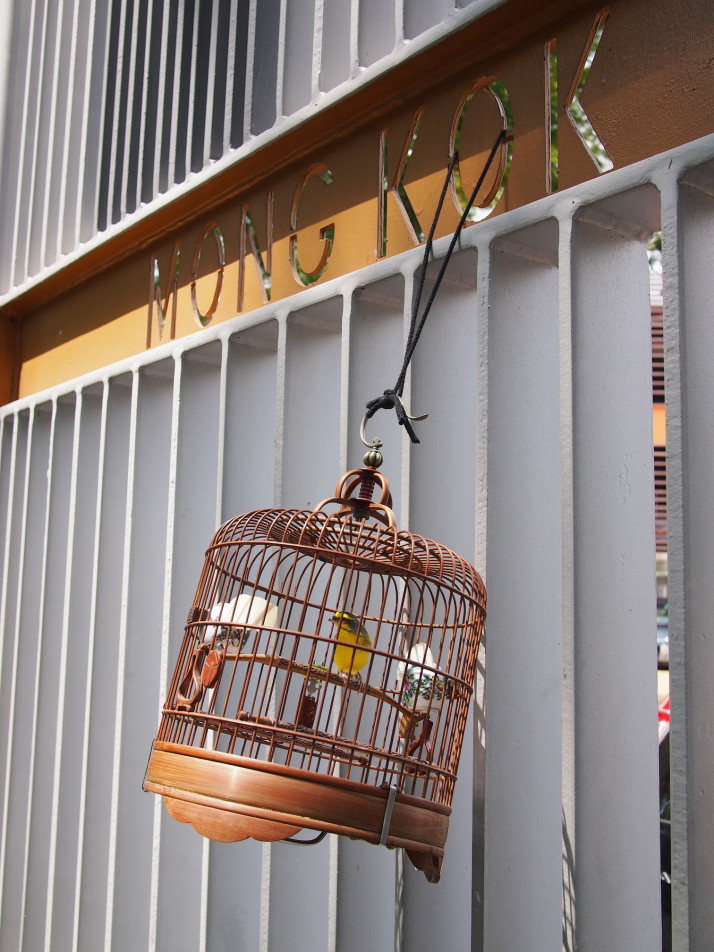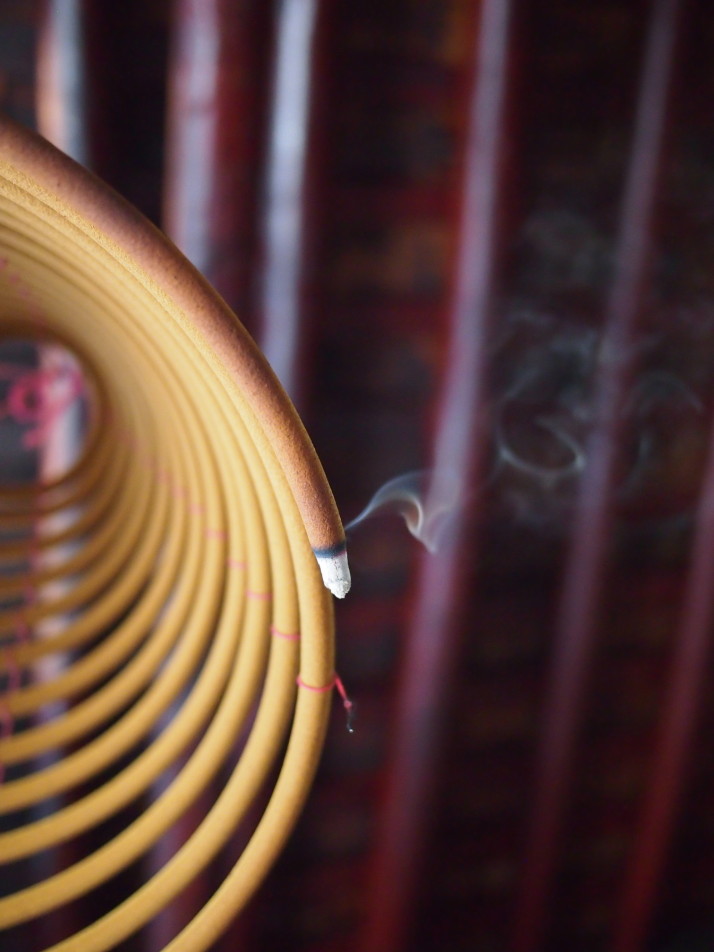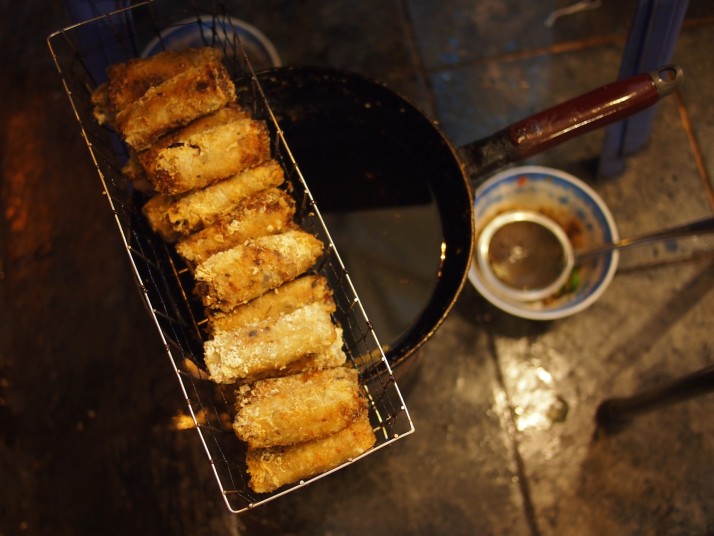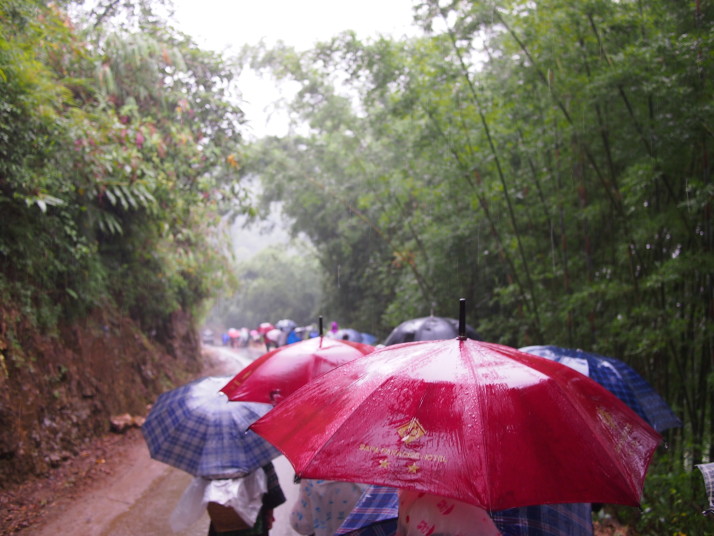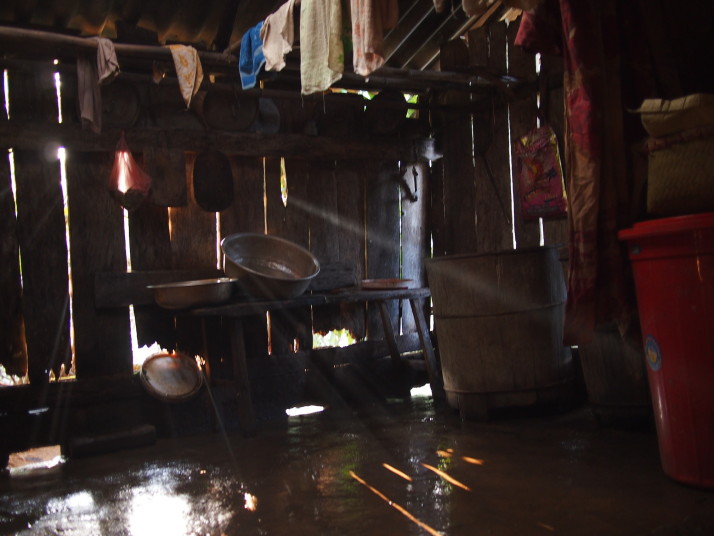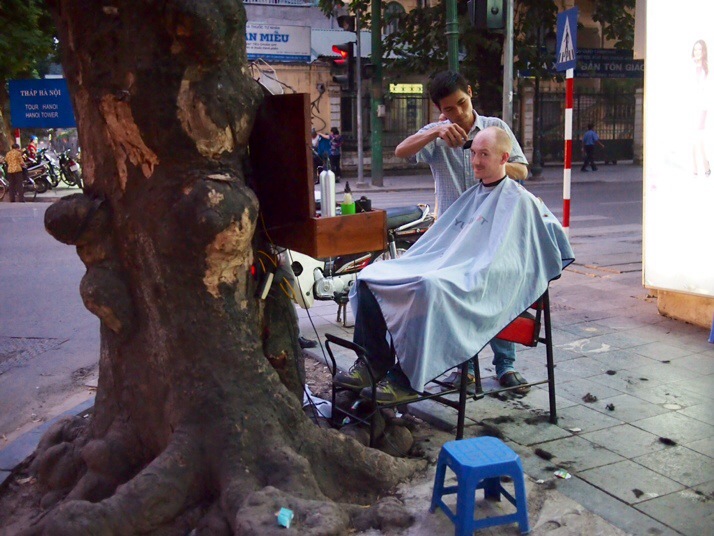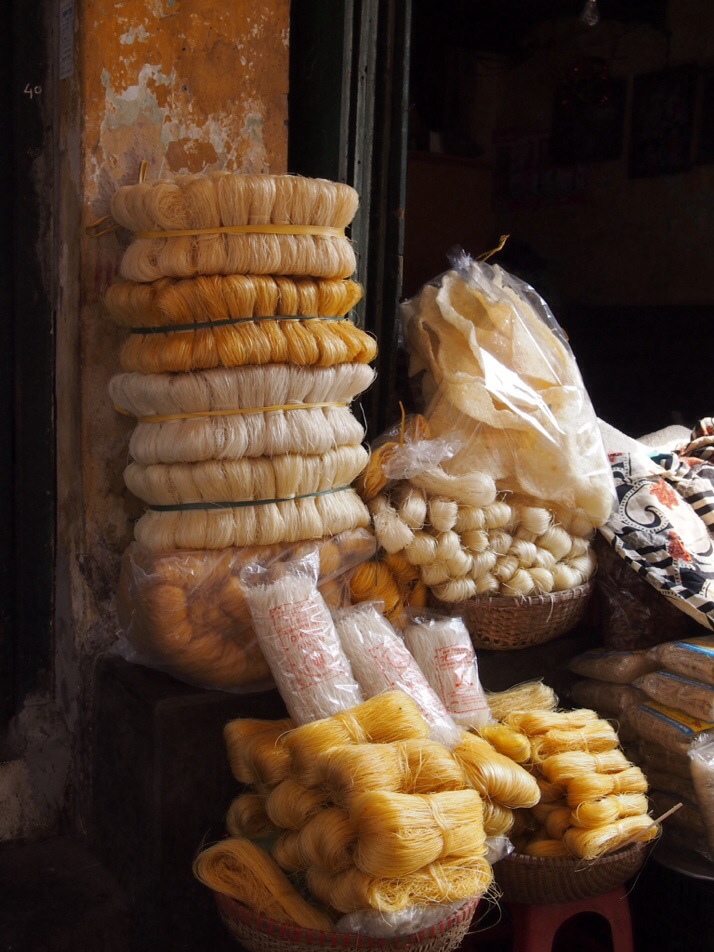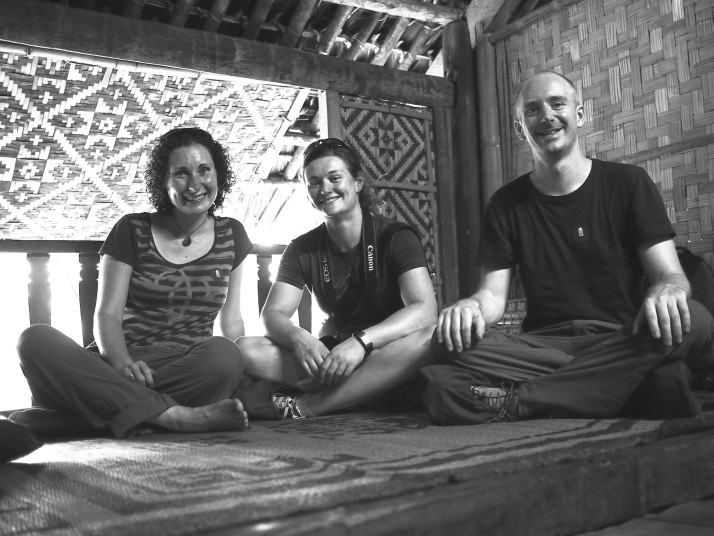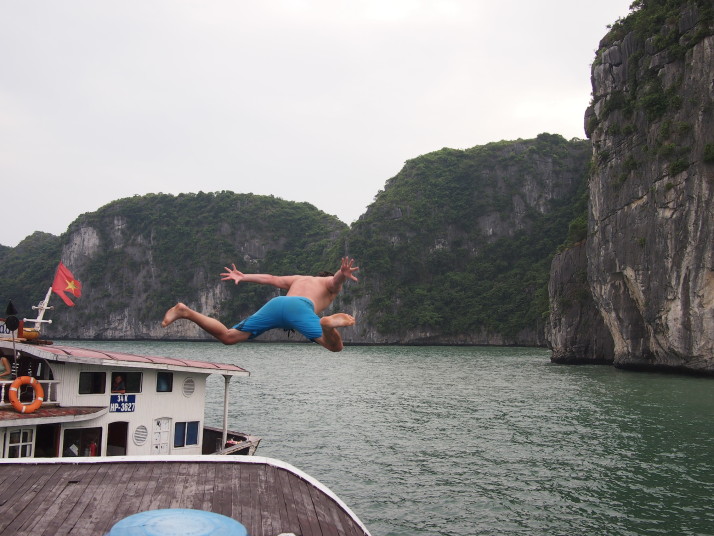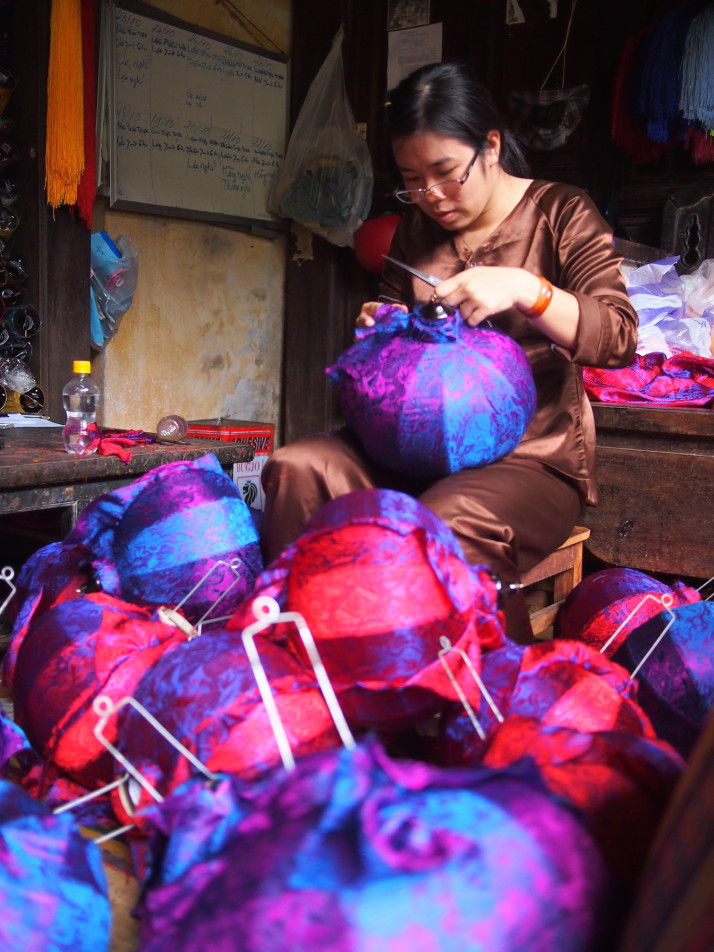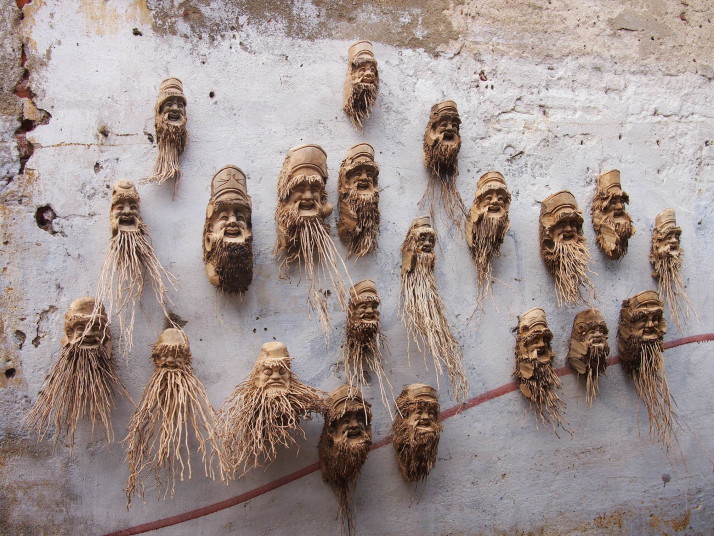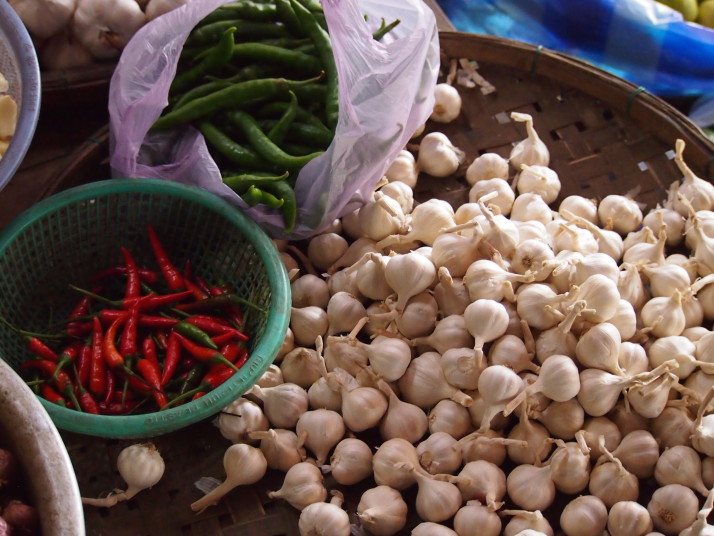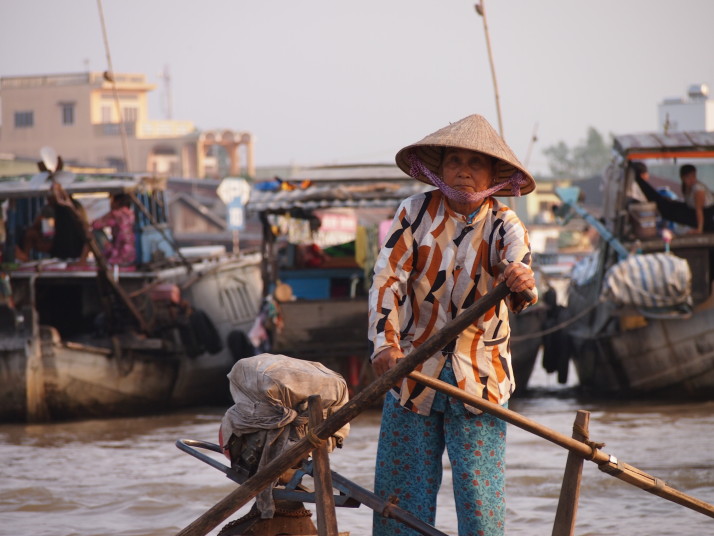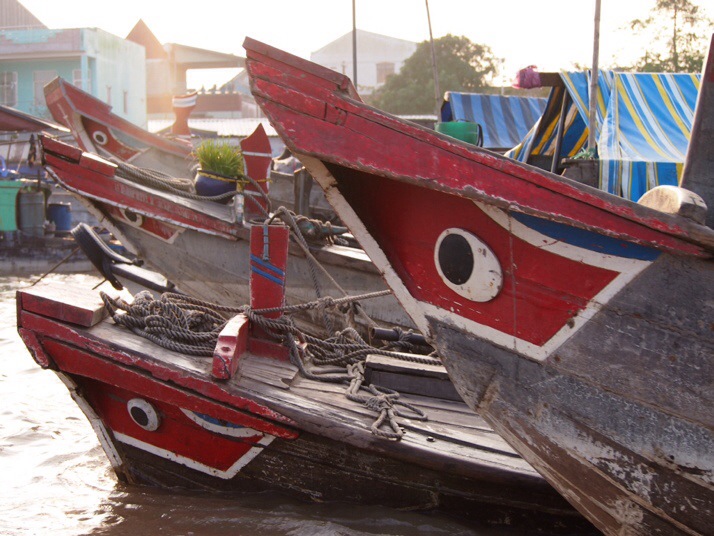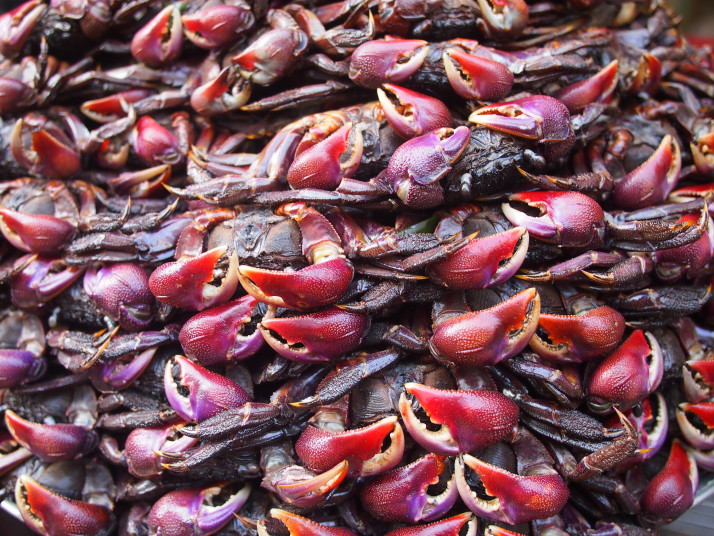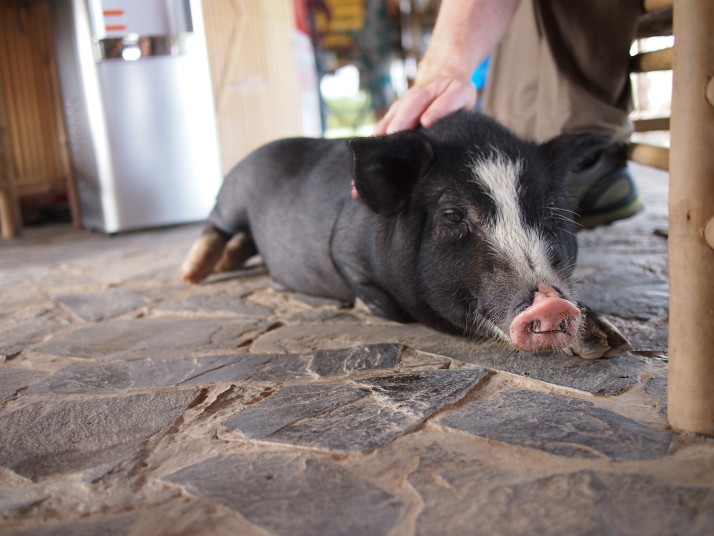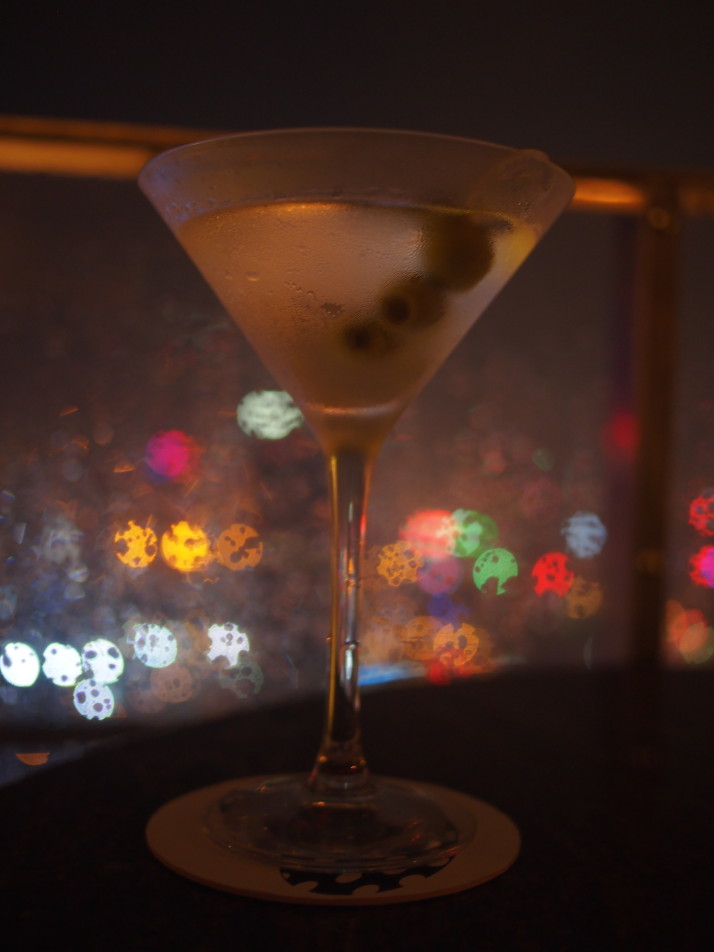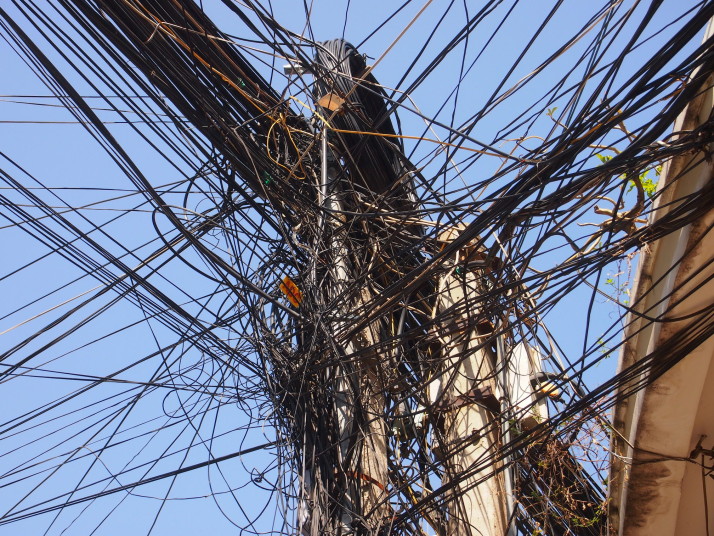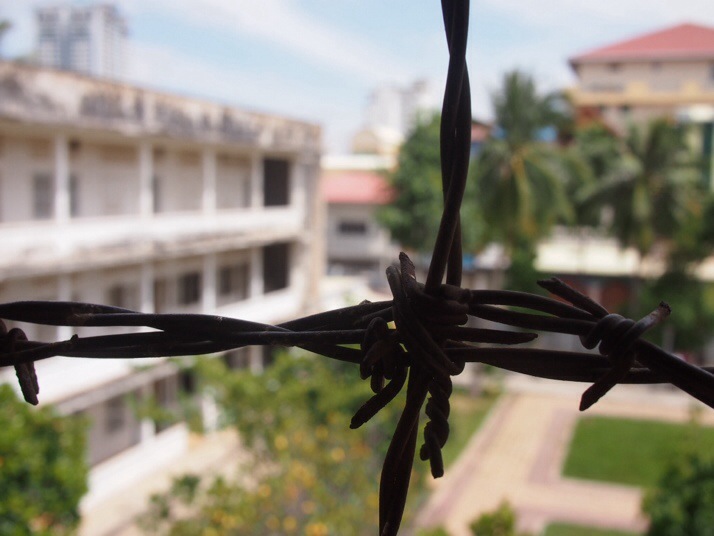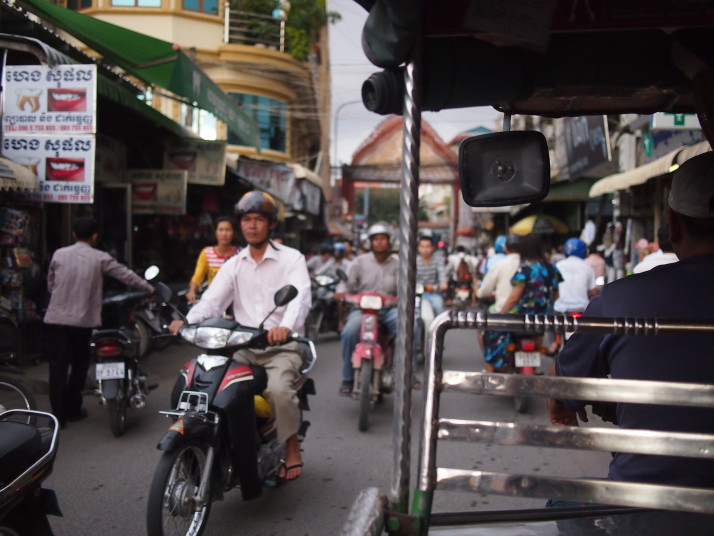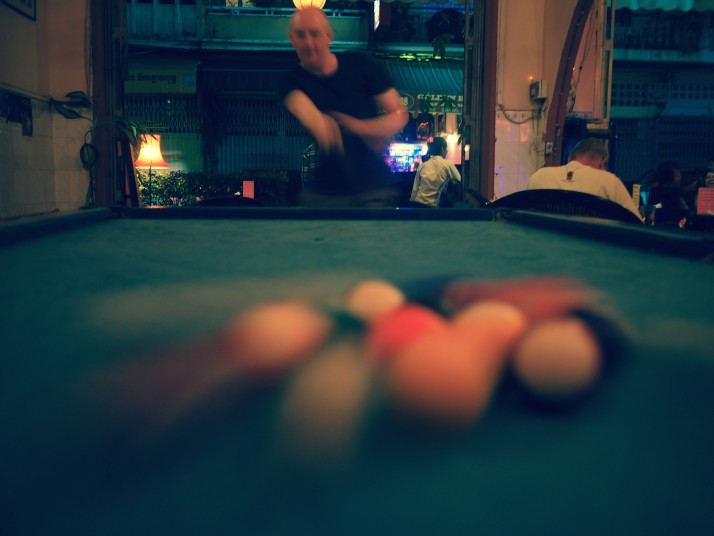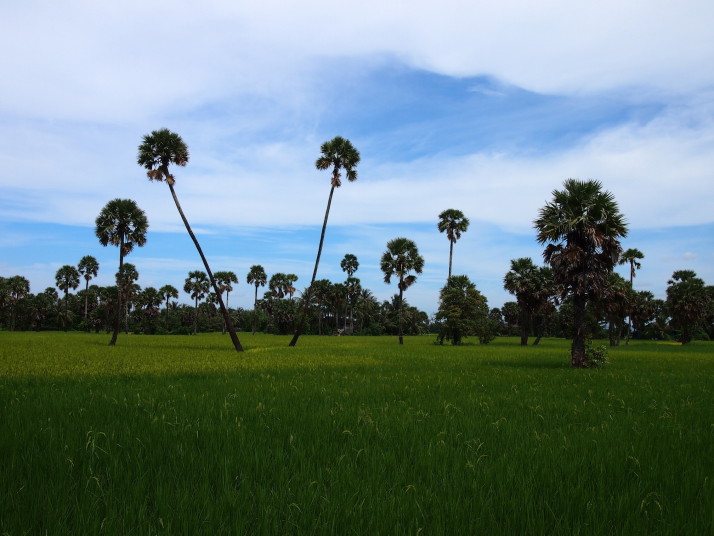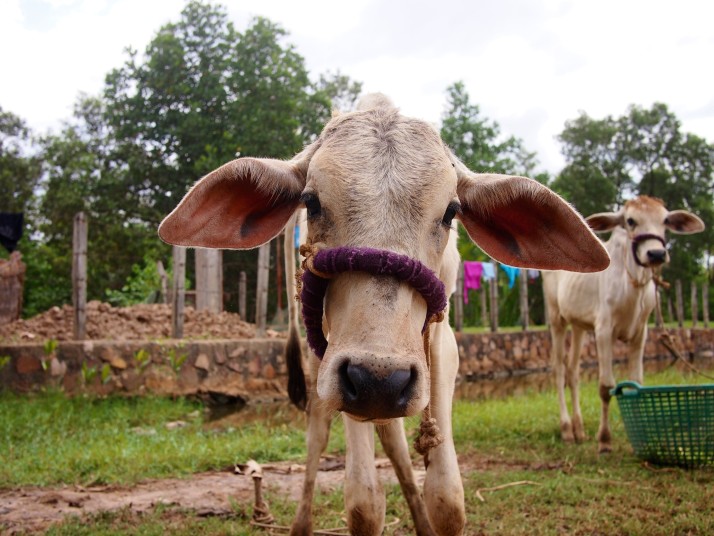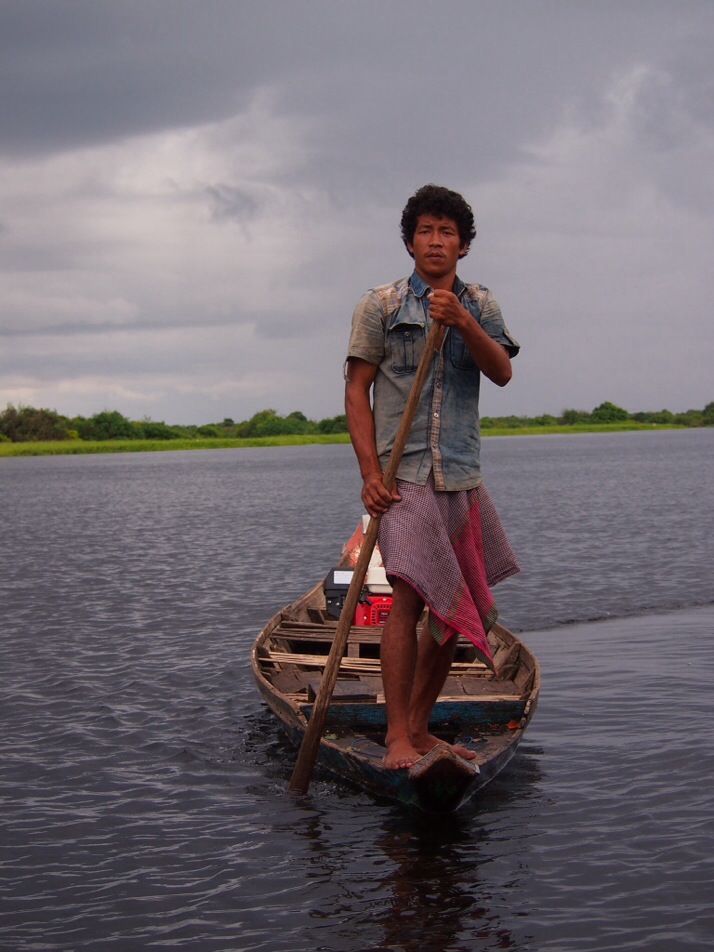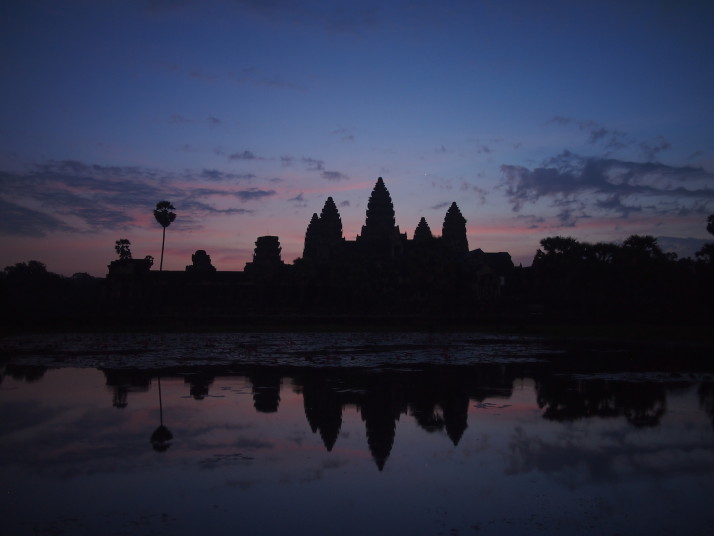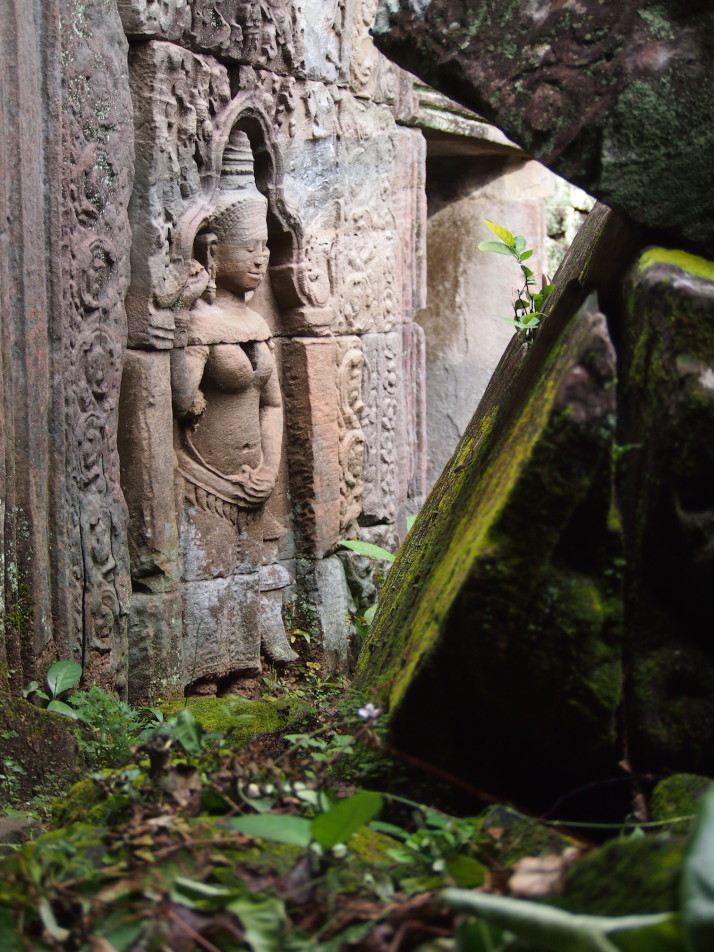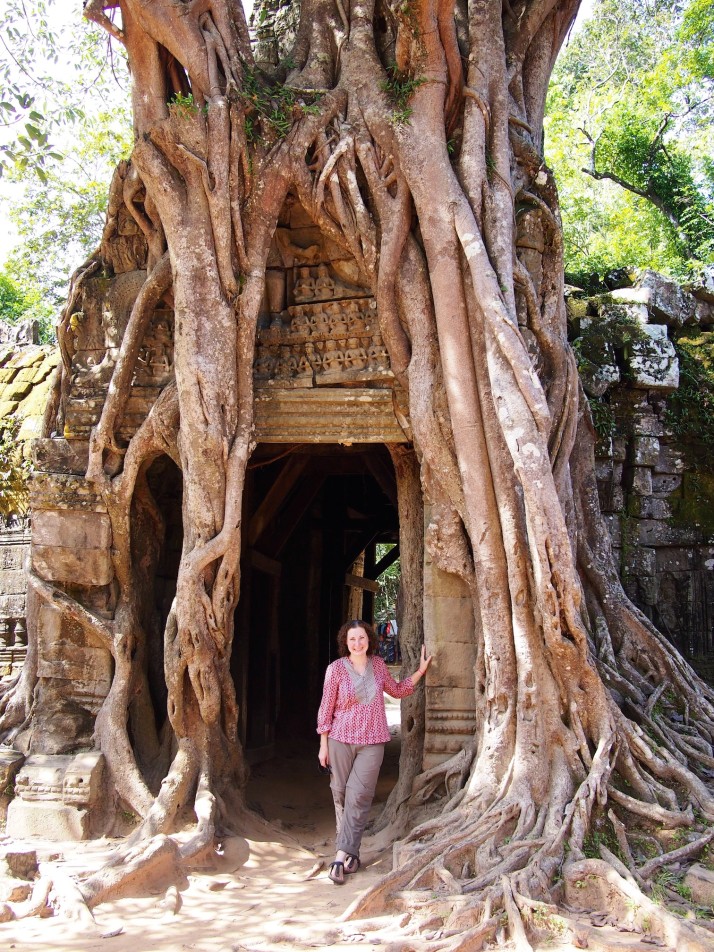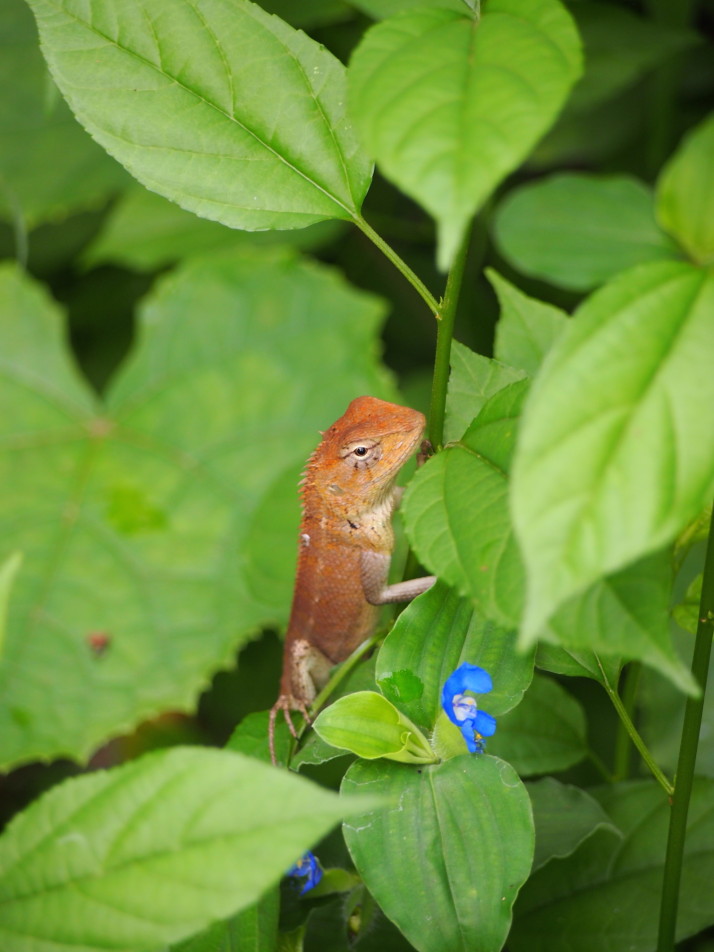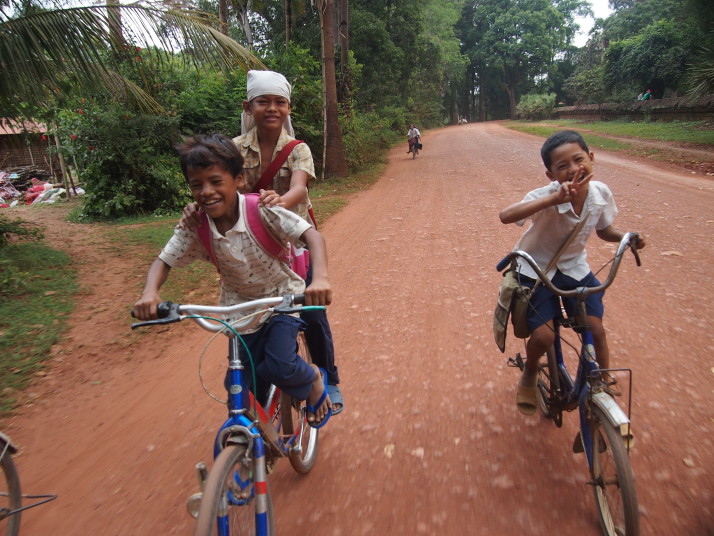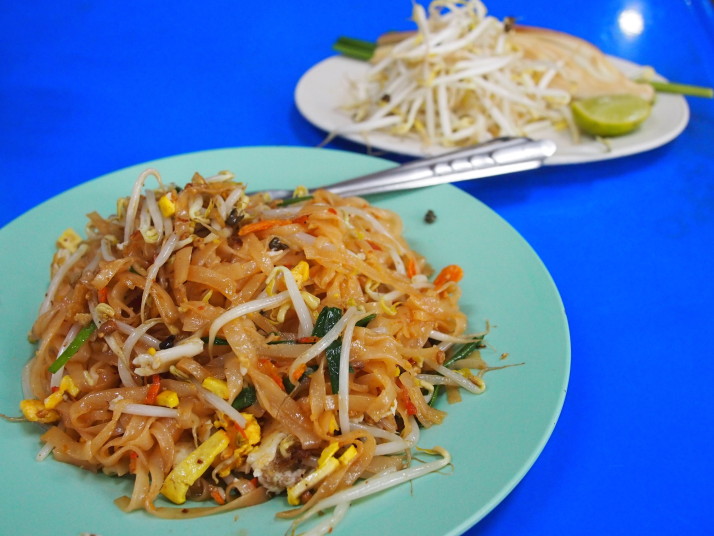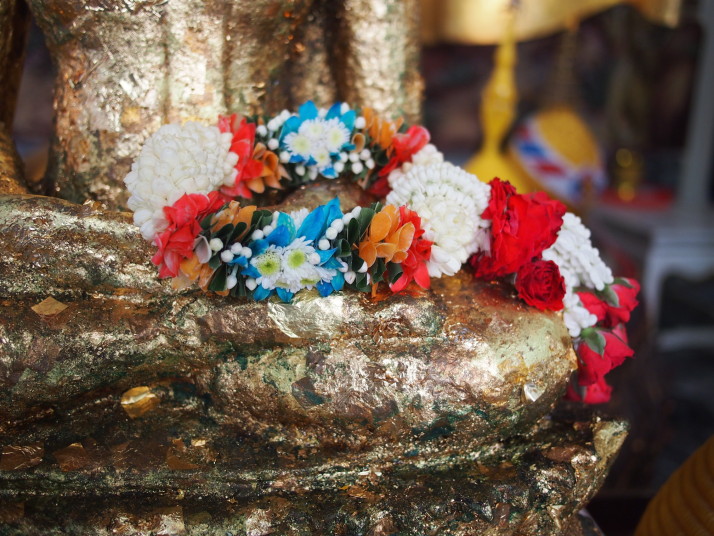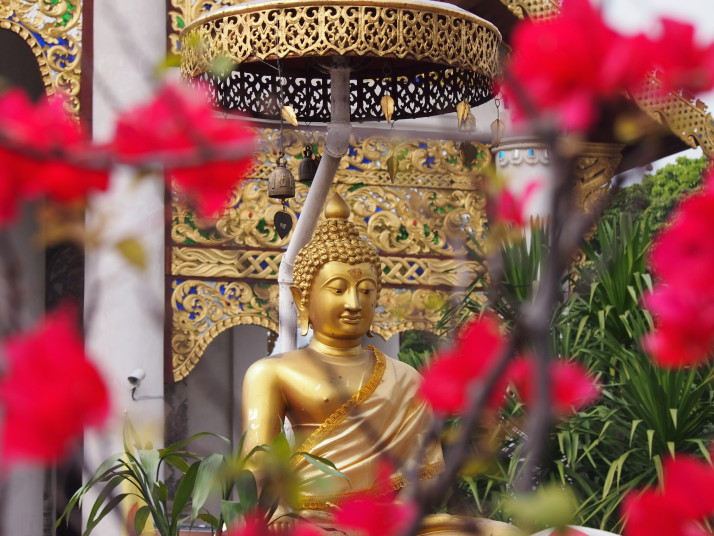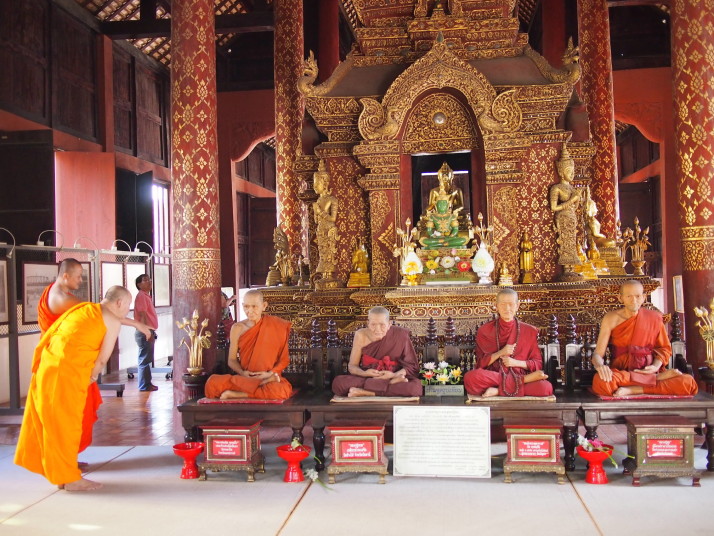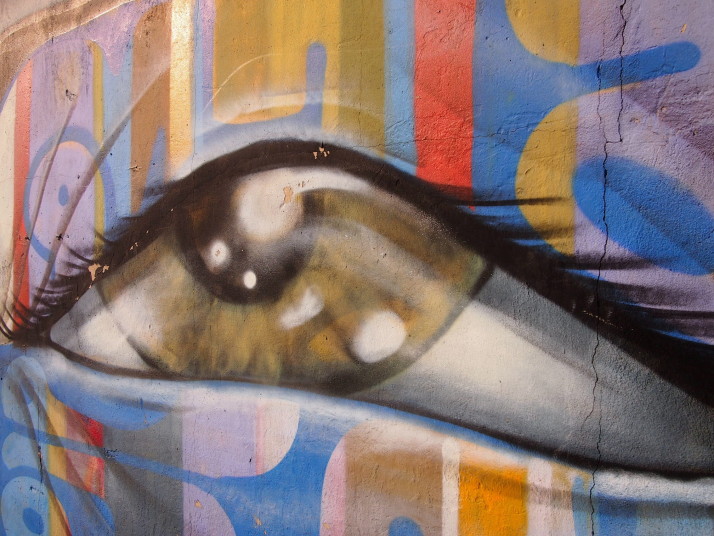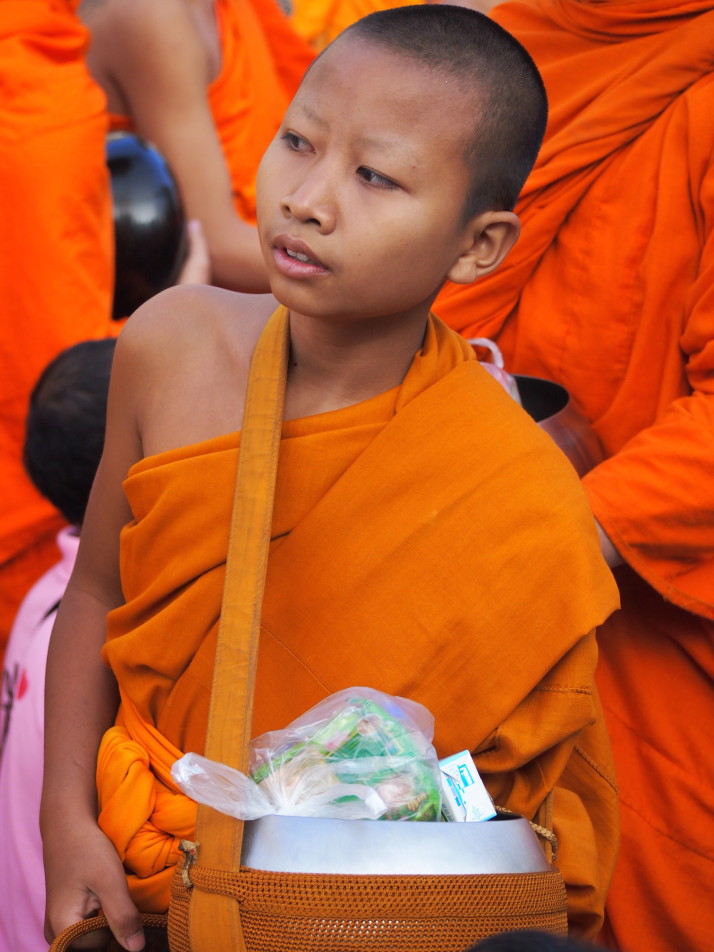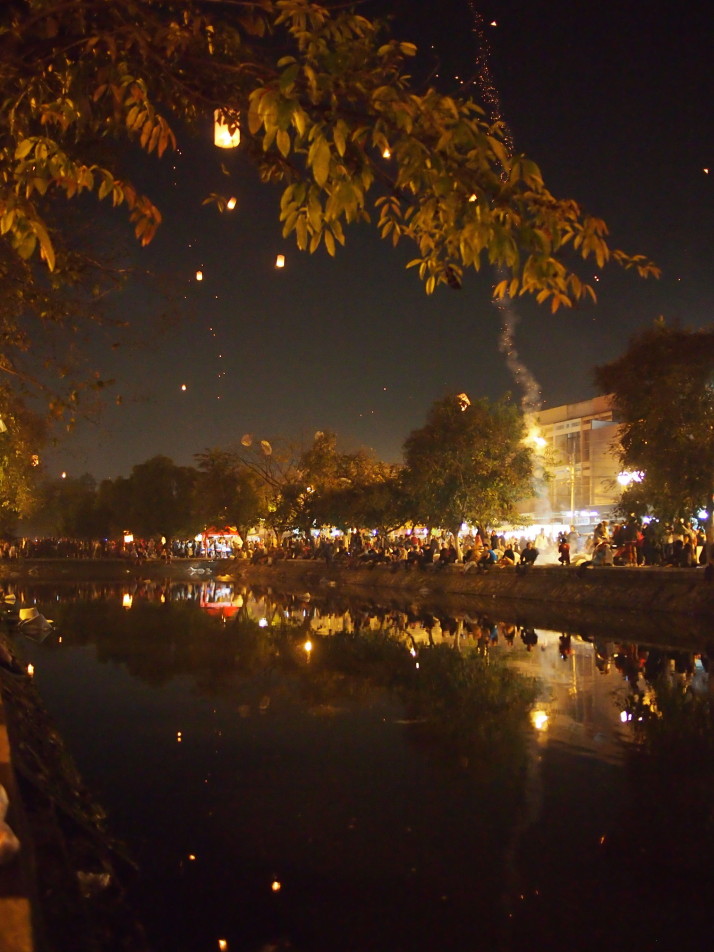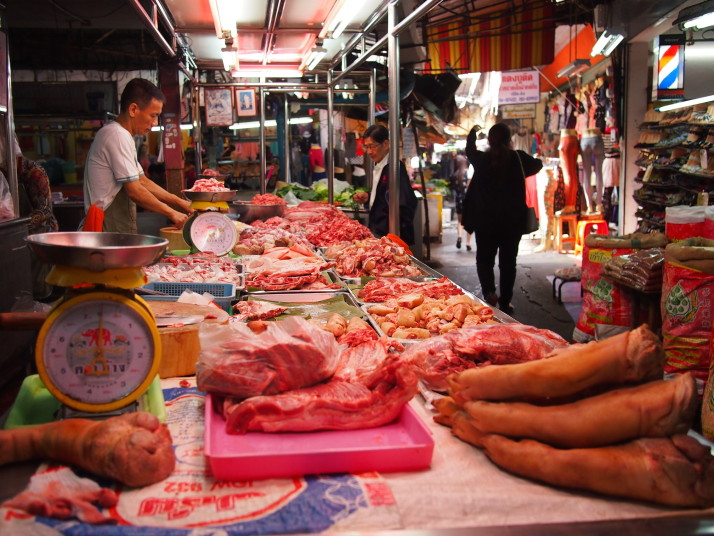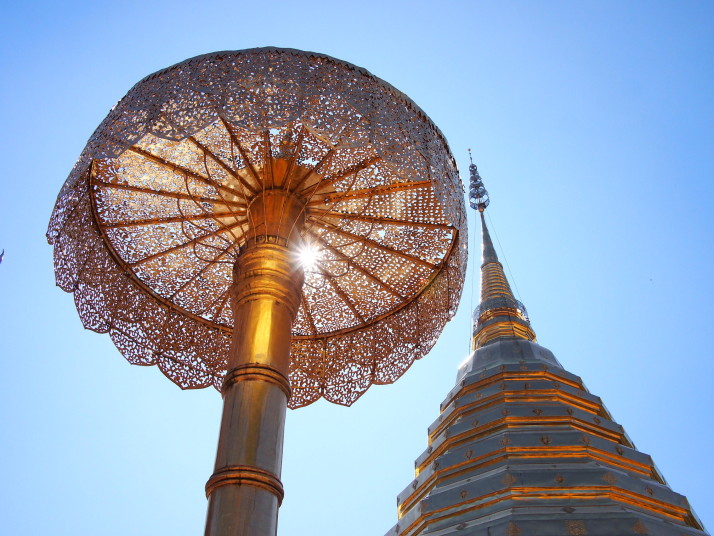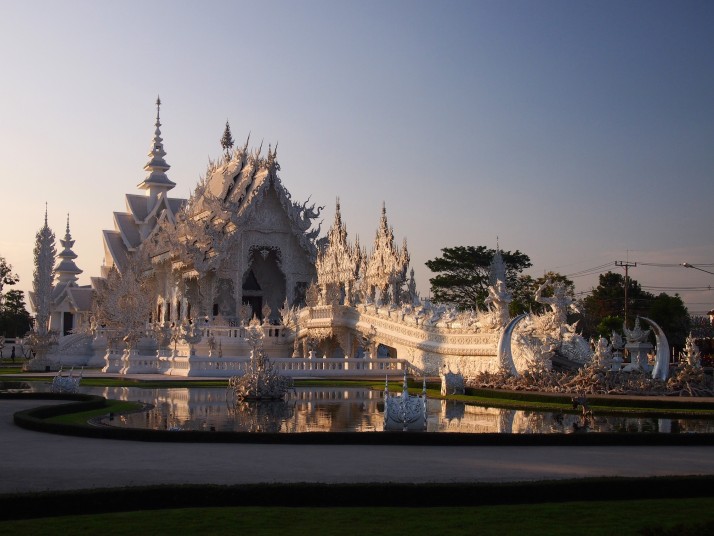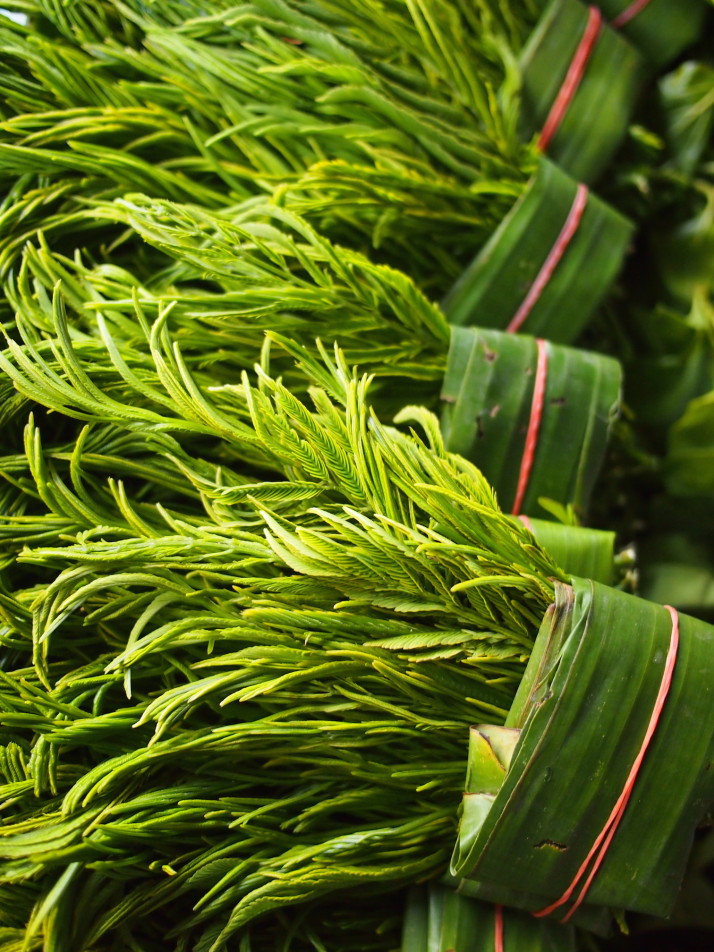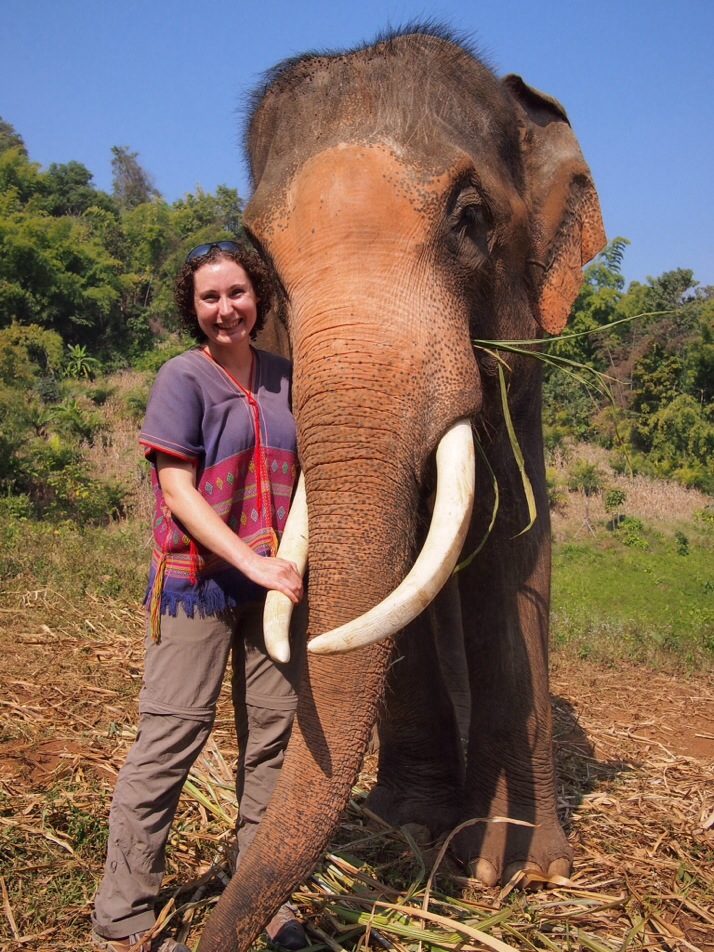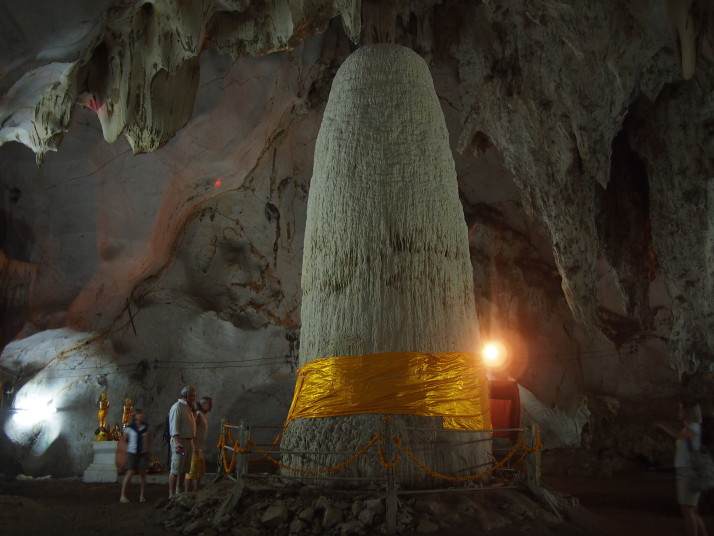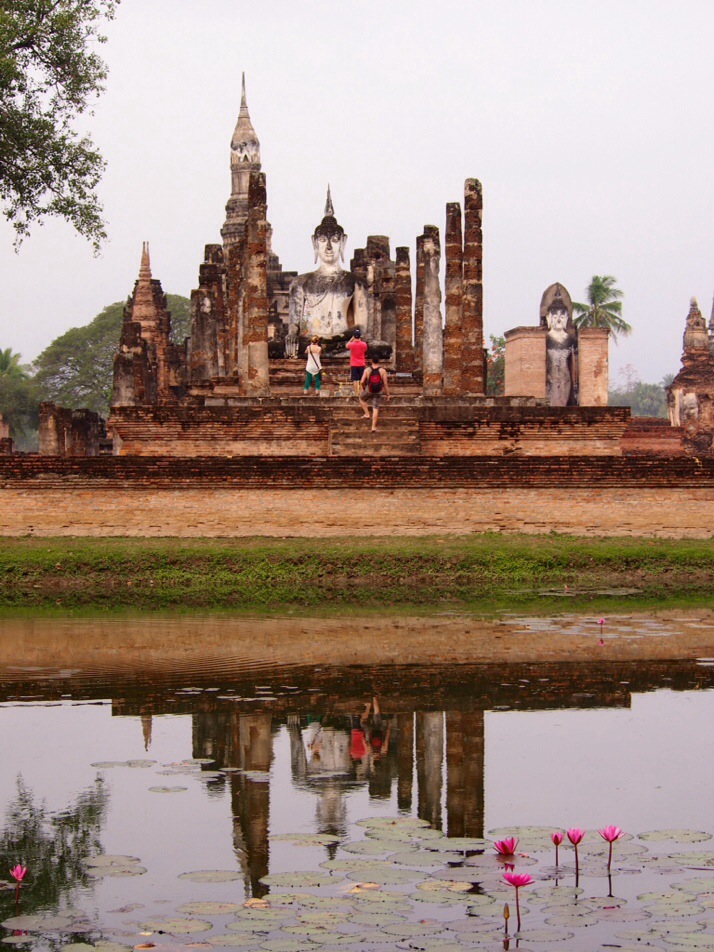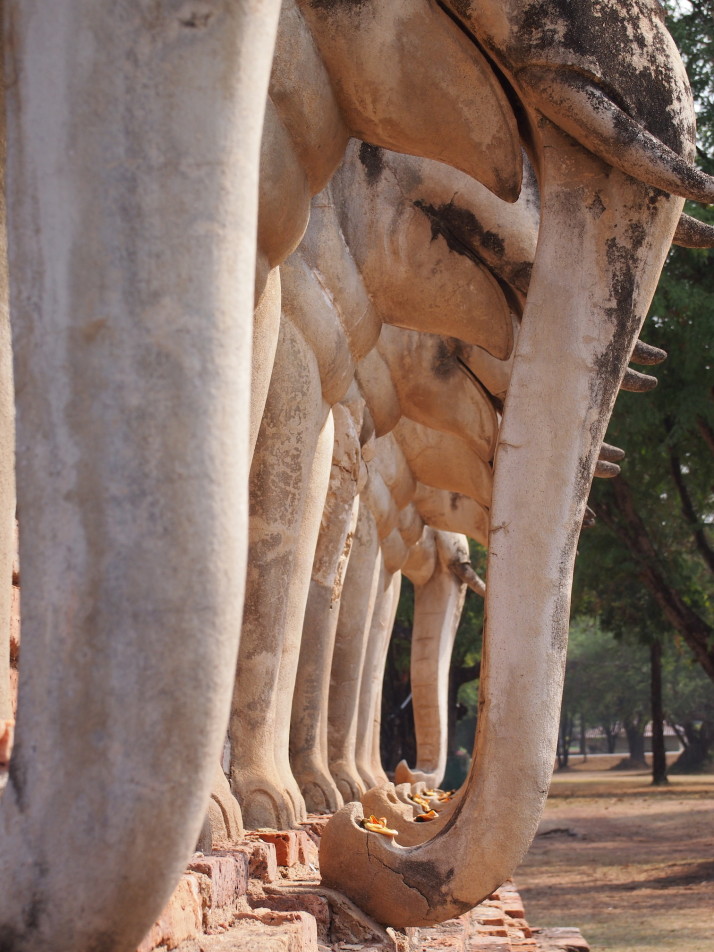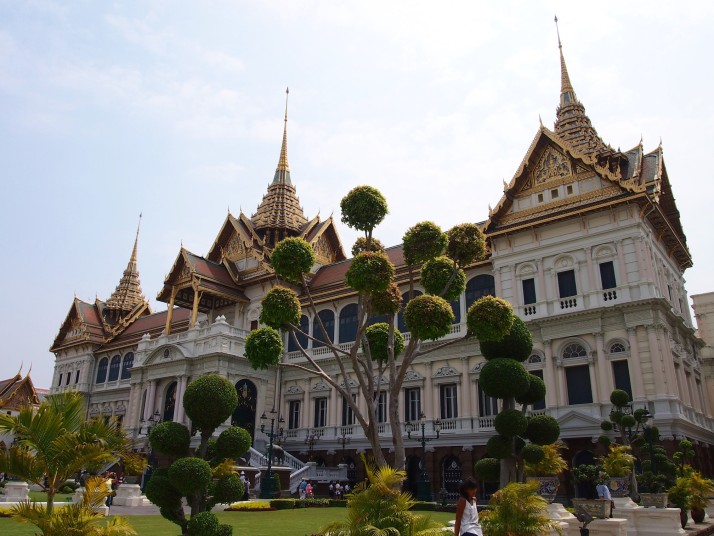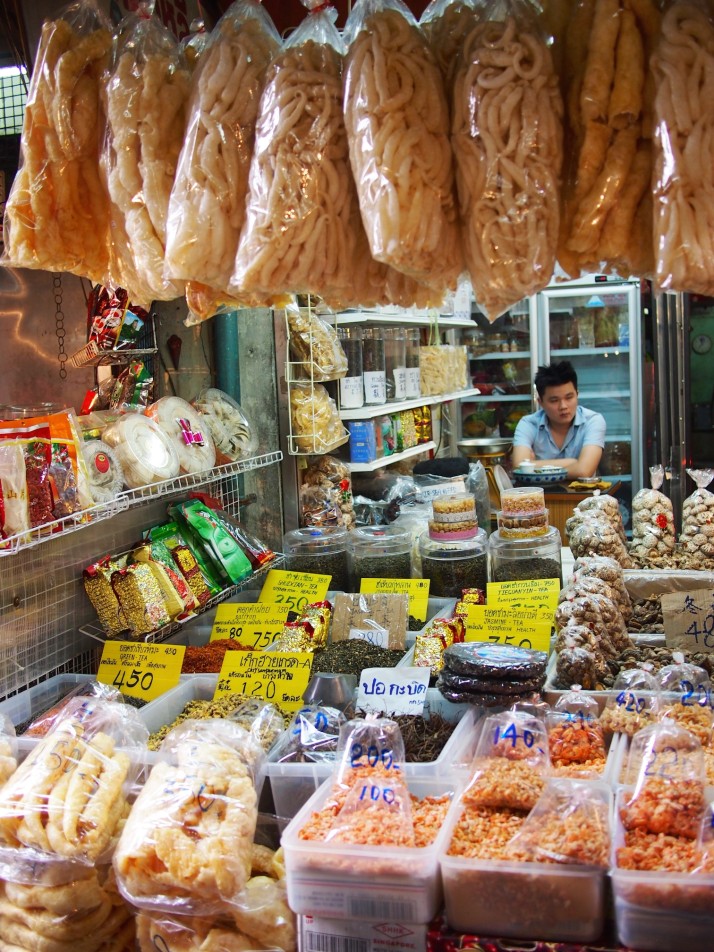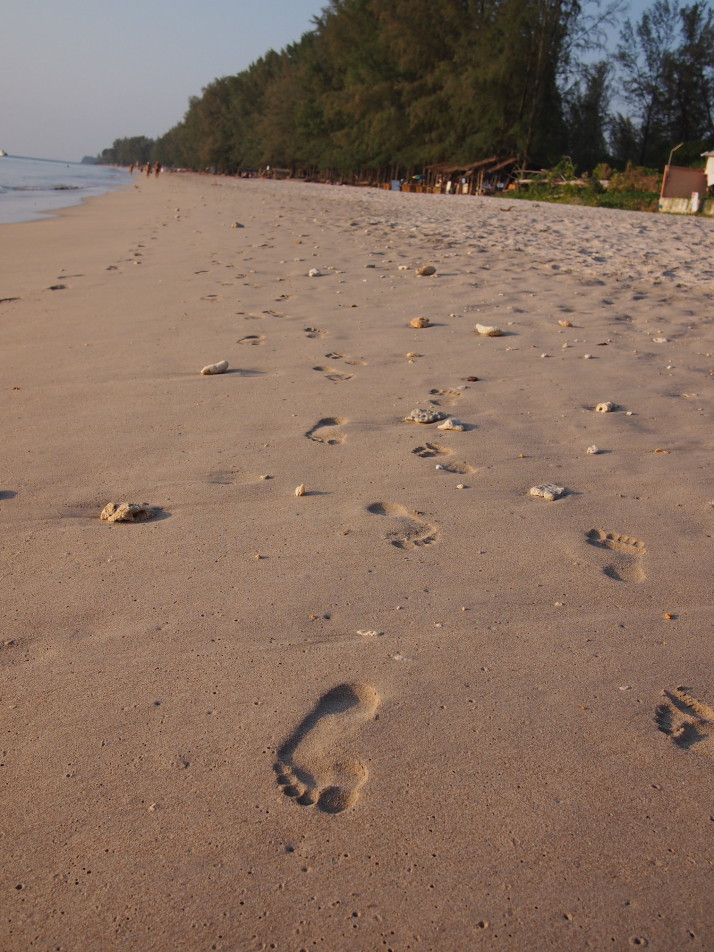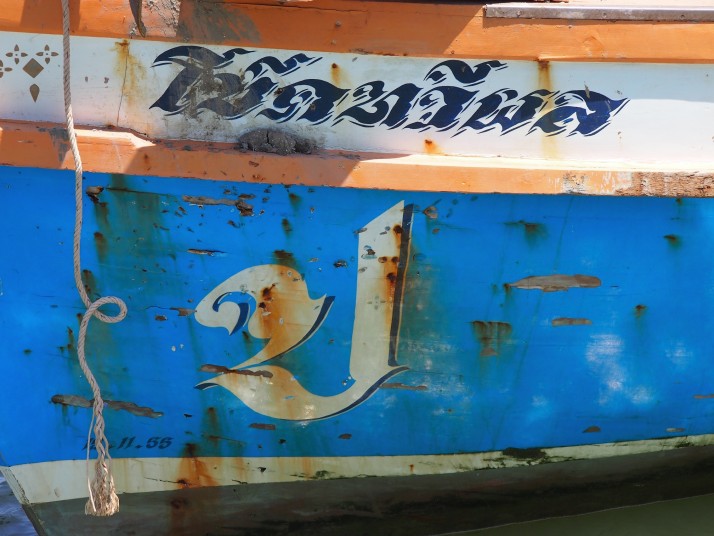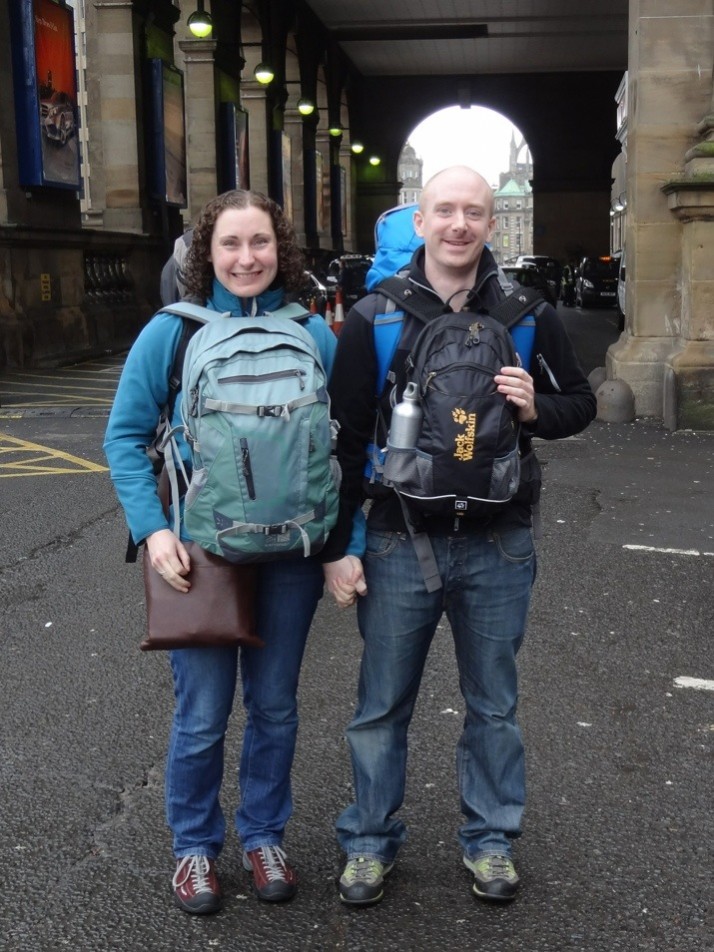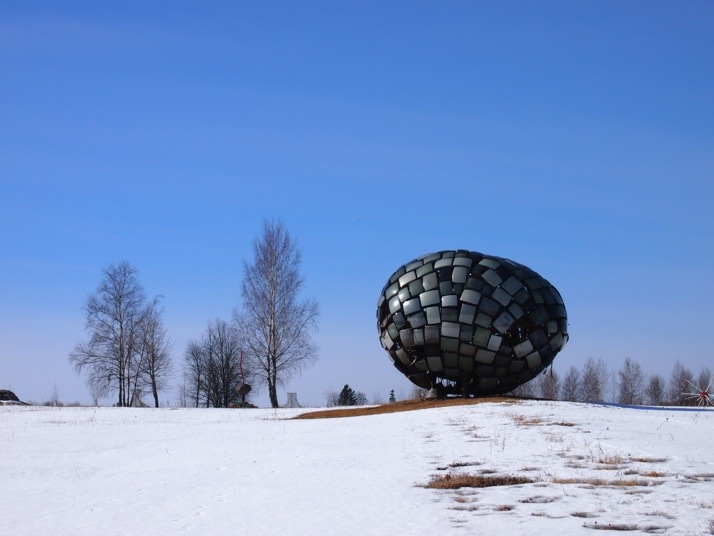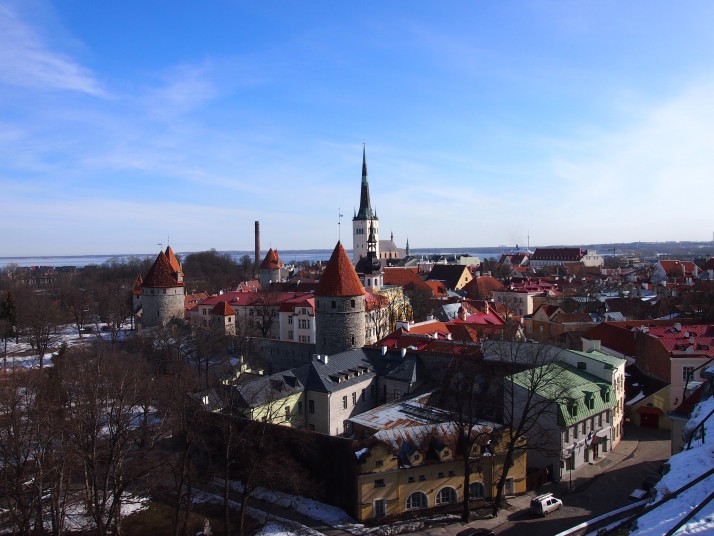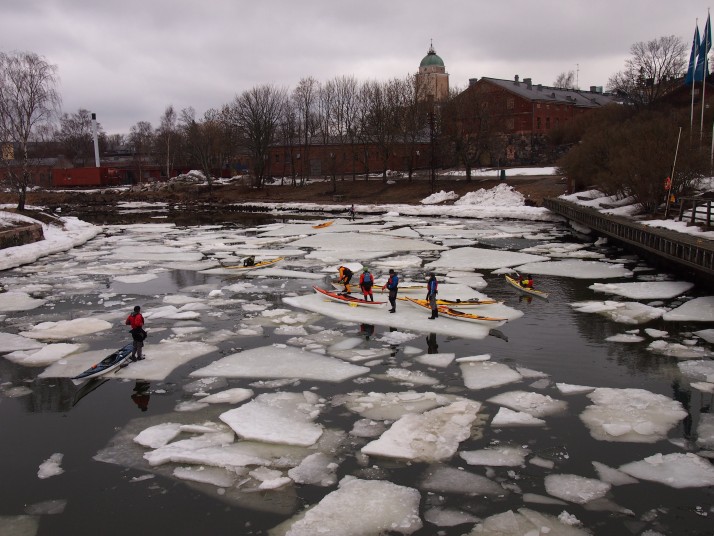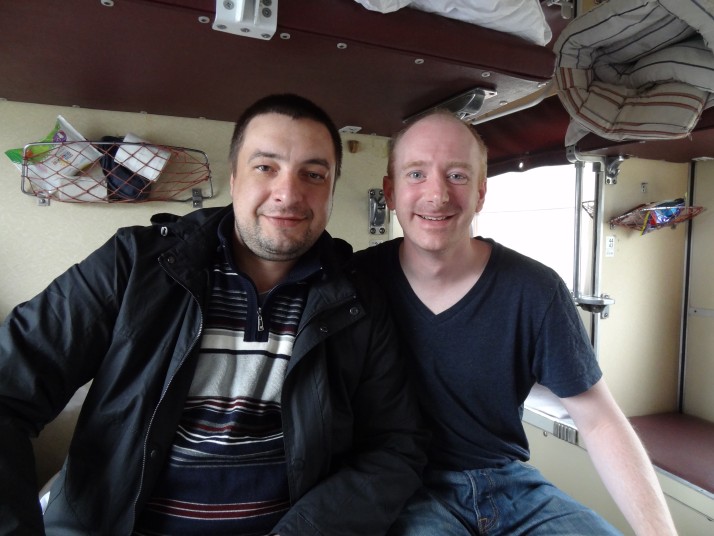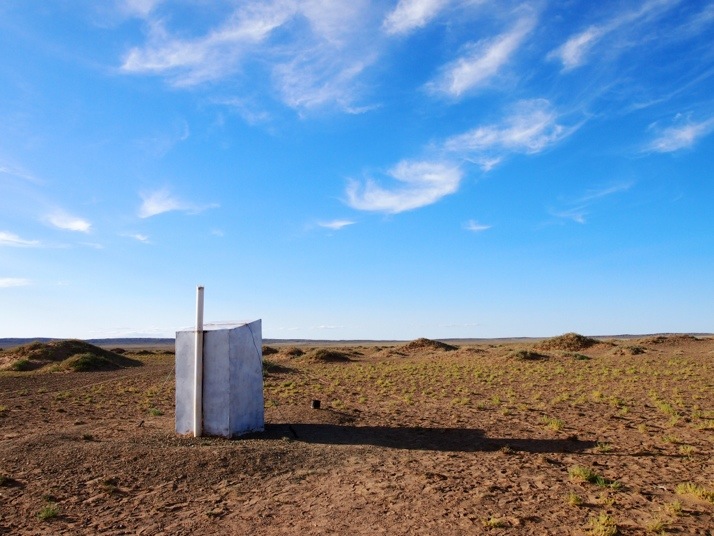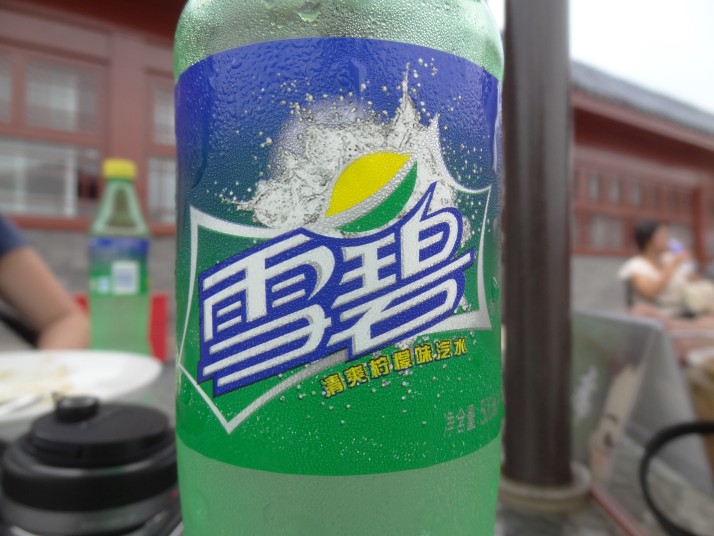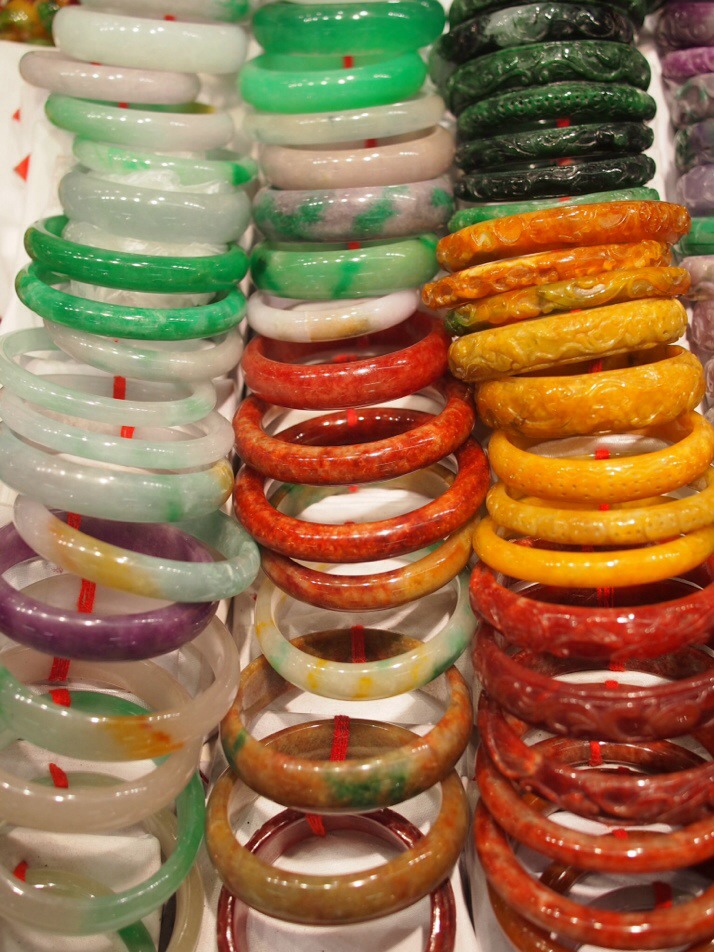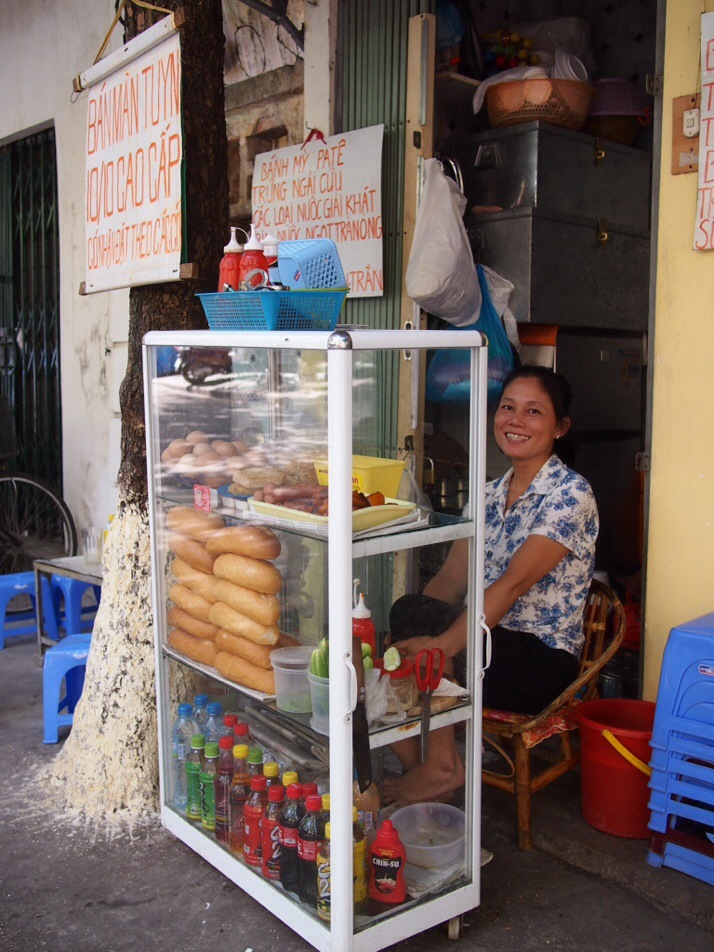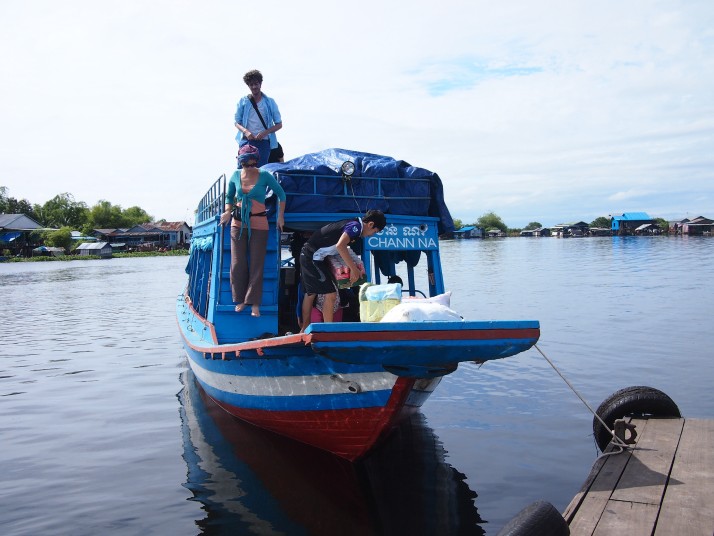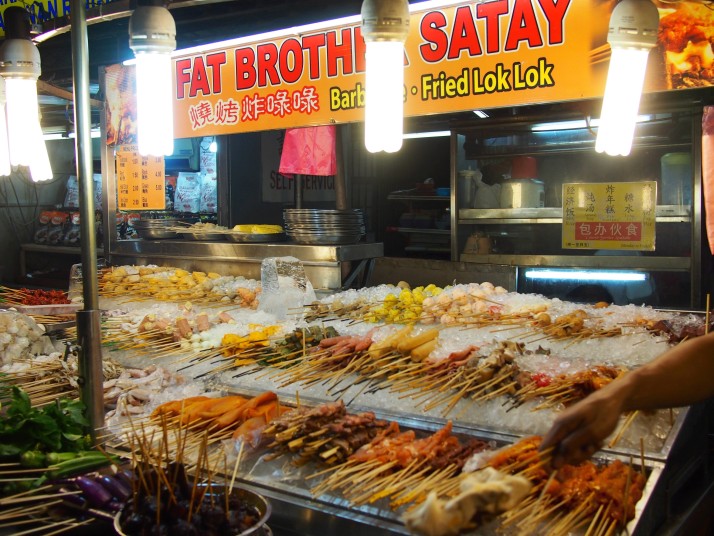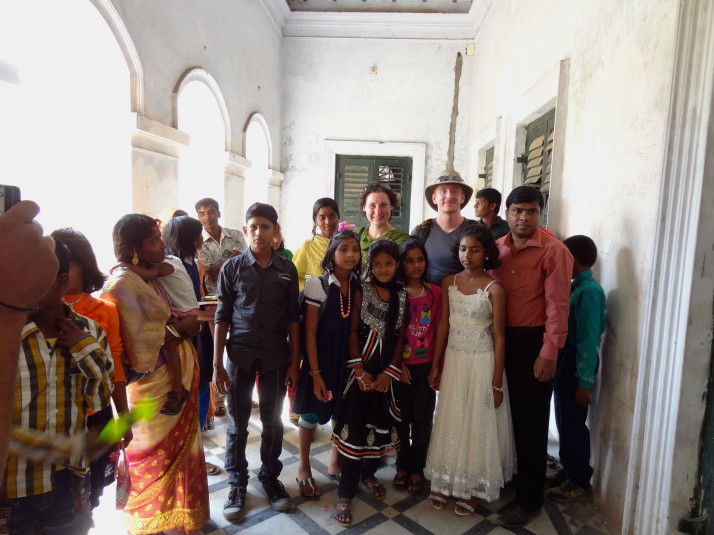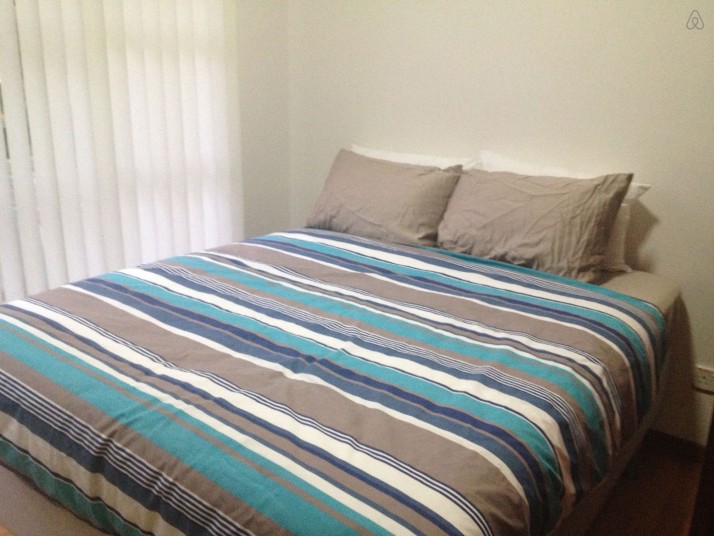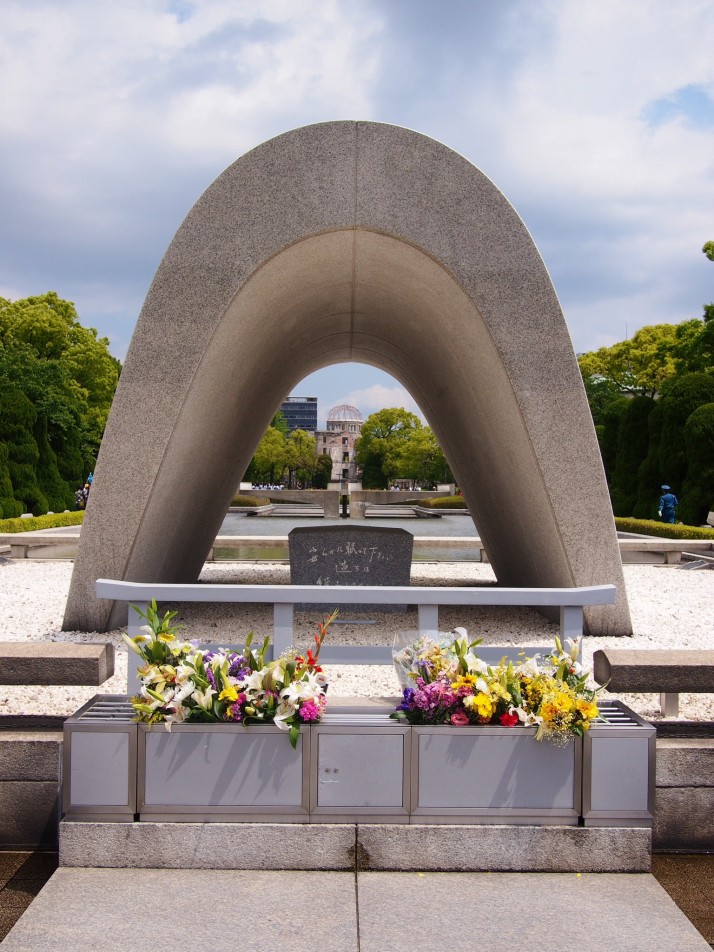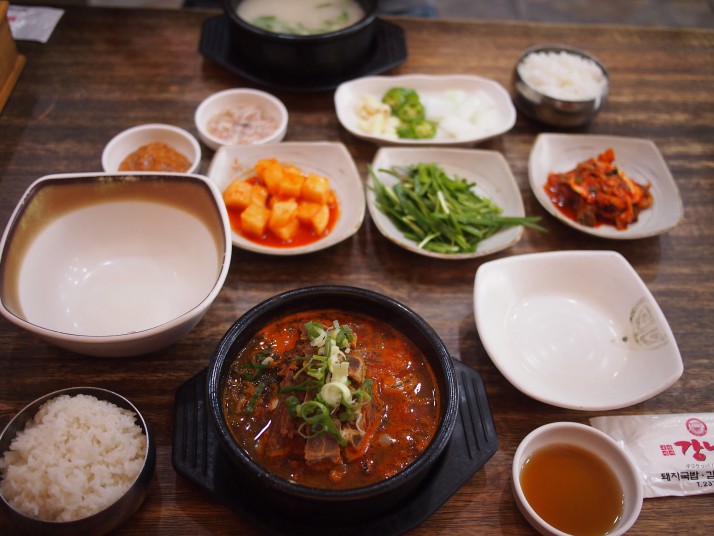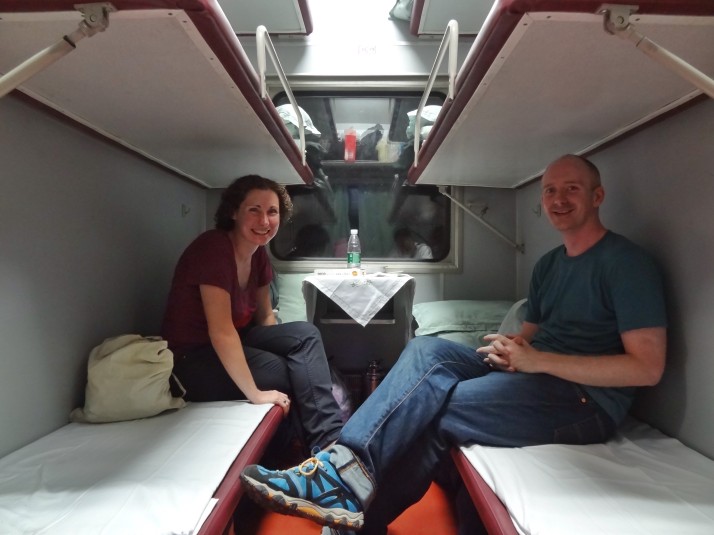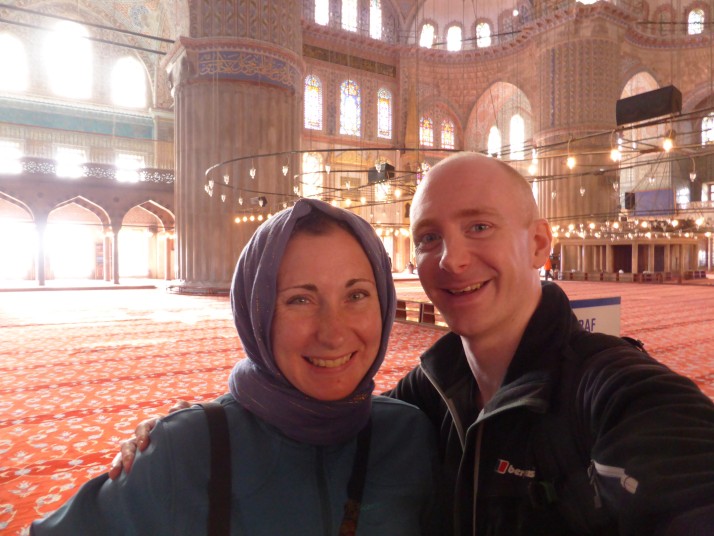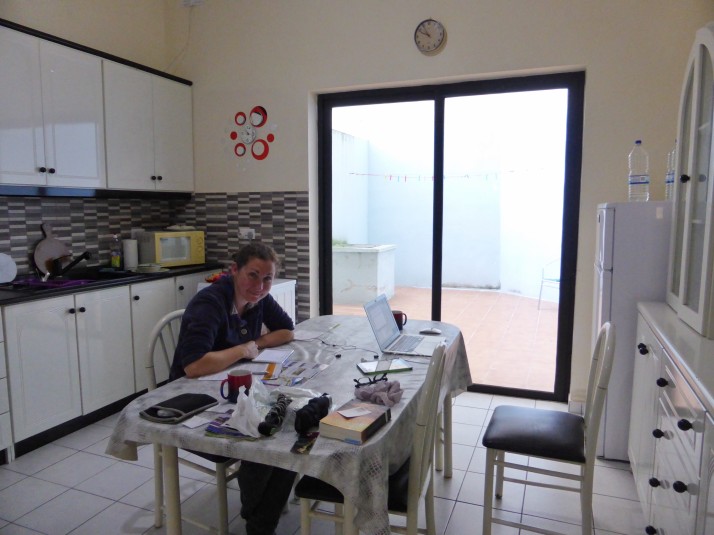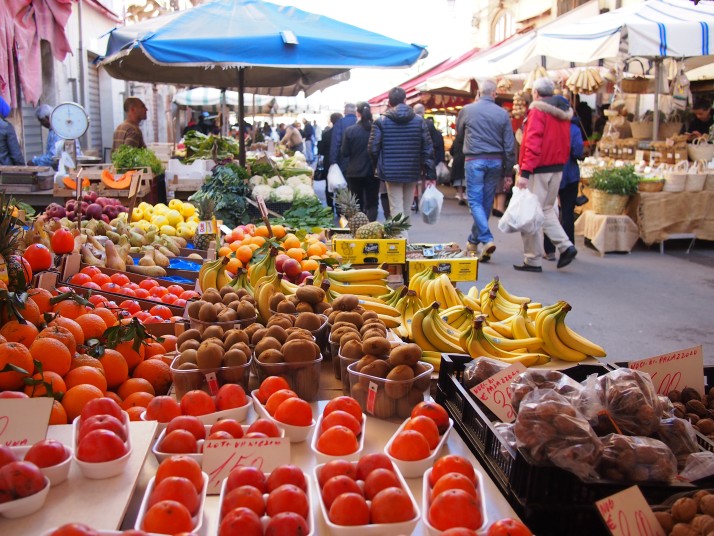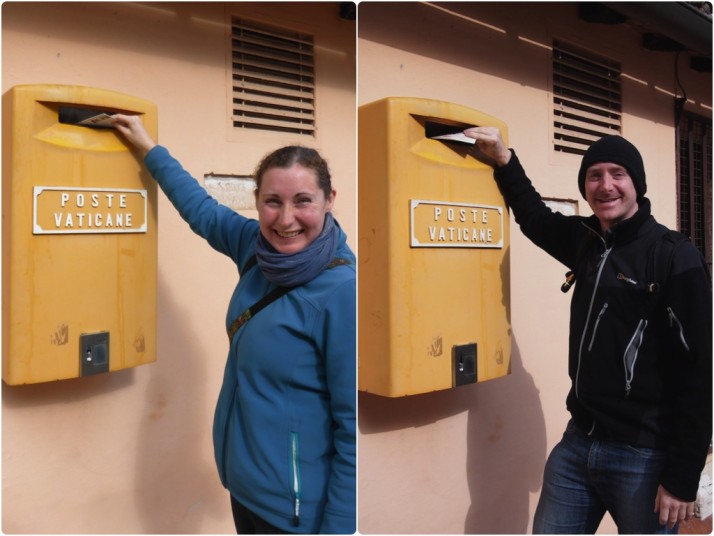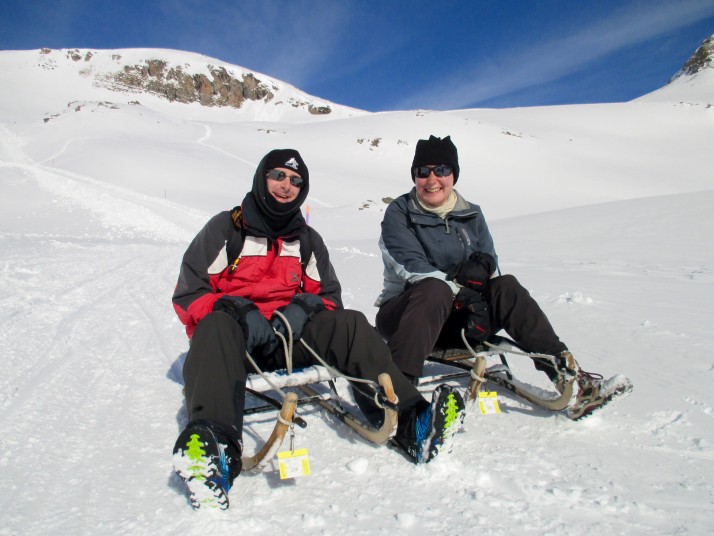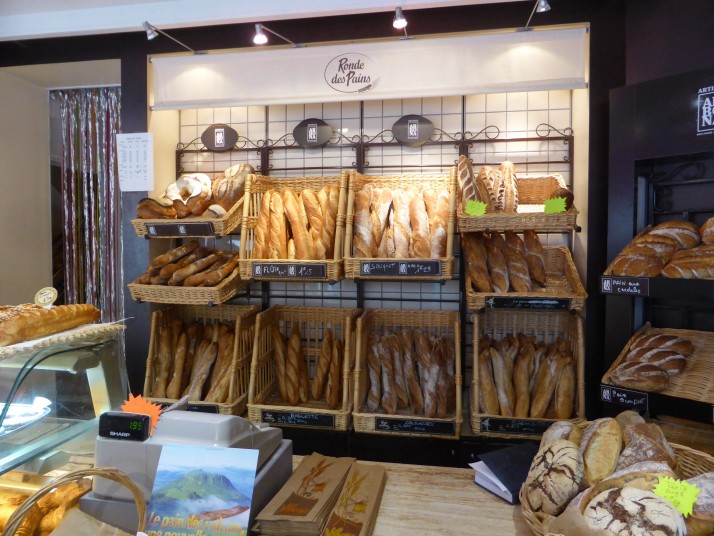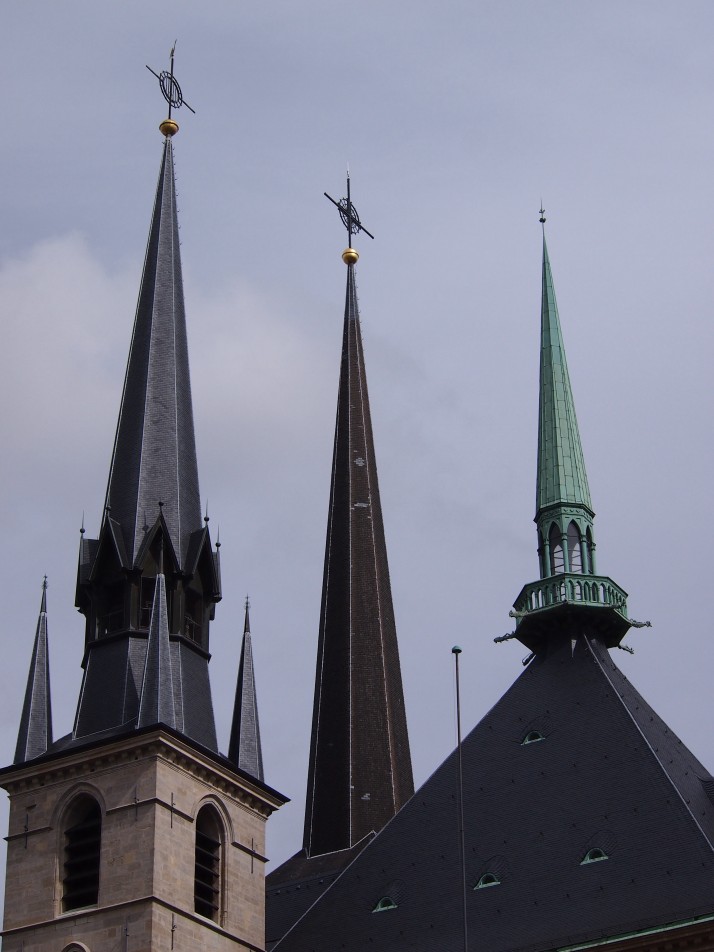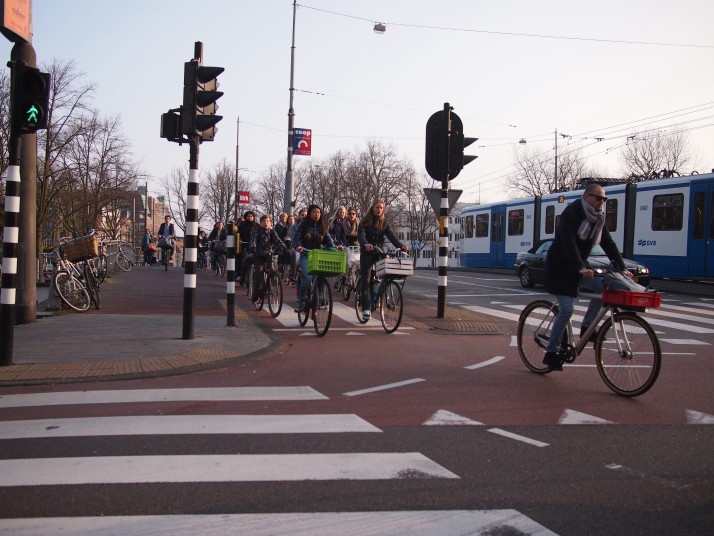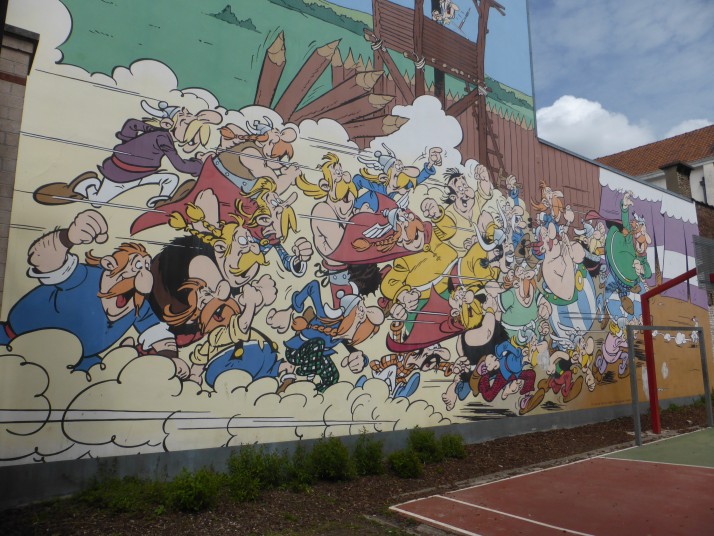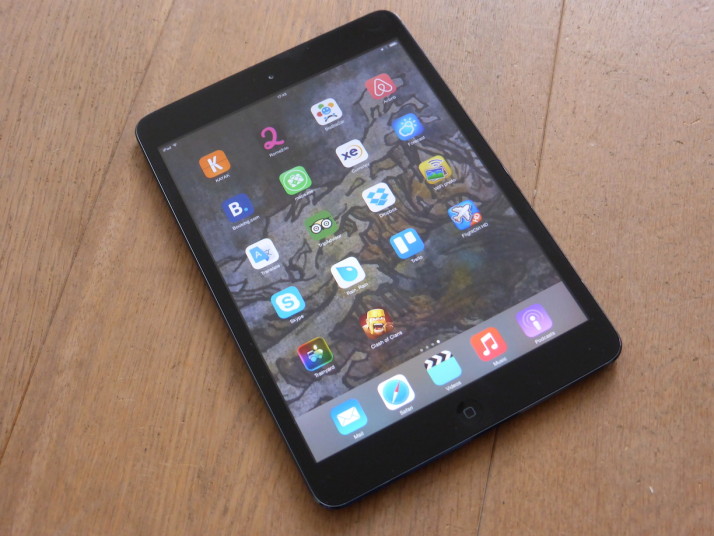I really enjoyed reviewing my photos and picking out the best ones. Part 1 covered the first 11 months of the trip up to Thailand. Here’s part two of three…
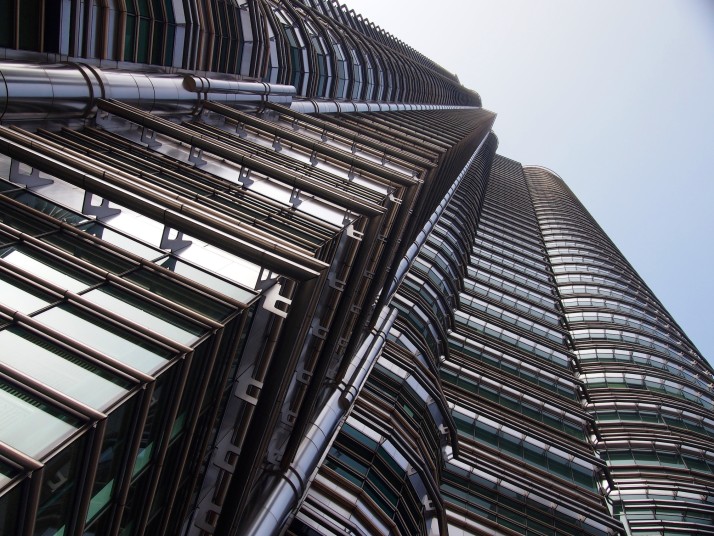 Looking up one of the Petronas Towers in Kuala Lumpur
Looking up one of the Petronas Towers in Kuala Lumpur
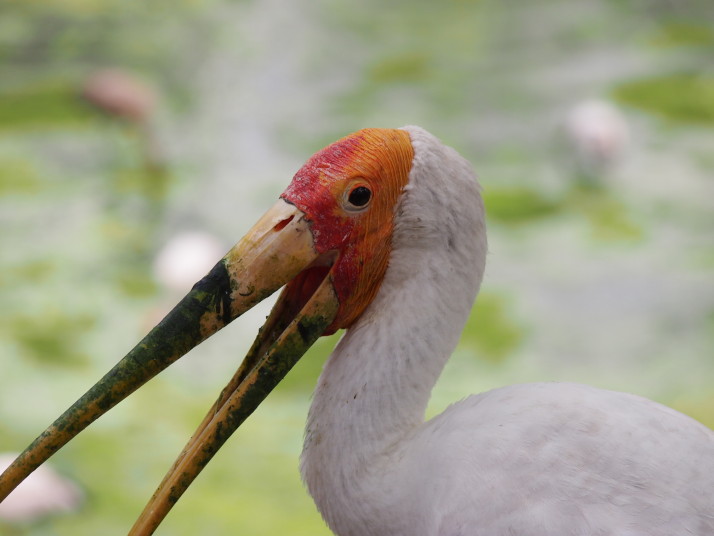 Yellow-billed Stork at Kuala Lumpur Bird Park
Yellow-billed Stork at Kuala Lumpur Bird Park
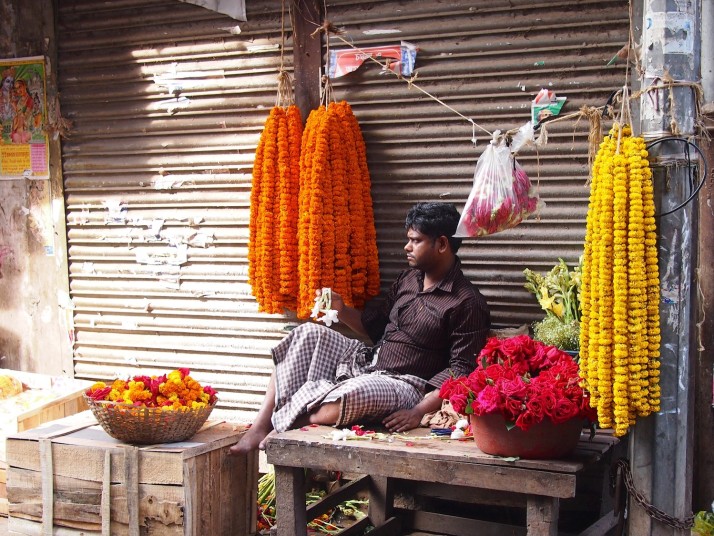 A flower vendor relaxes on his stall in Hindu Street, Dhaka
A flower vendor relaxes on his stall in Hindu Street, Dhaka
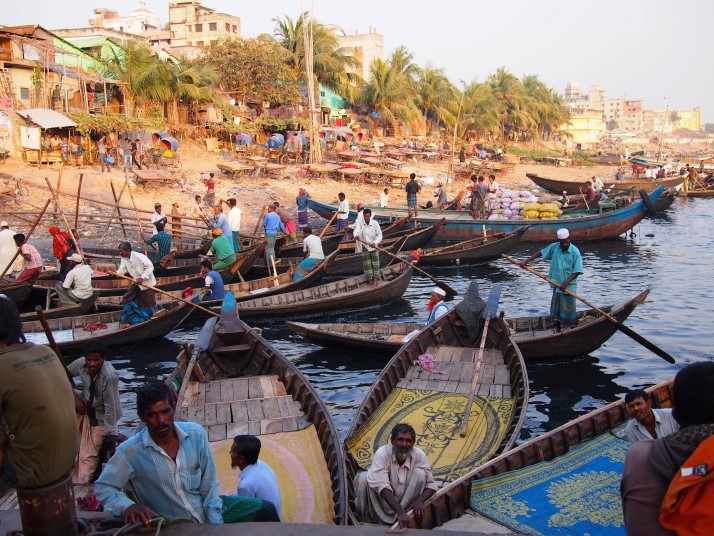 Boats jostle for position beside the Rocket Steamer at Sadarghat Boat Terminal in Dhaka
Boats jostle for position beside the Rocket Steamer at Sadarghat Boat Terminal in Dhaka
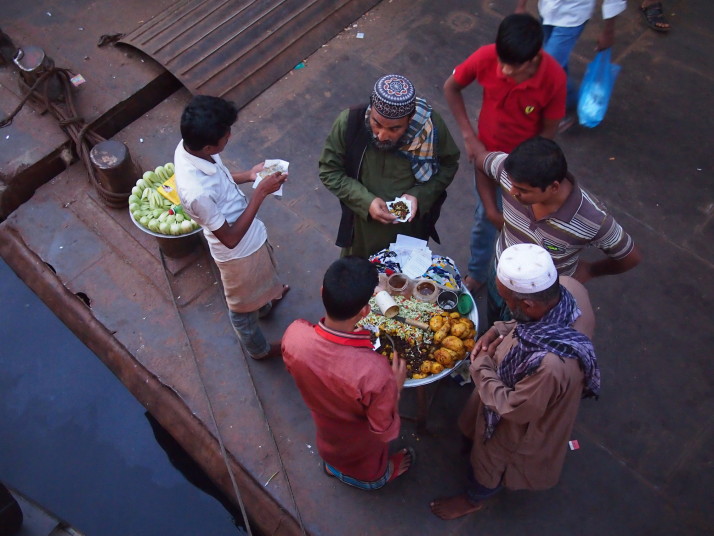 Street food vendors sell snacks at Sadarghat Boat Terminal
Street food vendors sell snacks at Sadarghat Boat Terminal
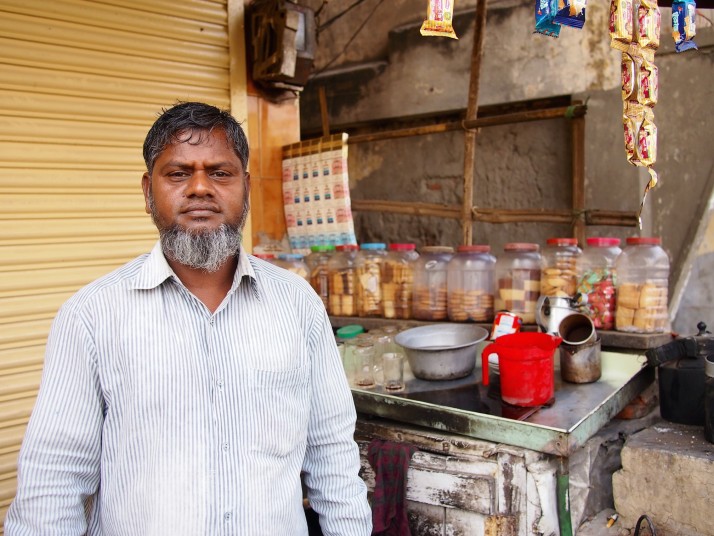 Mr Colin’s tea stand in Khulna. He was so chuffed to have foreigners drinking his tea and taking his photo that when we went back later in the week he wanted us to show the photo to his friend!
Mr Colin’s tea stand in Khulna. He was so chuffed to have foreigners drinking his tea and taking his photo that when we went back later in the week he wanted us to show the photo to his friend!
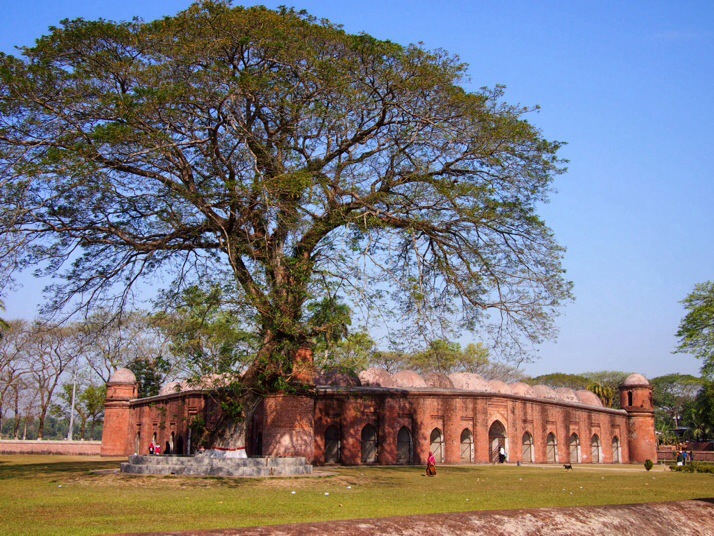 Shait Gumbad (Sixty Dome) Mosque at Bagerhat actually has 81 domes, but 60 pillars. It is a UNESCO World Heritage Site and dates from the 15th century
Shait Gumbad (Sixty Dome) Mosque at Bagerhat actually has 81 domes, but 60 pillars. It is a UNESCO World Heritage Site and dates from the 15th century
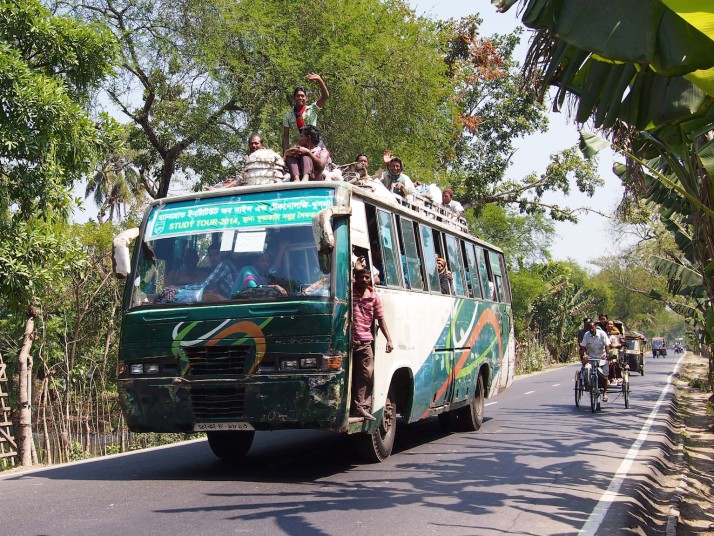 Bangladeshi buses are a colourful but scary way to travel through the country, crammed with people and luggage and driven by seemingly suicidal drivers
Bangladeshi buses are a colourful but scary way to travel through the country, crammed with people and luggage and driven by seemingly suicidal drivers
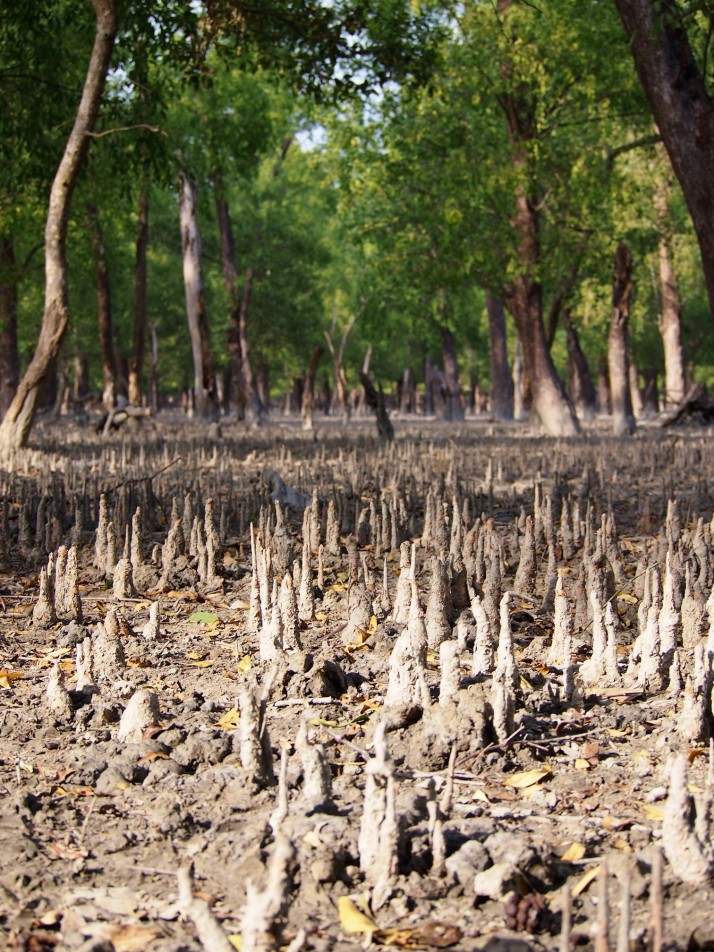 Roots sticking up from the floor of the forest in the Sundarbans National Park
Roots sticking up from the floor of the forest in the Sundarbans National Park
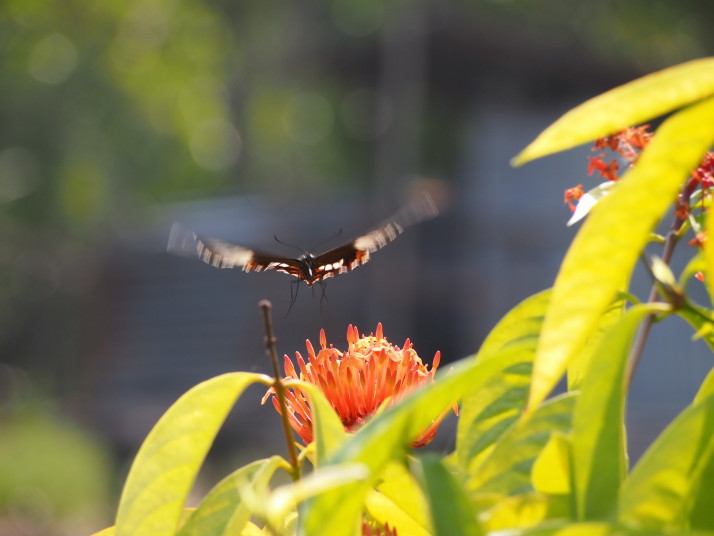 We didn’t see any tigers, but there was plenty of other wildlife on view in the Sundarbans National Park in Bangladesh
We didn’t see any tigers, but there was plenty of other wildlife on view in the Sundarbans National Park in Bangladesh
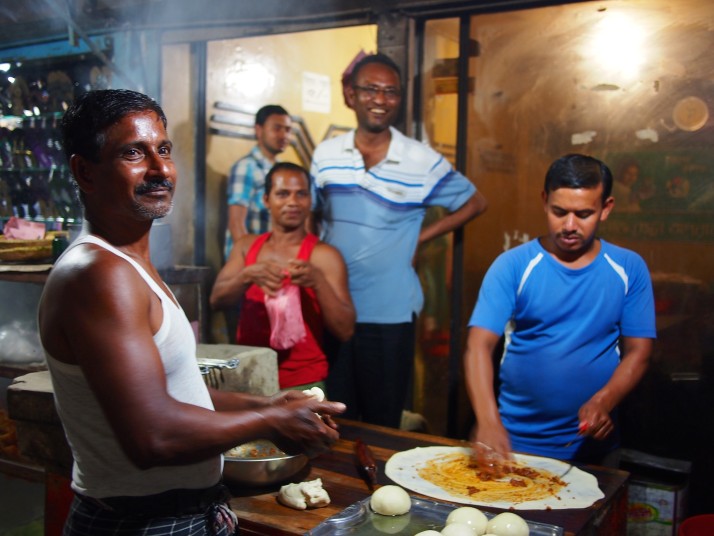 Bangladeshi food is cheap, satisfying and delicious, many of the country’s restaurants have the ‘kitchen’ outside in the street
Bangladeshi food is cheap, satisfying and delicious, many of the country’s restaurants have the ‘kitchen’ outside in the street
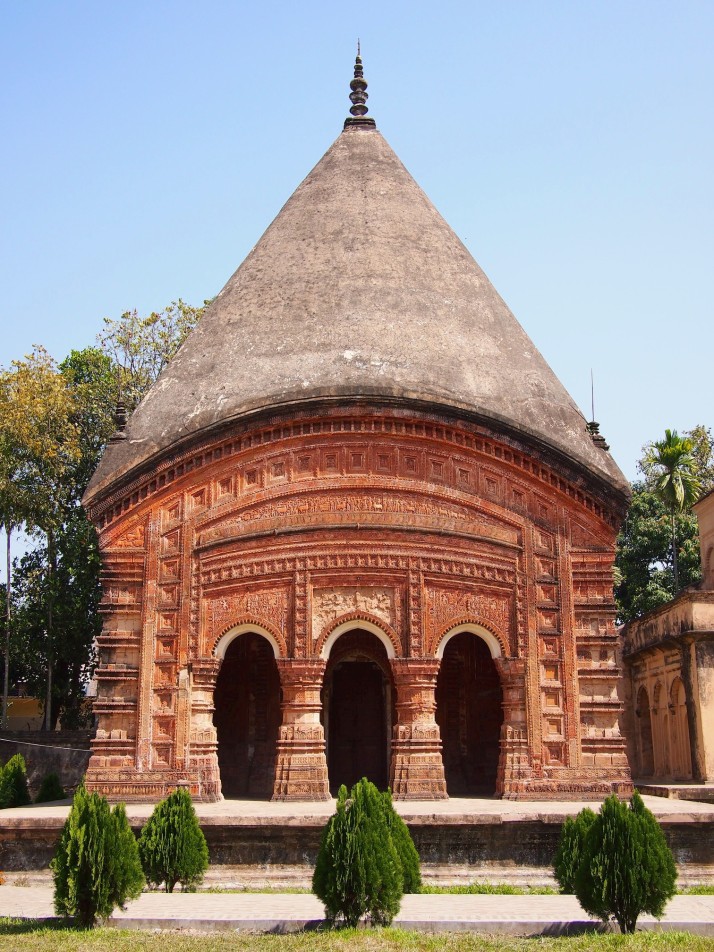 Beautifully proportioned Govinda Temple at Puthia
Beautifully proportioned Govinda Temple at Puthia
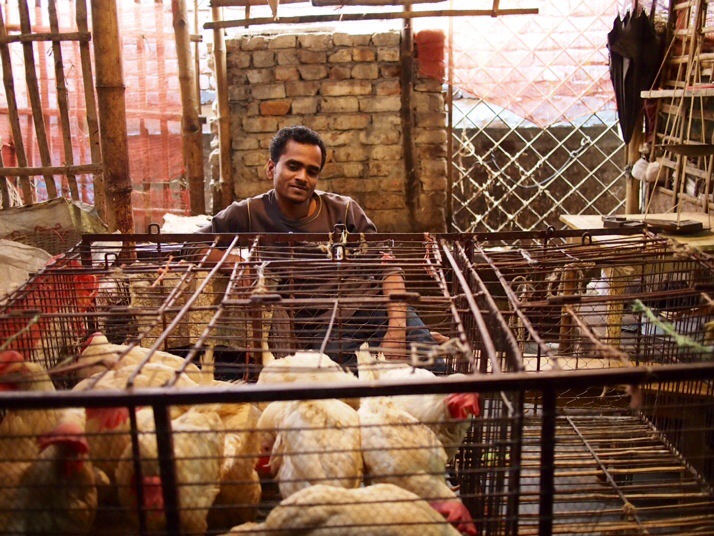 Chicken seller in the New Market, Rajshahi
Chicken seller in the New Market, Rajshahi
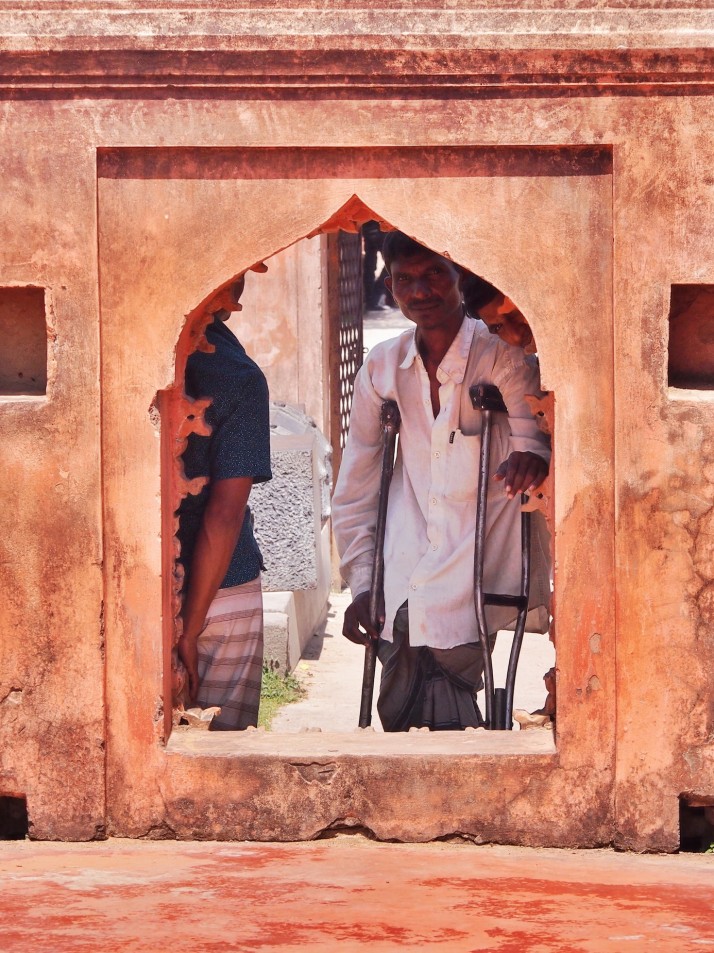 As foreigners we were curiosities wherever we went in Bangladesh, here we are being watched through a hole in a wall at Sona Masjid
As foreigners we were curiosities wherever we went in Bangladesh, here we are being watched through a hole in a wall at Sona Masjid
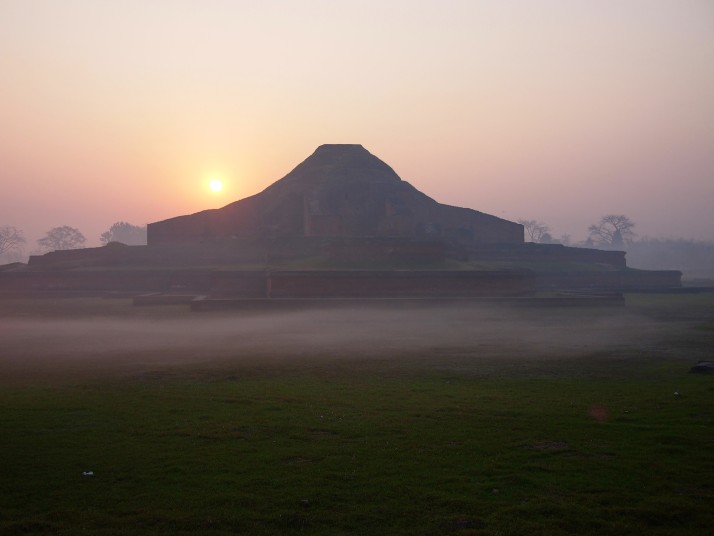 Misty sunrise behind the stupa ruins at Paharpur
Misty sunrise behind the stupa ruins at Paharpur
 A greengrocer hangs grapes from his stall in the market at Dinajpur
A greengrocer hangs grapes from his stall in the market at Dinajpur
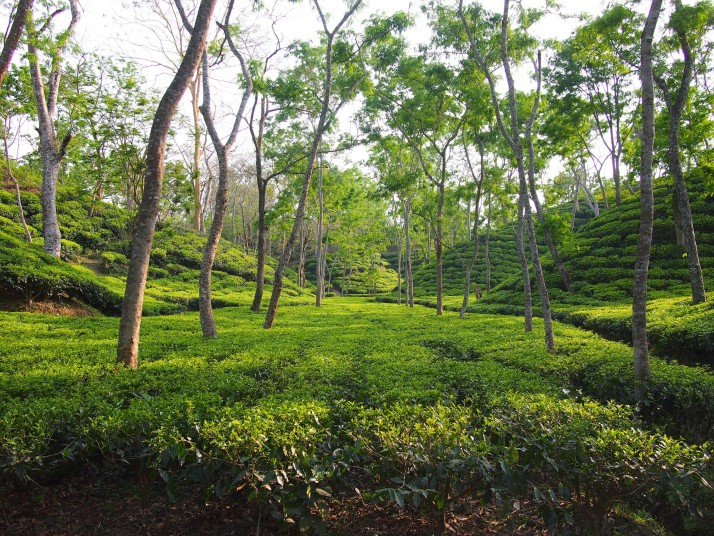 A peaceful tea plantation near Srimongol
A peaceful tea plantation near Srimongol
 Life in the waterways near Srimongol
Life in the waterways near Srimongol
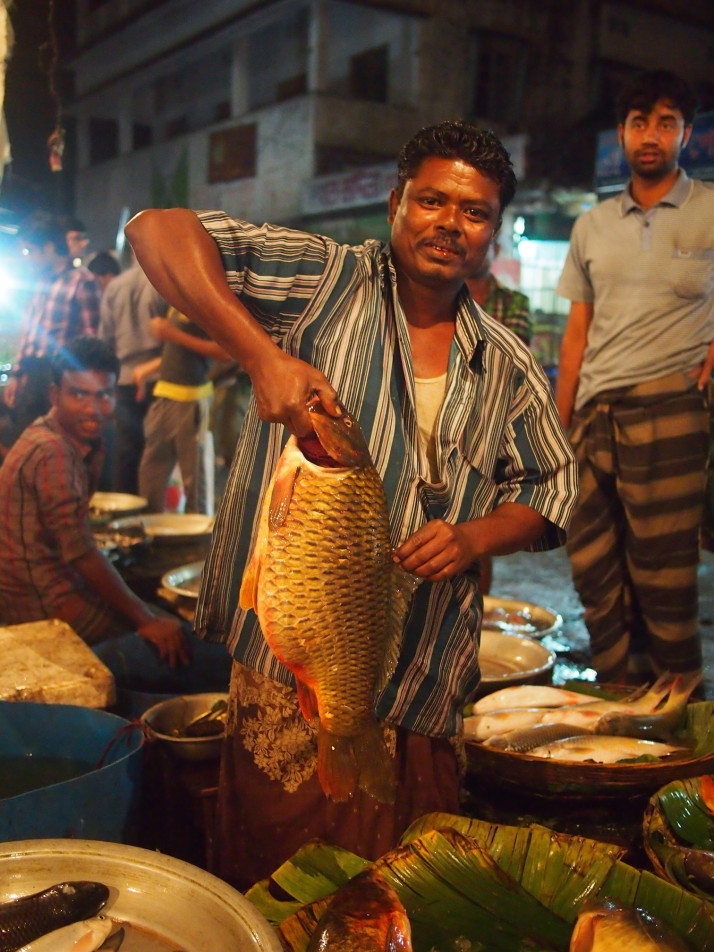 A fishmonger proudly displays his wares in Srimongol
A fishmonger proudly displays his wares in Srimongol
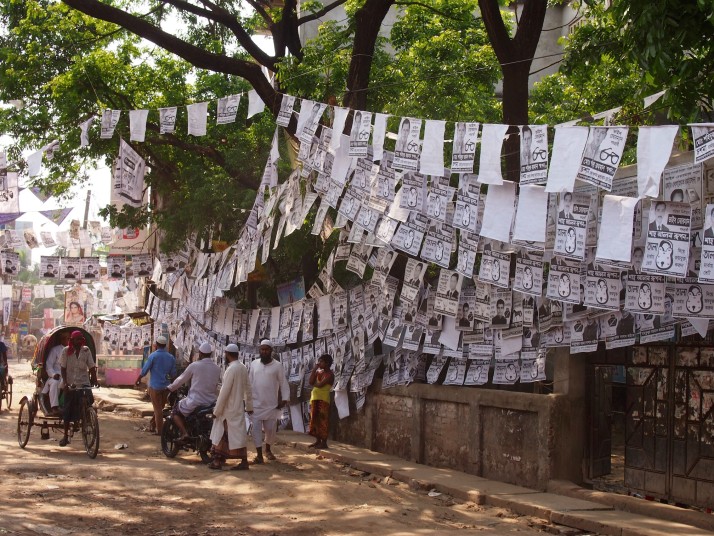 Adverts line the street on election day in Sonargaon outside Dhaka
Adverts line the street on election day in Sonargaon outside Dhaka
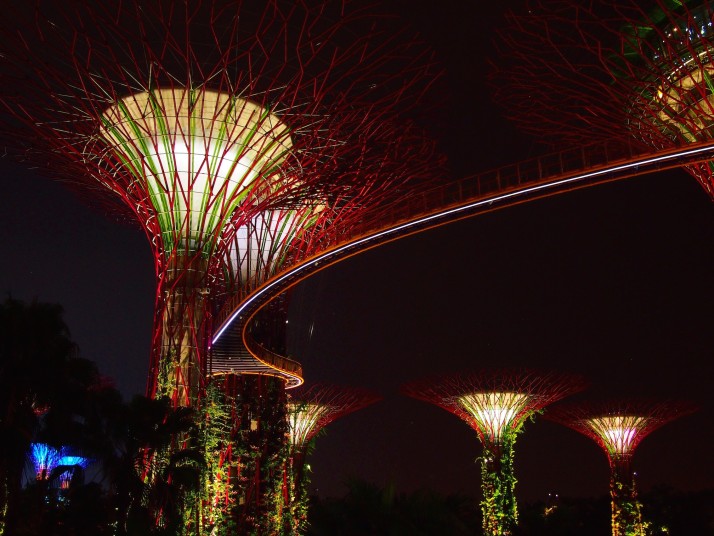 The Gardens by the Bay at Singapore Marina are dominated by the huge SuperTree structures which are lit at night
The Gardens by the Bay at Singapore Marina are dominated by the huge SuperTree structures which are lit at night
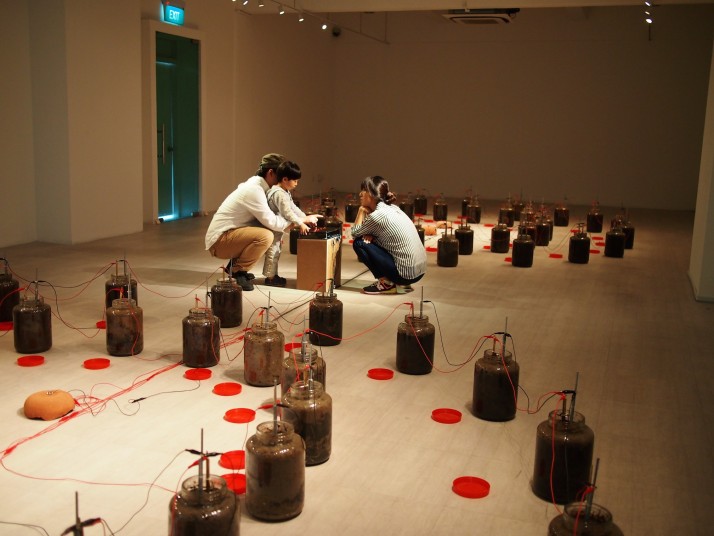 A family plays with the sound produced by pots of soil: “Sound of the Earth” by Chen Sai Hua Kuan at the Singapore Art Museum
A family plays with the sound produced by pots of soil: “Sound of the Earth” by Chen Sai Hua Kuan at the Singapore Art Museum
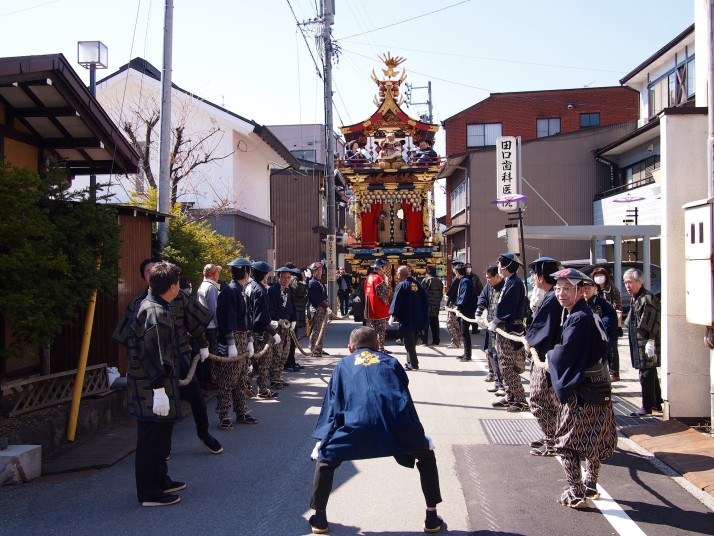 The Daikokutai team ready themselves to move their float at the Takayama Spring Float Festival
The Daikokutai team ready themselves to move their float at the Takayama Spring Float Festival
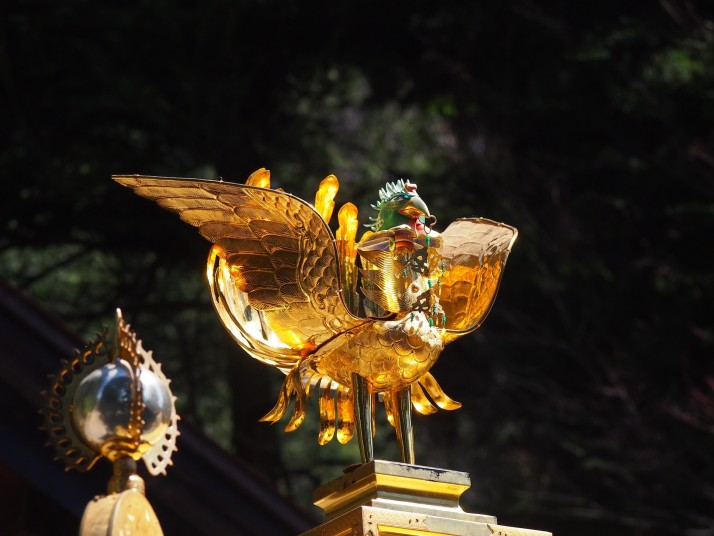 Phoenix topping a box to be carried in procession during the Takayama Spring Float Festival
Phoenix topping a box to be carried in procession during the Takayama Spring Float Festival
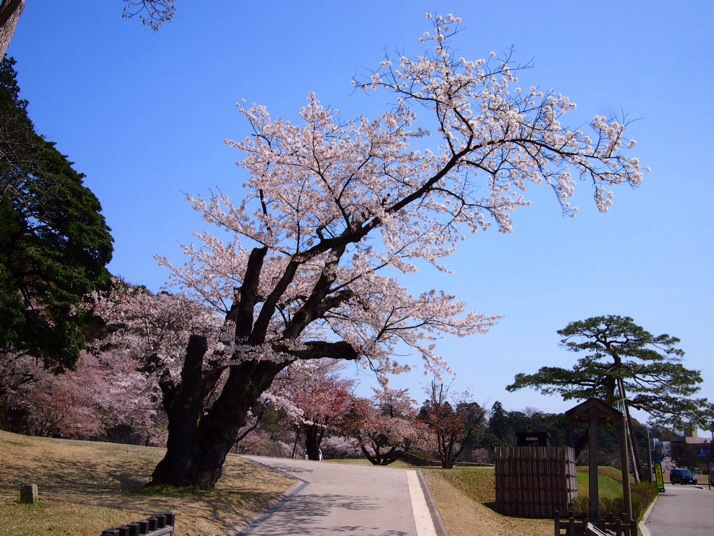 Cherry blossom in Kanazawa Castle Park
Cherry blossom in Kanazawa Castle Park
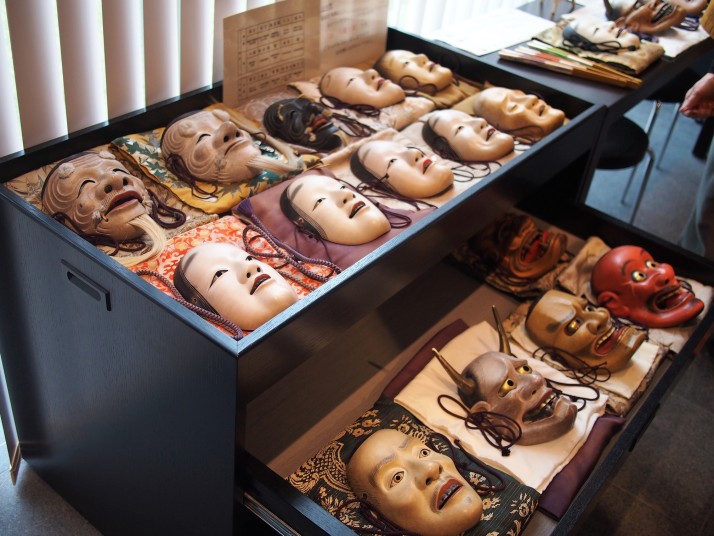 A display of masks at the Kanazawa Noh Museum
A display of masks at the Kanazawa Noh Museum
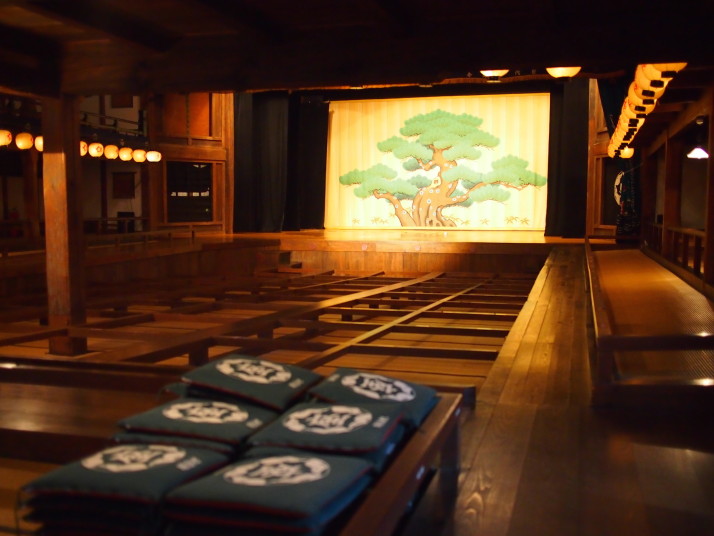 Inside the traditional Kureha-Za theatre at Museum Meiji-Mura
Inside the traditional Kureha-Za theatre at Museum Meiji-Mura
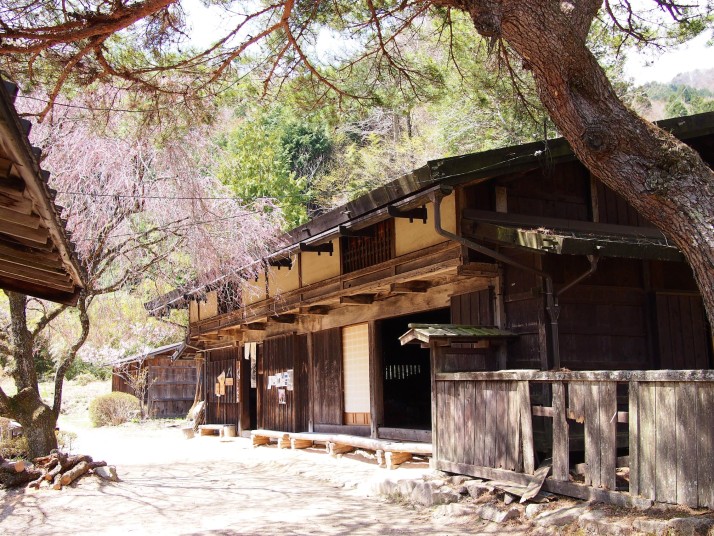 Rest house along the Nakasendo, or old post road, between Magome and Tsumago
Rest house along the Nakasendo, or old post road, between Magome and Tsumago
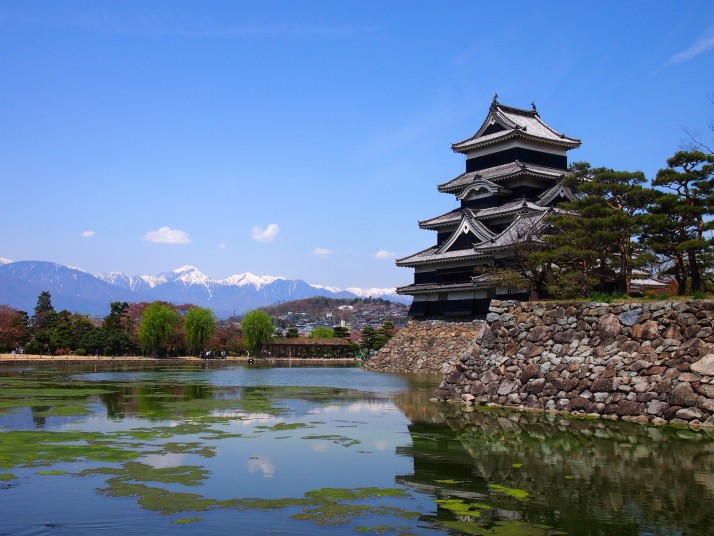 Matsumoto Castle is the oldest wooden castle in Japan
Matsumoto Castle is the oldest wooden castle in Japan
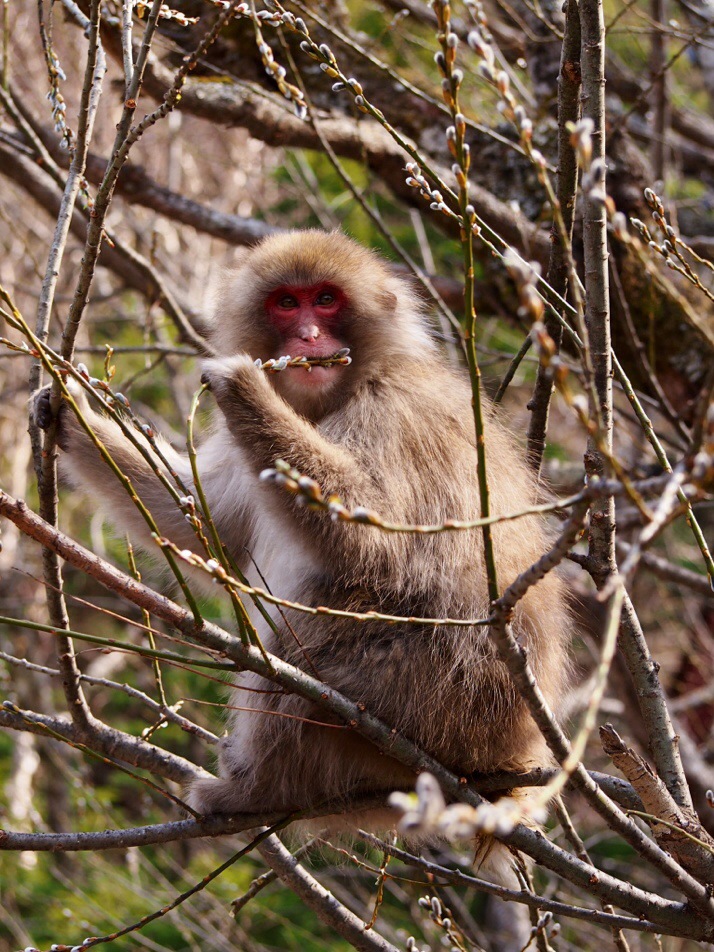 Japanese Macaque eating pussy willows at Kamikochi in the Japanese Alps. The monkeys are also known to bathe in natural hot springs
Japanese Macaque eating pussy willows at Kamikochi in the Japanese Alps. The monkeys are also known to bathe in natural hot springs
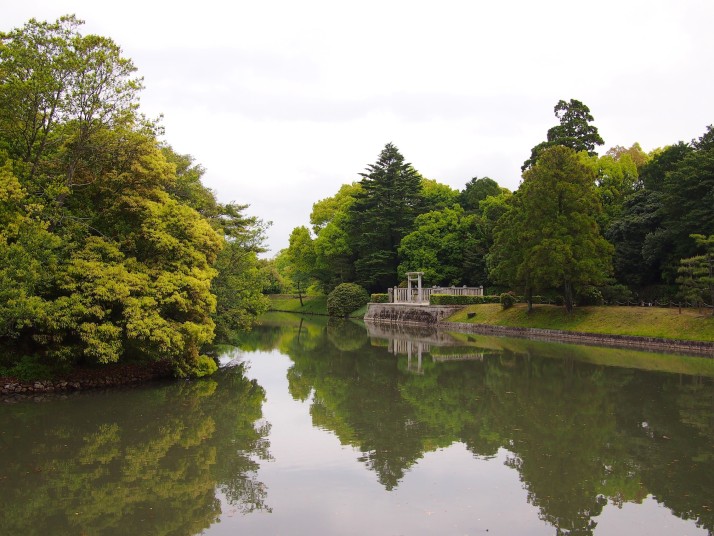 Shrine reflected in the moat of a burial mound in Nara
Shrine reflected in the moat of a burial mound in Nara
 The traditionally constructed roof of Kongobuji temple, Koyasan
The traditionally constructed roof of Kongobuji temple, Koyasan
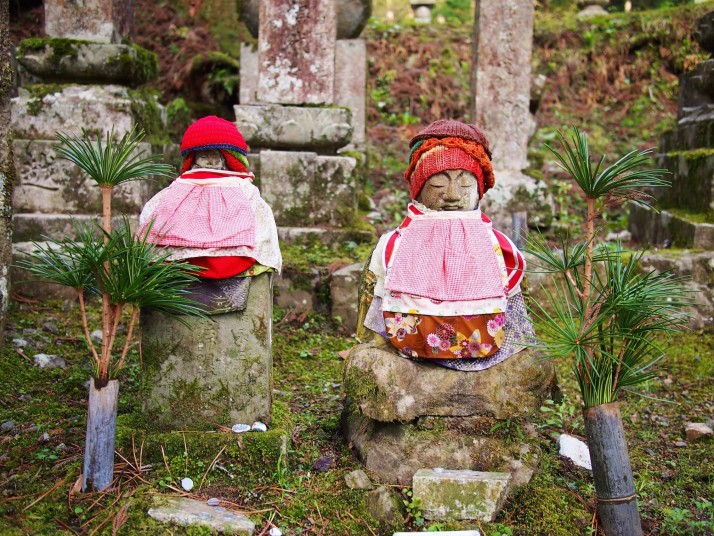 Jizos with aprons in the Okunoin Cemetery, Koyasan
Jizos with aprons in the Okunoin Cemetery, Koyasan
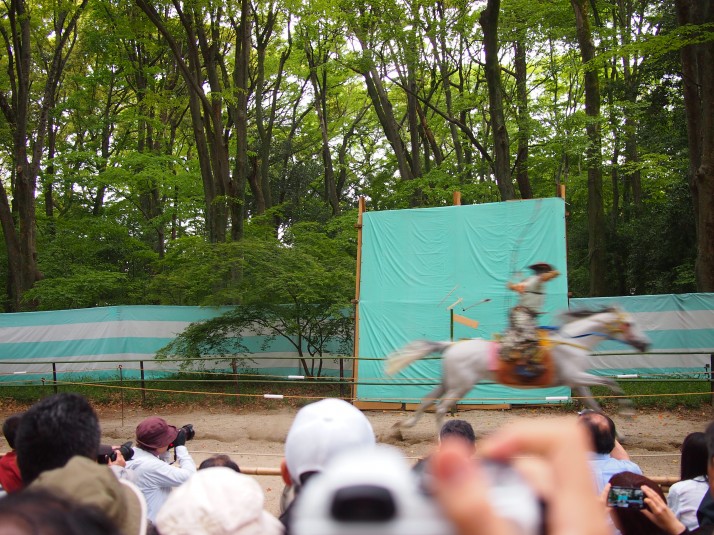 A Yabusame archer takes out the final target at full speed
A Yabusame archer takes out the final target at full speed
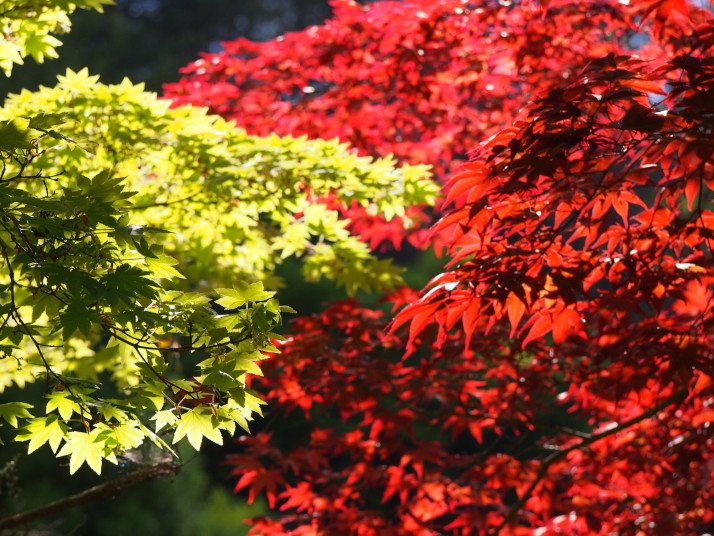 Japan was much greener than we’d expected with plenty of beautiful countryside and well tended gardens
Japan was much greener than we’d expected with plenty of beautiful countryside and well tended gardens
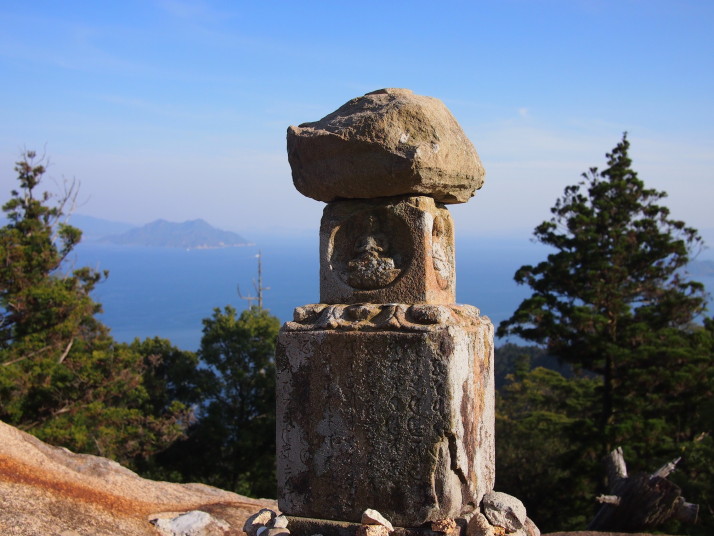 Monument on top of Mt Misen, Miyajima
Monument on top of Mt Misen, Miyajima
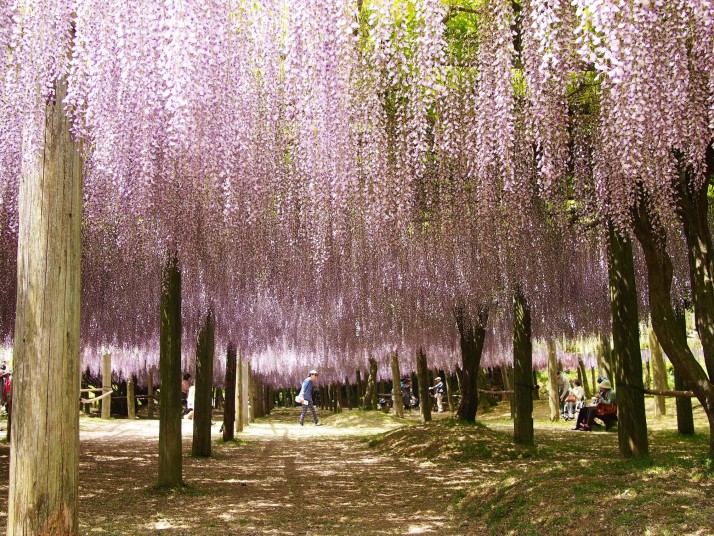 Wisteria blossoms gently waving in the breeze at Kawachi Fuji Garden
Wisteria blossoms gently waving in the breeze at Kawachi Fuji Garden
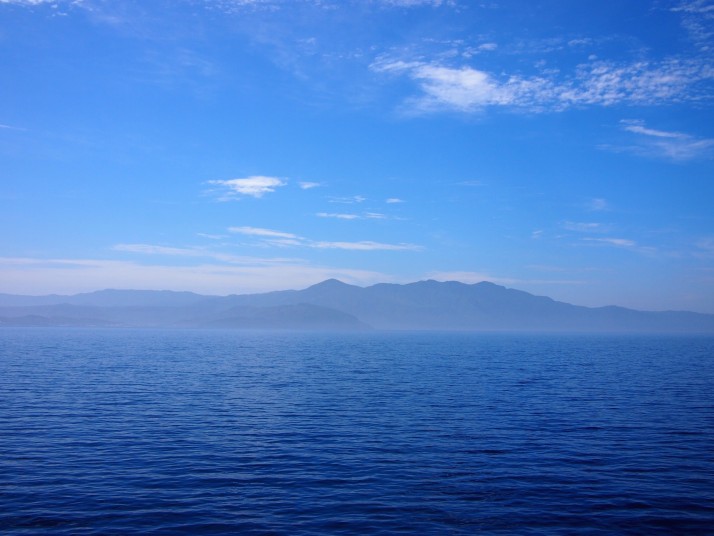 Feeling blue. Kyushu island coastline from the ferry to Yakushima
Feeling blue. Kyushu island coastline from the ferry to Yakushima
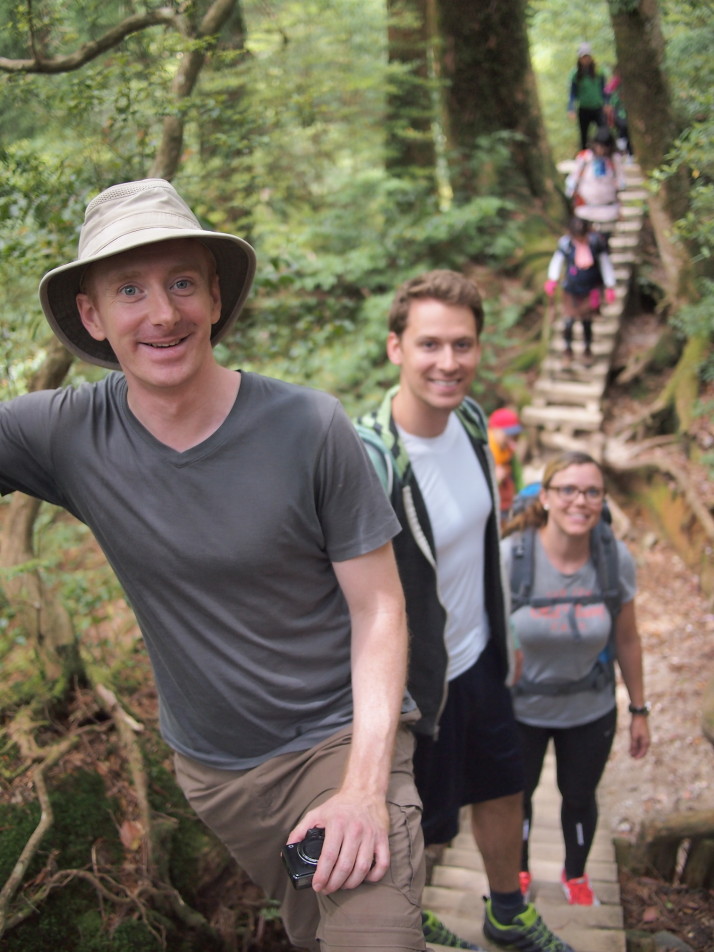 Andrew with our hostel friends and fellow hikers, Brian and Claudia, on the trail to Jomon Sugi, the largest cedar tree ever found in Japan which is estimated to be over 2000 years old
Andrew with our hostel friends and fellow hikers, Brian and Claudia, on the trail to Jomon Sugi, the largest cedar tree ever found in Japan which is estimated to be over 2000 years old
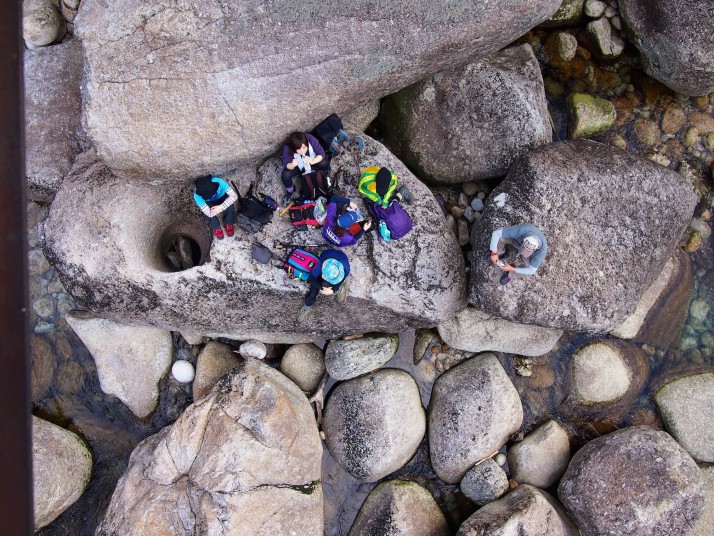 Hikers rest on the riverbed below the trail to Jomon Sugi
Hikers rest on the riverbed below the trail to Jomon Sugi
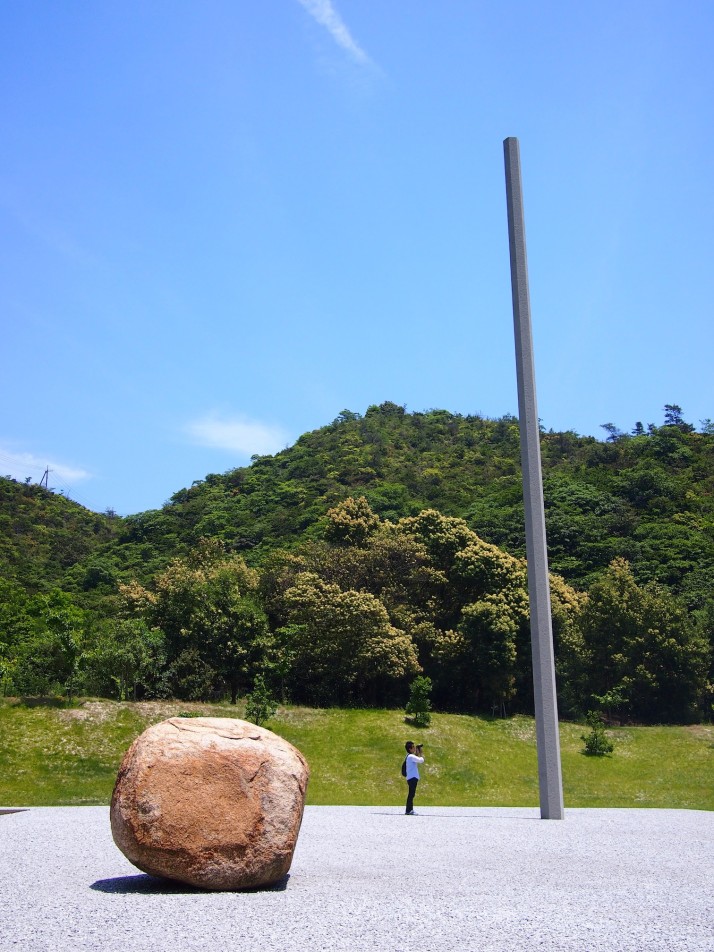 ‘Relatum-Point, Line, Plane’ by Lee Ufan stands at the entrance to his museum on Naoshima
‘Relatum-Point, Line, Plane’ by Lee Ufan stands at the entrance to his museum on Naoshima
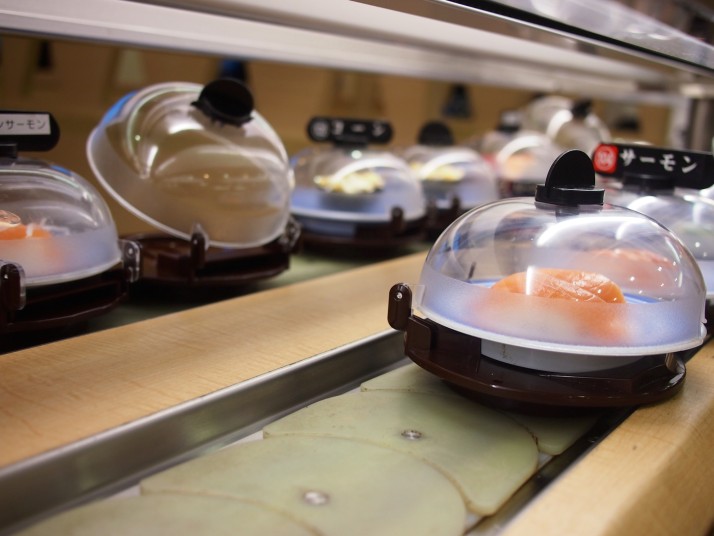 Conveyor belt sushi in Kobe, lots of fun
Conveyor belt sushi in Kobe, lots of fun
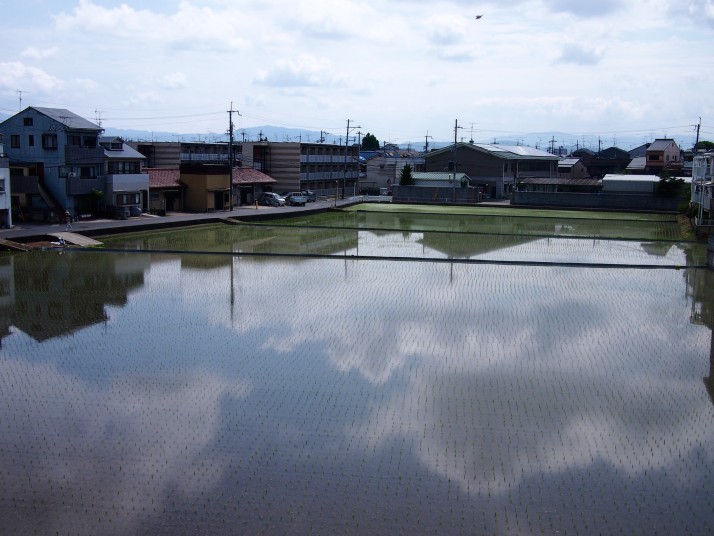 Clouds reflected in rice paddies on the outskirts of Kyoto
Clouds reflected in rice paddies on the outskirts of Kyoto
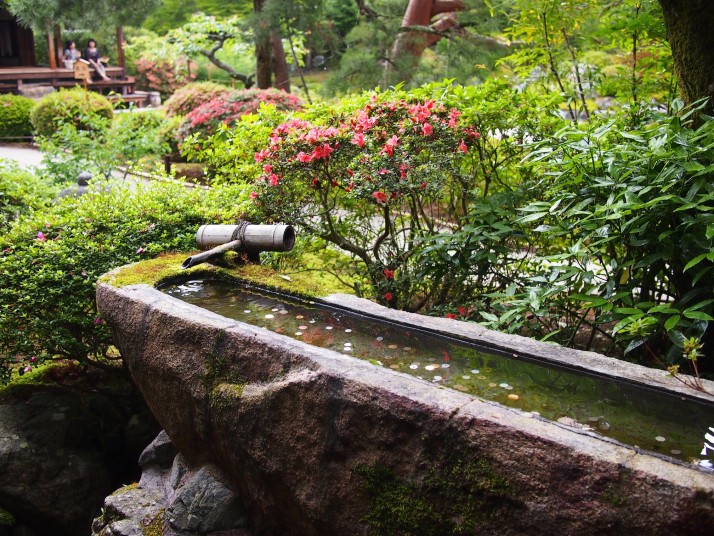 Garden at Shoren-in temple, Kyoto
Garden at Shoren-in temple, Kyoto
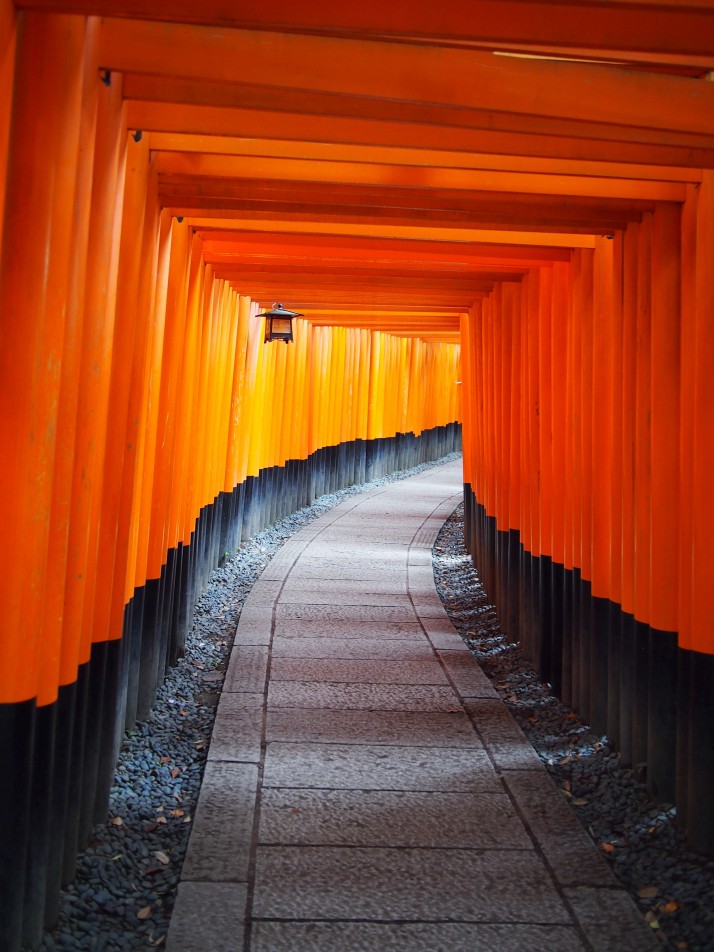 Bright red gates line the path up the mountain at Fushimi Inari Shrine, Kyoto
Bright red gates line the path up the mountain at Fushimi Inari Shrine, Kyoto
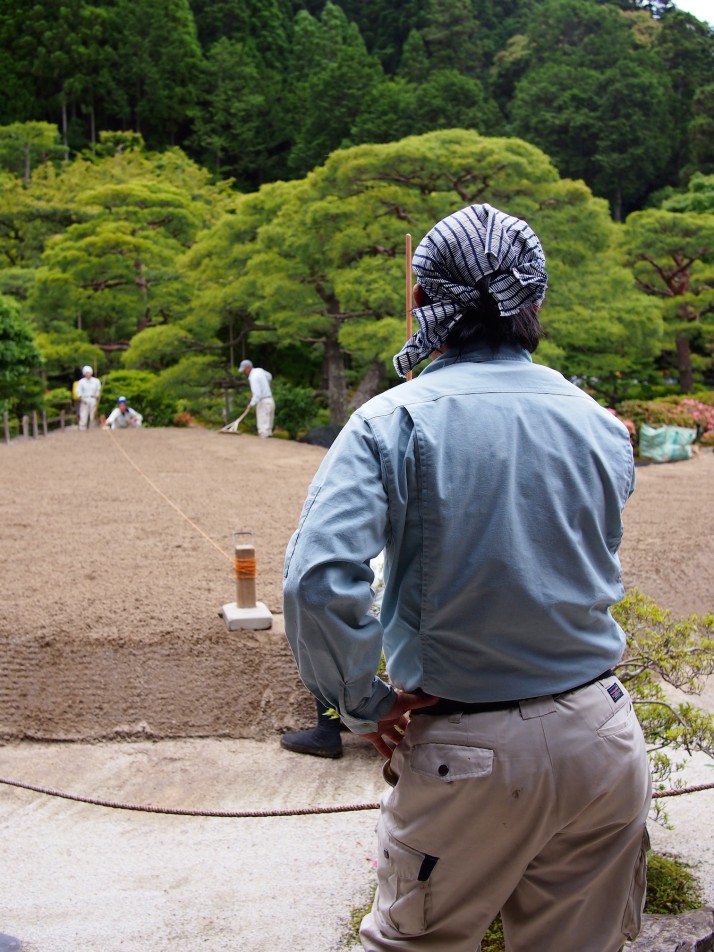 We spent a fascinated hour watching the gardeners at Ginkakuji Temple recreating the zen garden
We spent a fascinated hour watching the gardeners at Ginkakuji Temple recreating the zen garden
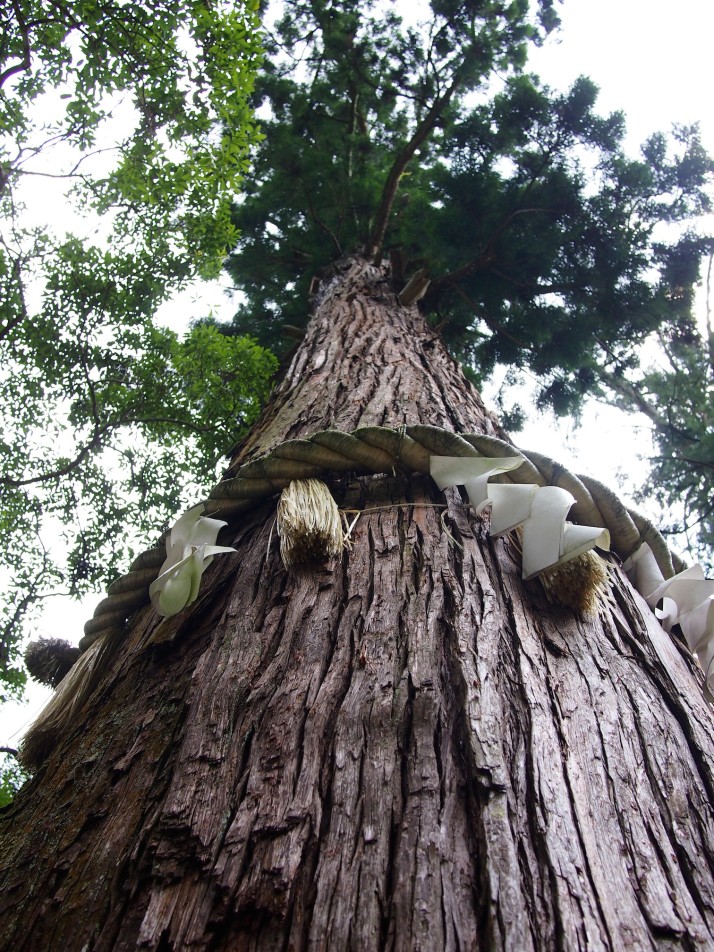 A rope encircles a Yorishiro or sacred object, in this case a tree, at Kurama-dera
A rope encircles a Yorishiro or sacred object, in this case a tree, at Kurama-dera
 Lake Saiko is one of the Five Lakes around Mt Fuji
Lake Saiko is one of the Five Lakes around Mt Fuji
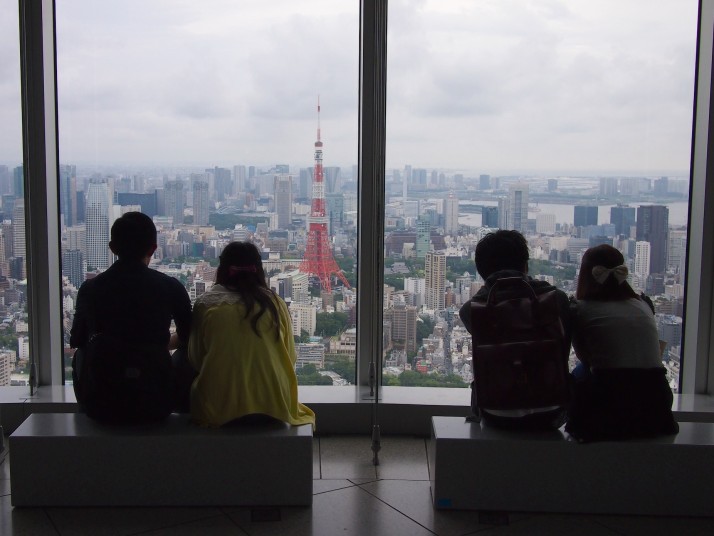 Tokyo Tower from the observation deck of the Mori Art Museum
Tokyo Tower from the observation deck of the Mori Art Museum
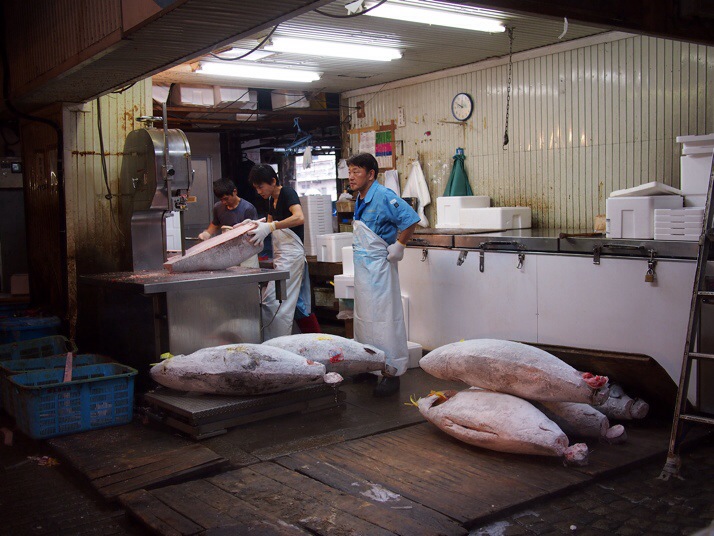 Fishmongers sawing up frozen tuna at Tsukiji Market, Tokyo
Fishmongers sawing up frozen tuna at Tsukiji Market, Tokyo
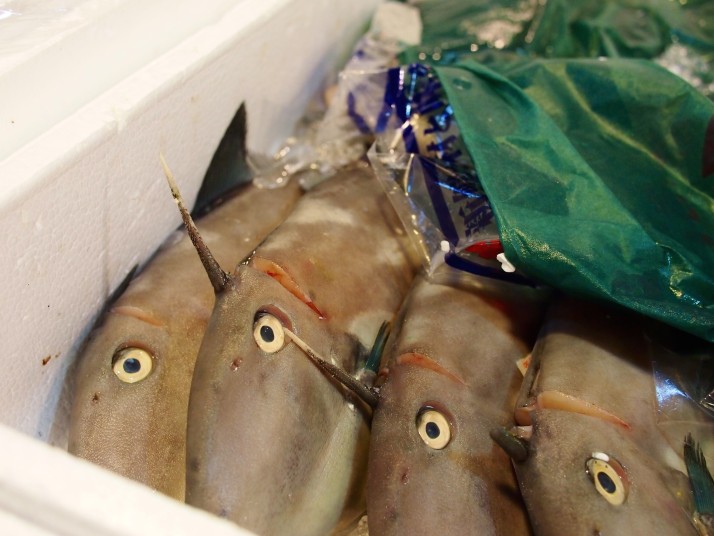 ‘Unicorn’ fish for sale at Tsukiji Market, Tokyo
‘Unicorn’ fish for sale at Tsukiji Market, Tokyo
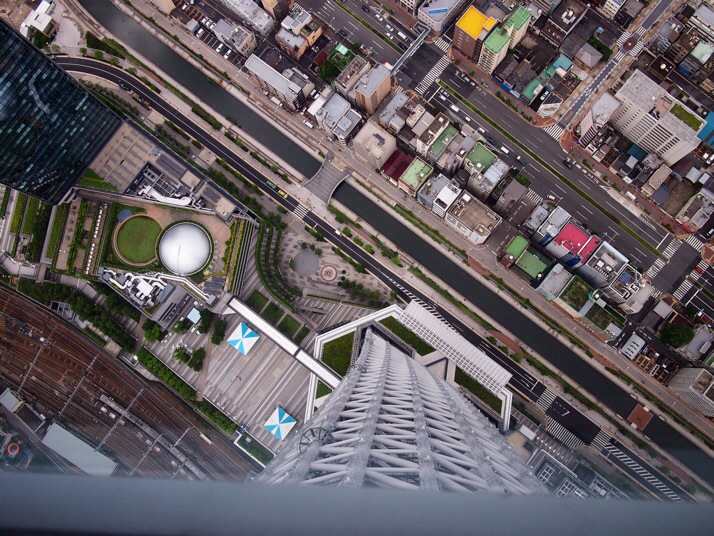 Looking 350m down from Tokyo Skytree
Looking 350m down from Tokyo Skytree
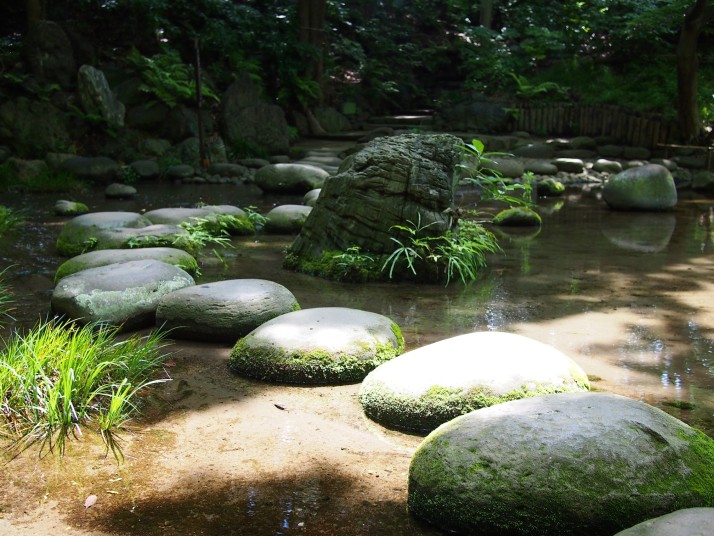 Sunlight shining across rounded stepping stones in Koshikawa Korakuen Garden in Tokyo
Sunlight shining across rounded stepping stones in Koshikawa Korakuen Garden in Tokyo
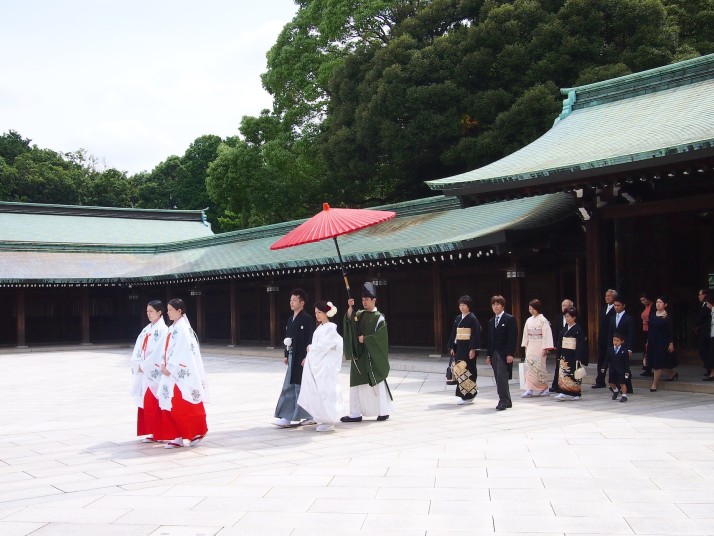 Traditional Shinto wedding procession at the Meiji Jingu Shrine in Tokyo
Traditional Shinto wedding procession at the Meiji Jingu Shrine in Tokyo
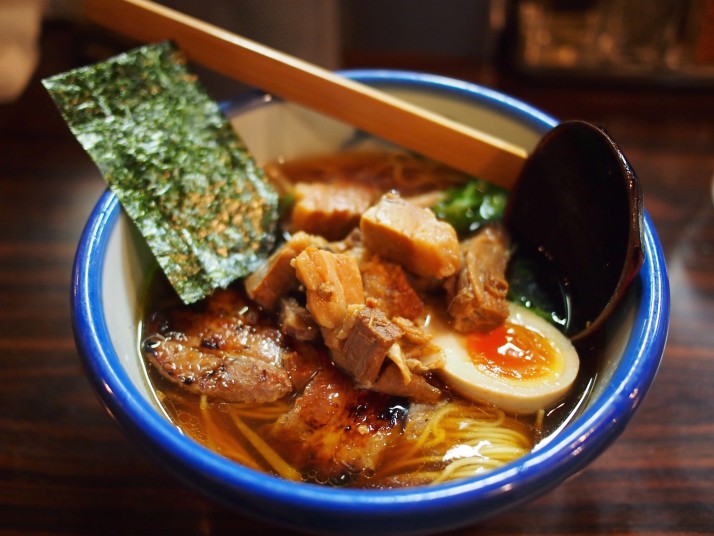 Japanese food is famed for being light and healthy, but a bowl of ramen noodles with extra braised pork is satisfyingly rich and hearty
Japanese food is famed for being light and healthy, but a bowl of ramen noodles with extra braised pork is satisfyingly rich and hearty
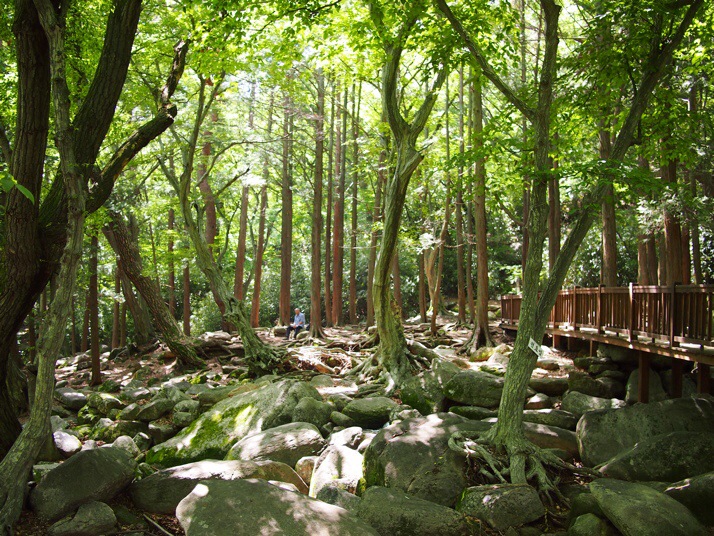 A man rests under the trees near Beomeosa temple in Busan
A man rests under the trees near Beomeosa temple in Busan
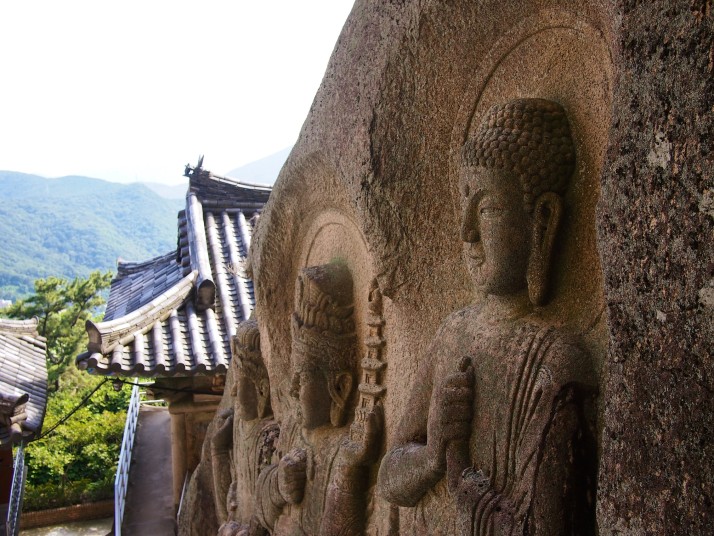 Cliffside carvings of the Buddha at Seokbulsa Temple, Busan
Cliffside carvings of the Buddha at Seokbulsa Temple, Busan
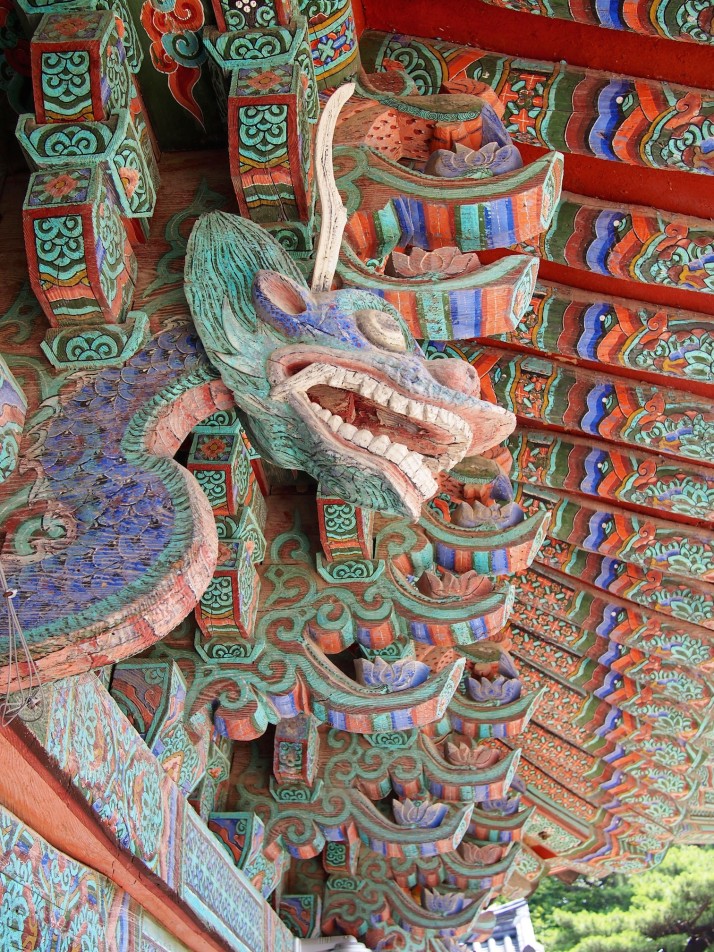 Colourful carvings in the eaves of Bulguksa Temple near Gyeongju
Colourful carvings in the eaves of Bulguksa Temple near Gyeongju
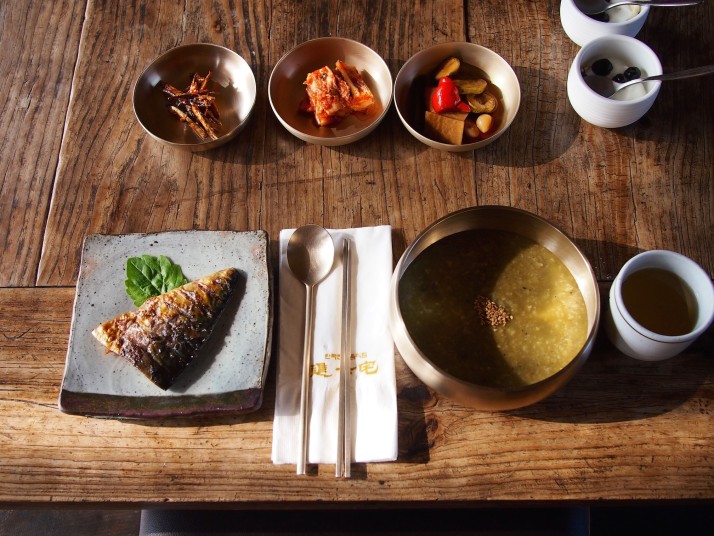 A Korean breakfast of abalone rice porridge, fish and kimchi at our guesthouse in Hahoe Folk Village
A Korean breakfast of abalone rice porridge, fish and kimchi at our guesthouse in Hahoe Folk Village
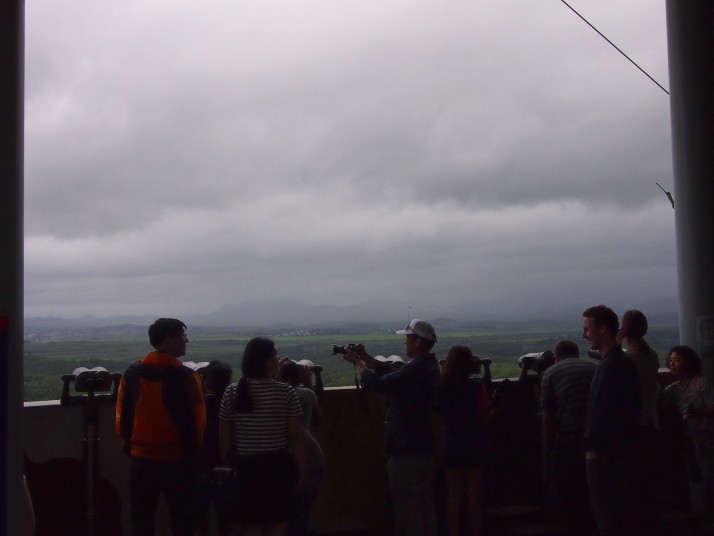 Visiting the de-militarised zone (DMZ) which divides Korea was an eerie experience after learning some of the history of the conflict
Visiting the de-militarised zone (DMZ) which divides Korea was an eerie experience after learning some of the history of the conflict
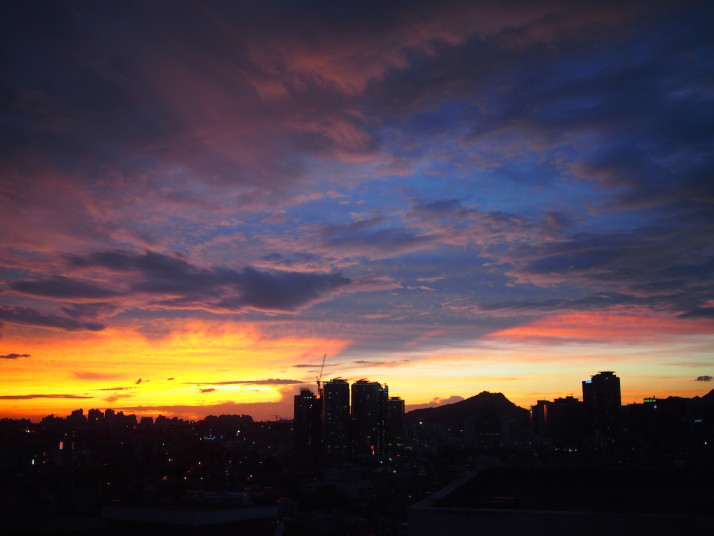 Sunset over Seoul from the edge of Namsan Park
Sunset over Seoul from the edge of Namsan Park
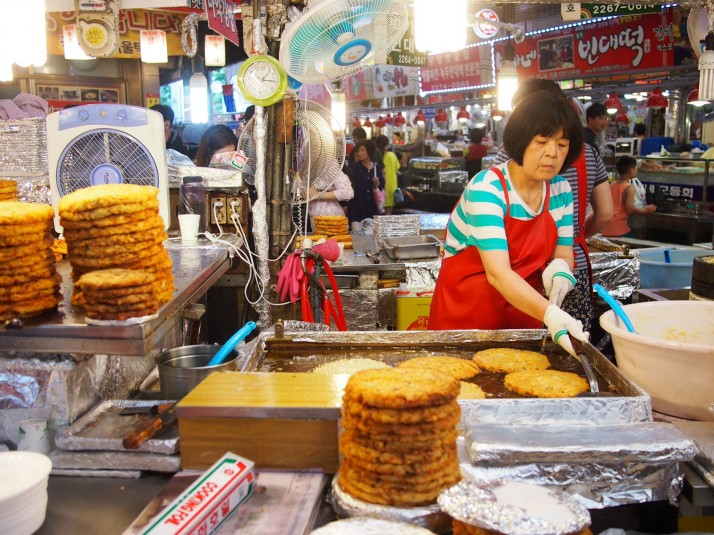 Mung bean pancake stall in Gwangjang Market, Seoul
Mung bean pancake stall in Gwangjang Market, Seoul
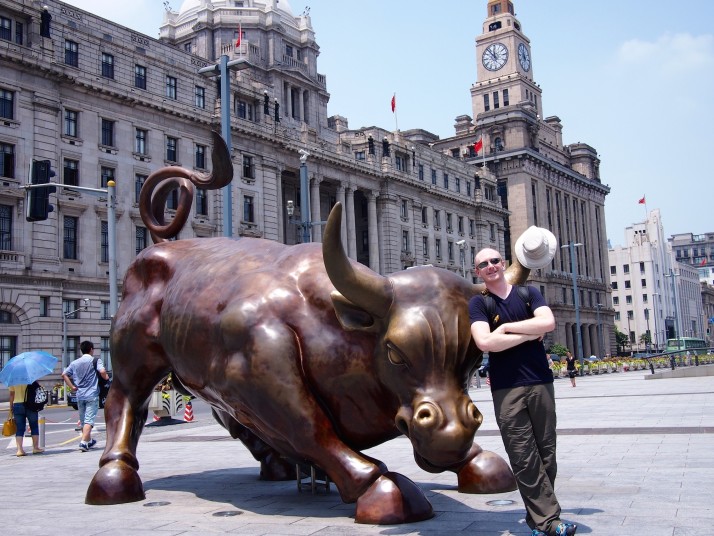 Andrew and the Bund Bull in the old banking district of Shanghai
Andrew and the Bund Bull in the old banking district of Shanghai
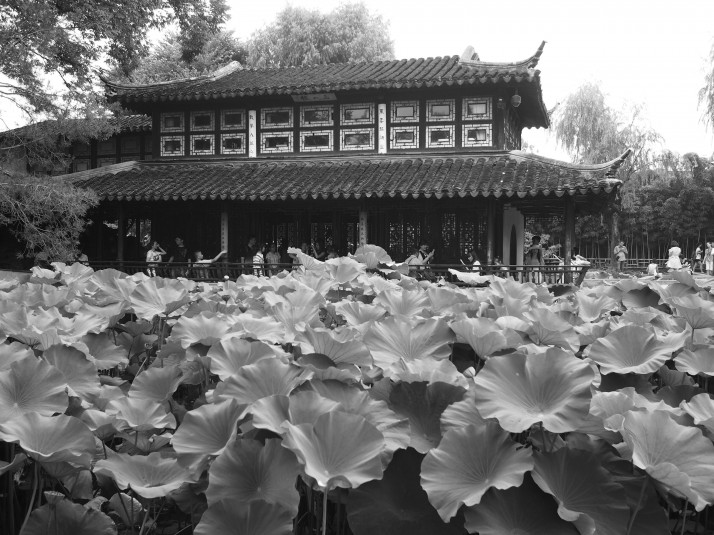 The Mountain-in-View Tower, Humble Administrator’s Garden, Suzhou
The Mountain-in-View Tower, Humble Administrator’s Garden, Suzhou
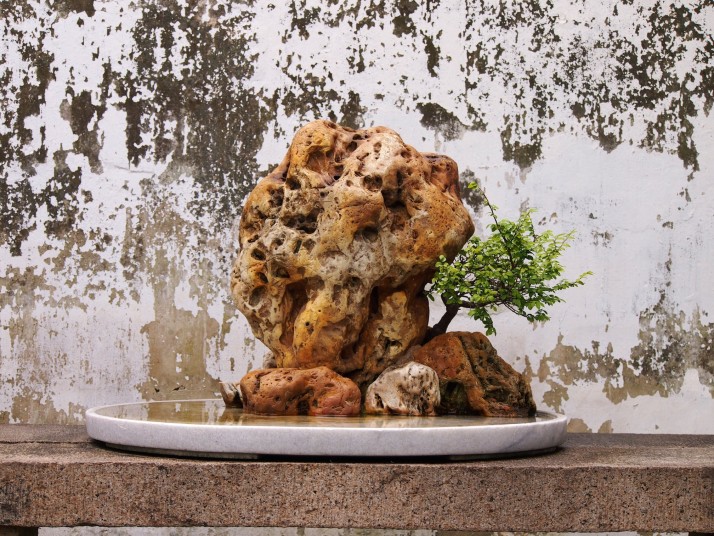 Bonsai tree, Humble Administrator’s Garden, Suzhou
Bonsai tree, Humble Administrator’s Garden, Suzhou
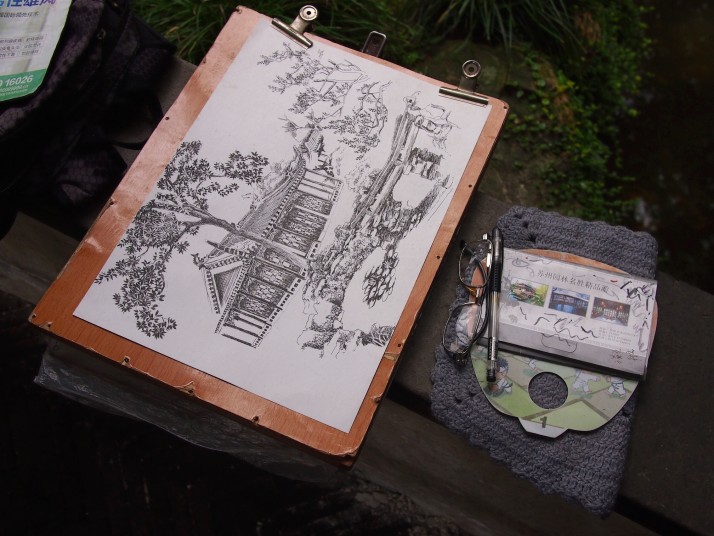 Sketchbook with a drawing of the Hall of Distant Fragrance, Humble Administrator’s Garden, Suzhou
Sketchbook with a drawing of the Hall of Distant Fragrance, Humble Administrator’s Garden, Suzhou
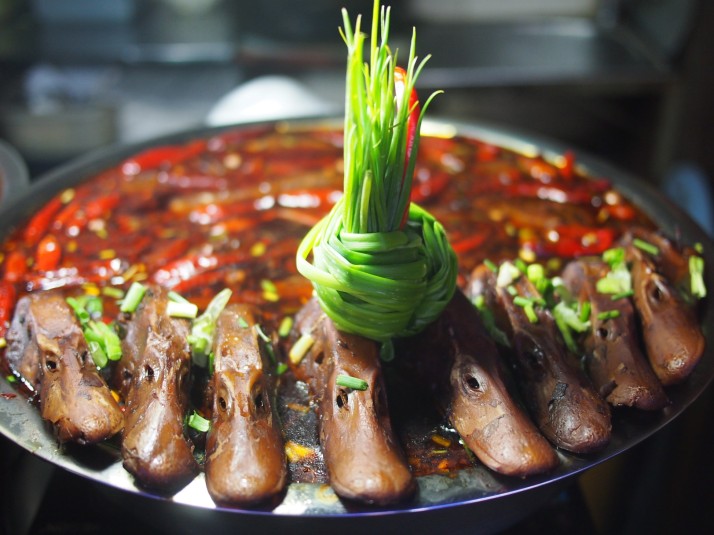 Duck heads and chillis on a street food stall in Hangzhou – no we didn’t try them…
Duck heads and chillis on a street food stall in Hangzhou – no we didn’t try them…
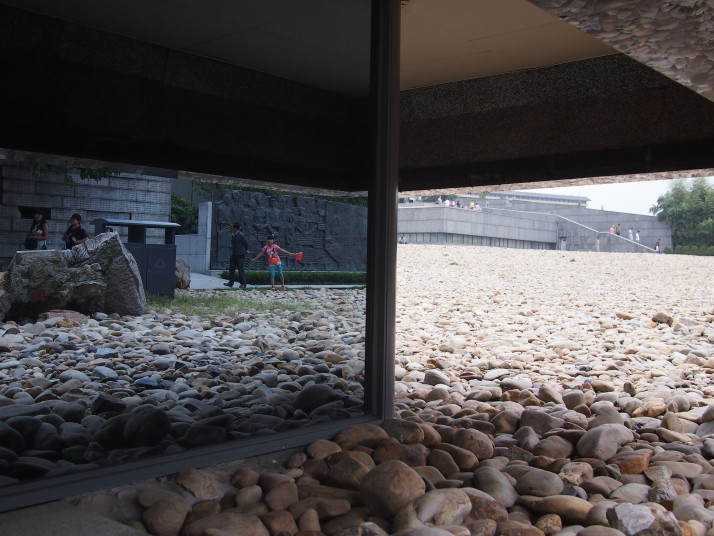 Mirrored wall in the garden of the Nanjing Massacre Memorial
Mirrored wall in the garden of the Nanjing Massacre Memorial
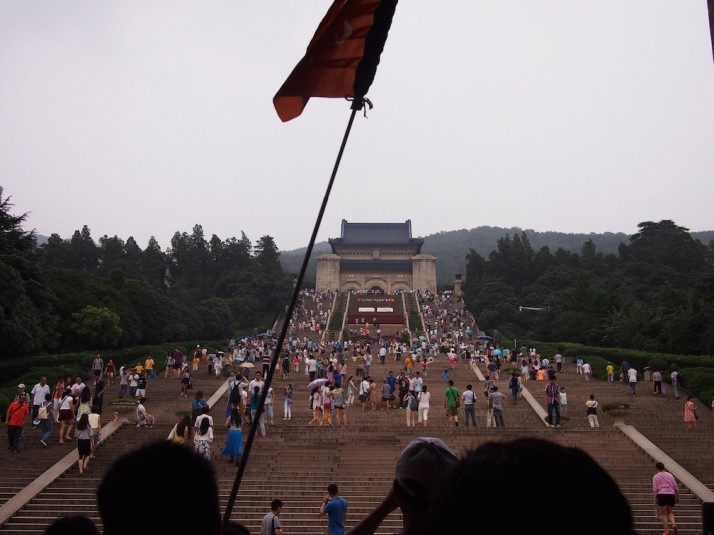 View up the stairway to Dr Sun Yat-sen’s Mausoleum near Nanjing. Considered the founding father of modern China, he’s a very popular guy
View up the stairway to Dr Sun Yat-sen’s Mausoleum near Nanjing. Considered the founding father of modern China, he’s a very popular guy
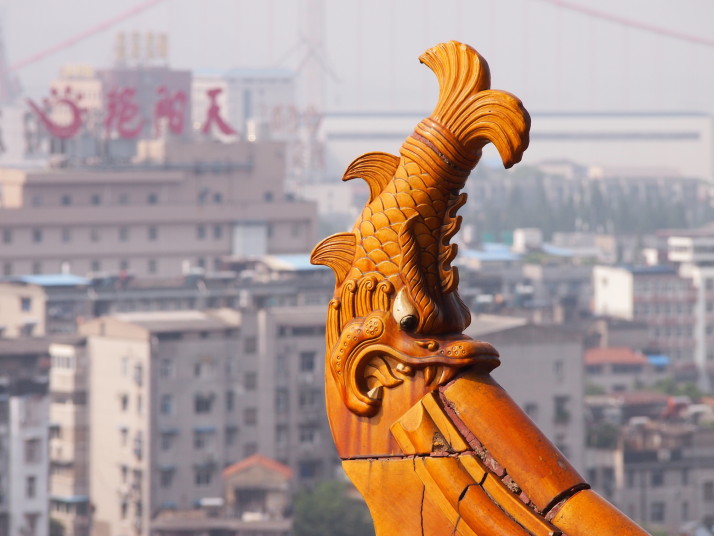 Yellow Crane Tower roof tile detail, Wuhan
Yellow Crane Tower roof tile detail, Wuhan
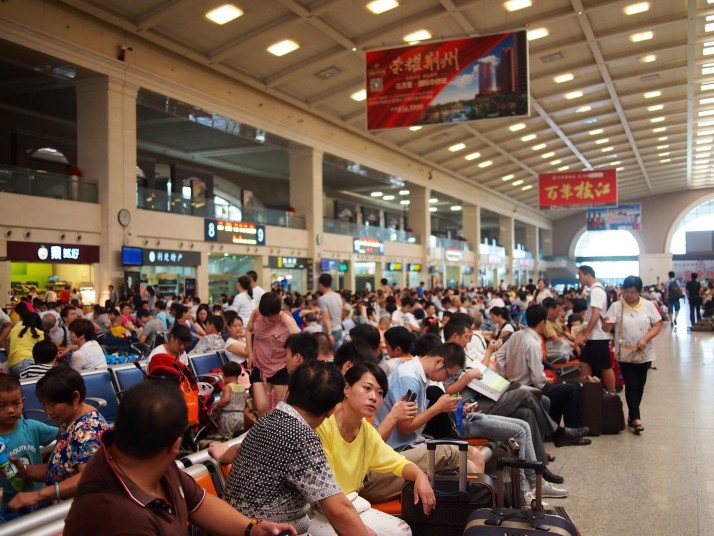 Hankou railway station waiting room. The newer stations on China’s high speed rail network look more like airports to us
Hankou railway station waiting room. The newer stations on China’s high speed rail network look more like airports to us
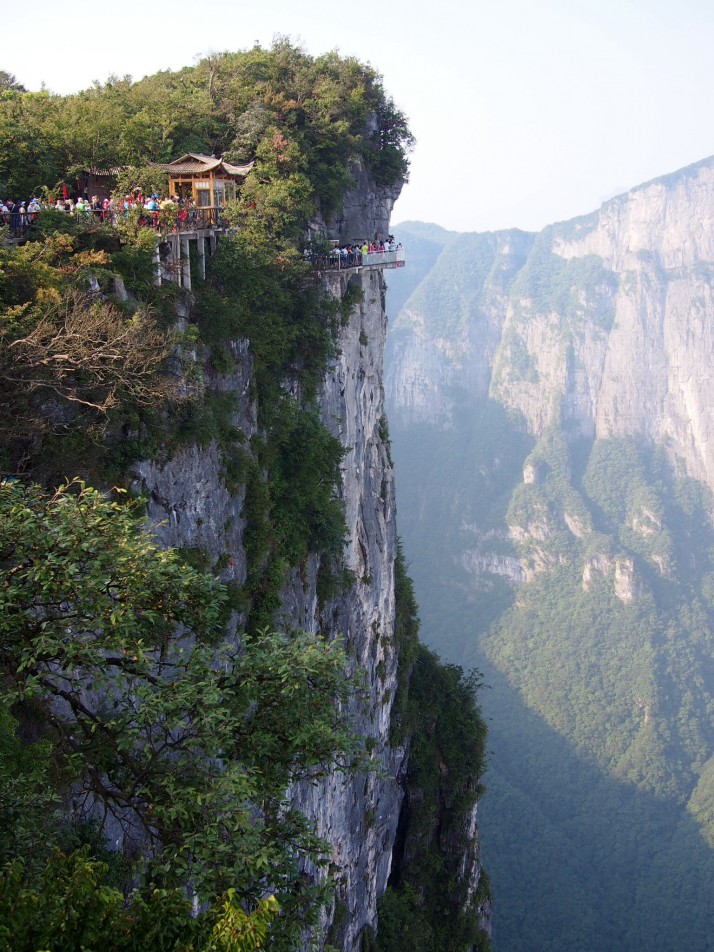 Queueing for the glass plank path on Tianmen mountain, Zhangjiajie
Queueing for the glass plank path on Tianmen mountain, Zhangjiajie
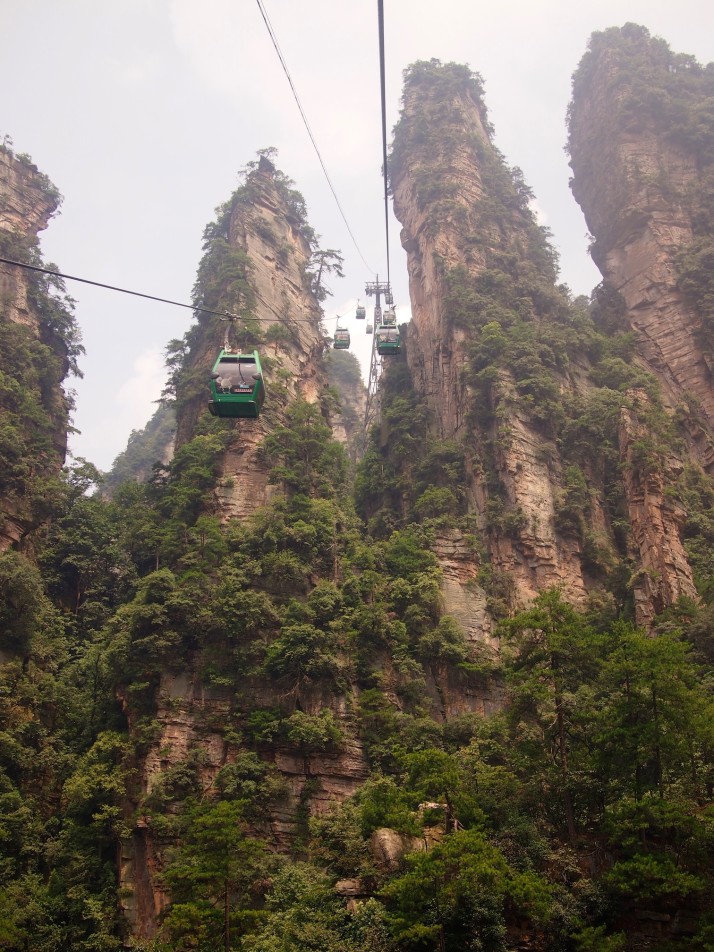 The cable car line to Huangshizhai runs between the rock pillars, Zhangjiajie National Park
The cable car line to Huangshizhai runs between the rock pillars, Zhangjiajie National Park
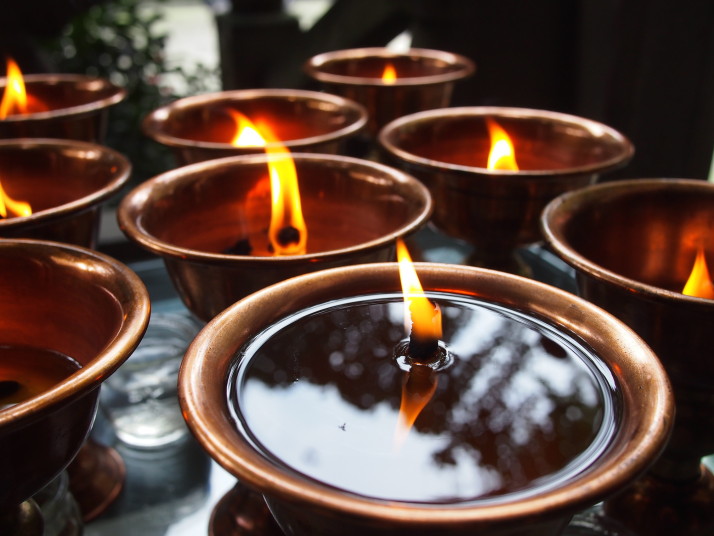 Oil lamps burning at Aidao Nunnery, Chengdu
Oil lamps burning at Aidao Nunnery, Chengdu

 two year trip
two year trip